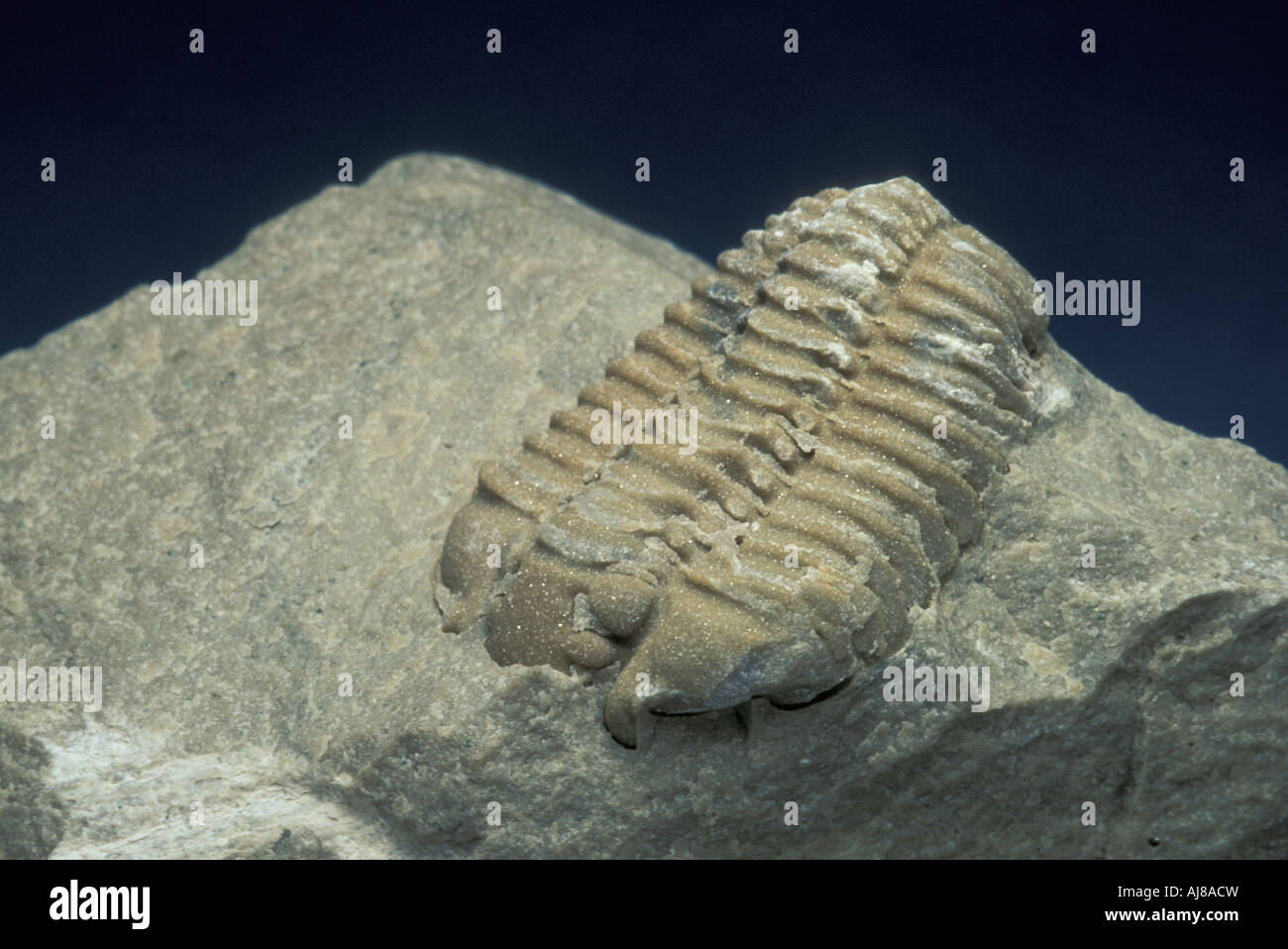Quick filters:
Devonian animals Stock Photos and Images
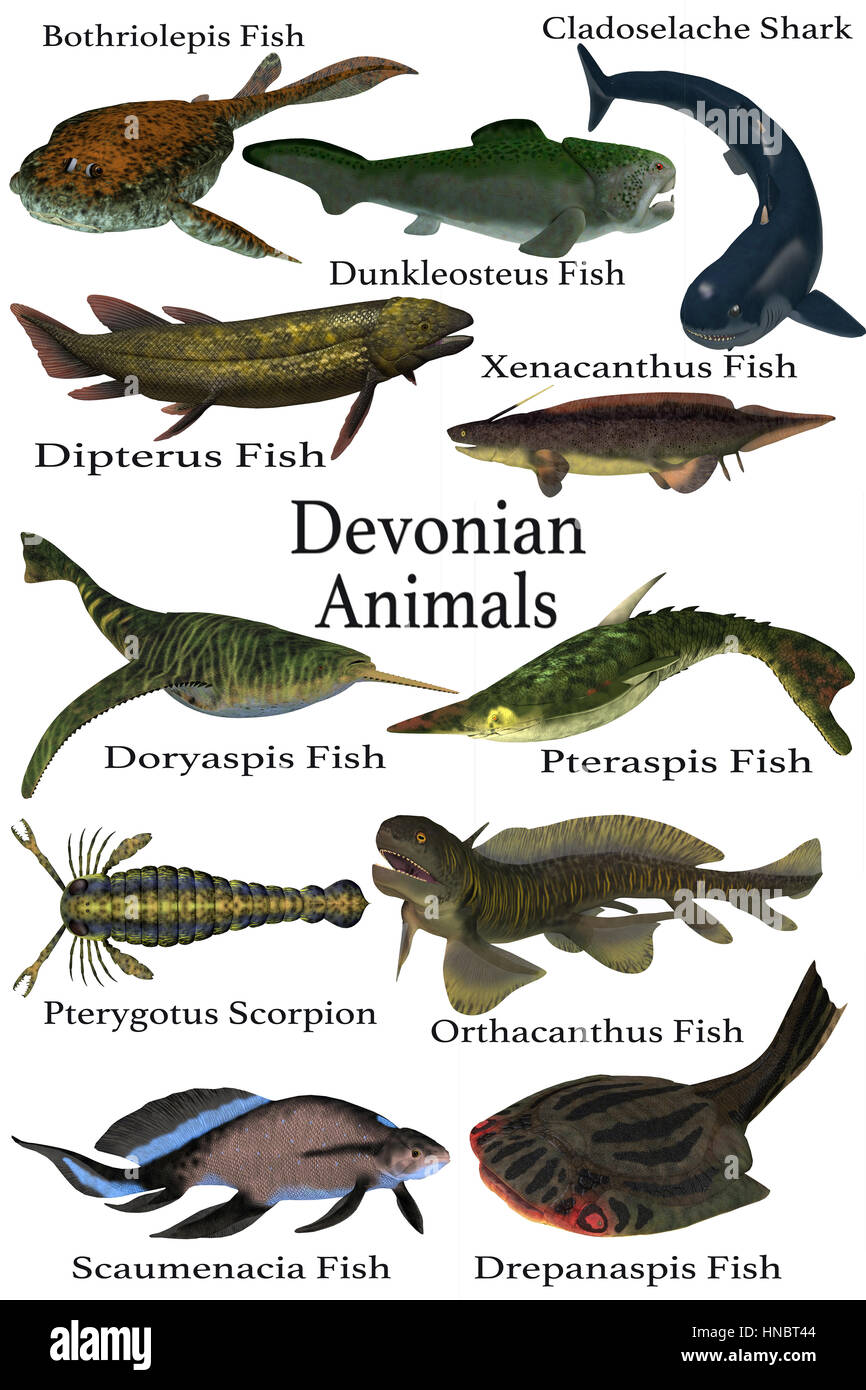 Devonian Animals - A collection of various aquatic animals that lived during the Devonian Period of Earth's history. Stock Photohttps://www.alamy.com/image-license-details/?v=1https://www.alamy.com/stock-photo-devonian-animals-a-collection-of-various-aquatic-animals-that-lived-133640756.html
Devonian Animals - A collection of various aquatic animals that lived during the Devonian Period of Earth's history. Stock Photohttps://www.alamy.com/image-license-details/?v=1https://www.alamy.com/stock-photo-devonian-animals-a-collection-of-various-aquatic-animals-that-lived-133640756.htmlRFHNBT44–Devonian Animals - A collection of various aquatic animals that lived during the Devonian Period of Earth's history.
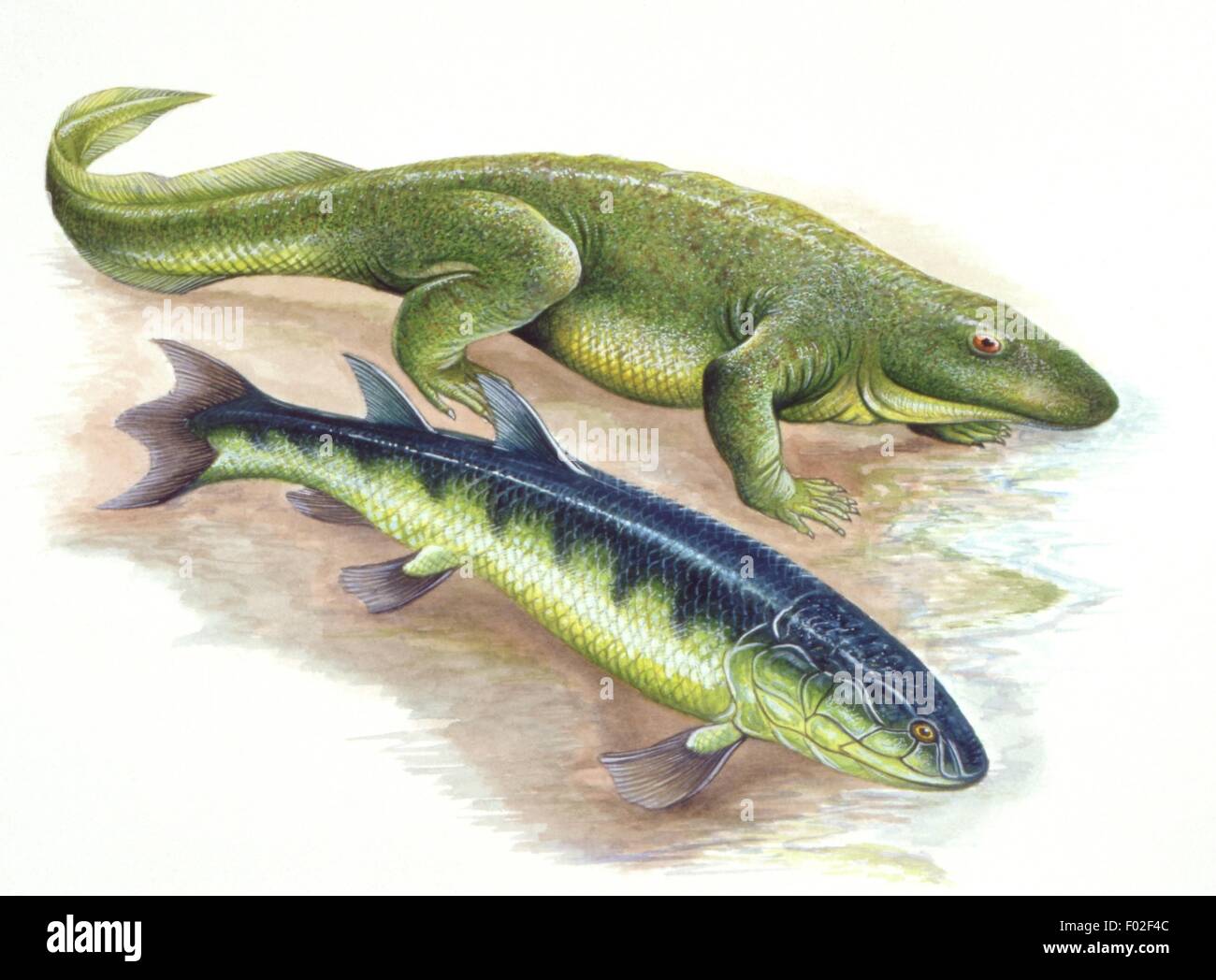 Palaeozoology - Devonian period - Tetrapods and extinct fishes - Ichthyostega e Eusthenopteron - Art work by Steve Roberts Stock Photohttps://www.alamy.com/image-license-details/?v=1https://www.alamy.com/stock-photo-palaeozoology-devonian-period-tetrapods-and-extinct-fishes-ichthyostega-86107628.html
Palaeozoology - Devonian period - Tetrapods and extinct fishes - Ichthyostega e Eusthenopteron - Art work by Steve Roberts Stock Photohttps://www.alamy.com/image-license-details/?v=1https://www.alamy.com/stock-photo-palaeozoology-devonian-period-tetrapods-and-extinct-fishes-ichthyostega-86107628.htmlRMF02F4C–Palaeozoology - Devonian period - Tetrapods and extinct fishes - Ichthyostega e Eusthenopteron - Art work by Steve Roberts
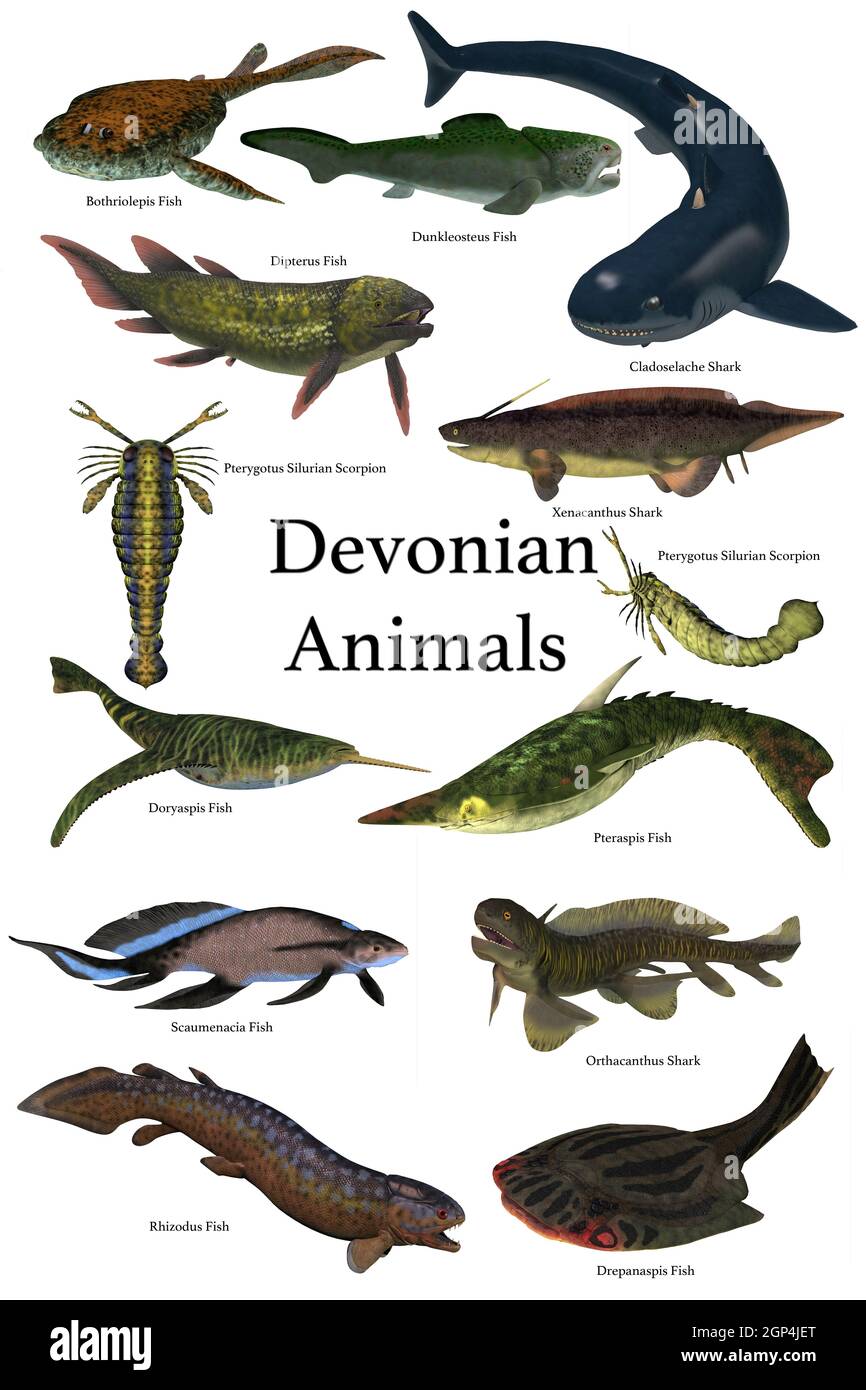 A collection of various animals and fish that lived in the Devonian Period of Earth's history. Stock Photohttps://www.alamy.com/image-license-details/?v=1https://www.alamy.com/a-collection-of-various-animals-and-fish-that-lived-in-the-devonian-period-of-earths-history-image443883968.html
A collection of various animals and fish that lived in the Devonian Period of Earth's history. Stock Photohttps://www.alamy.com/image-license-details/?v=1https://www.alamy.com/a-collection-of-various-animals-and-fish-that-lived-in-the-devonian-period-of-earths-history-image443883968.htmlRF2GP4JET–A collection of various animals and fish that lived in the Devonian Period of Earth's history.
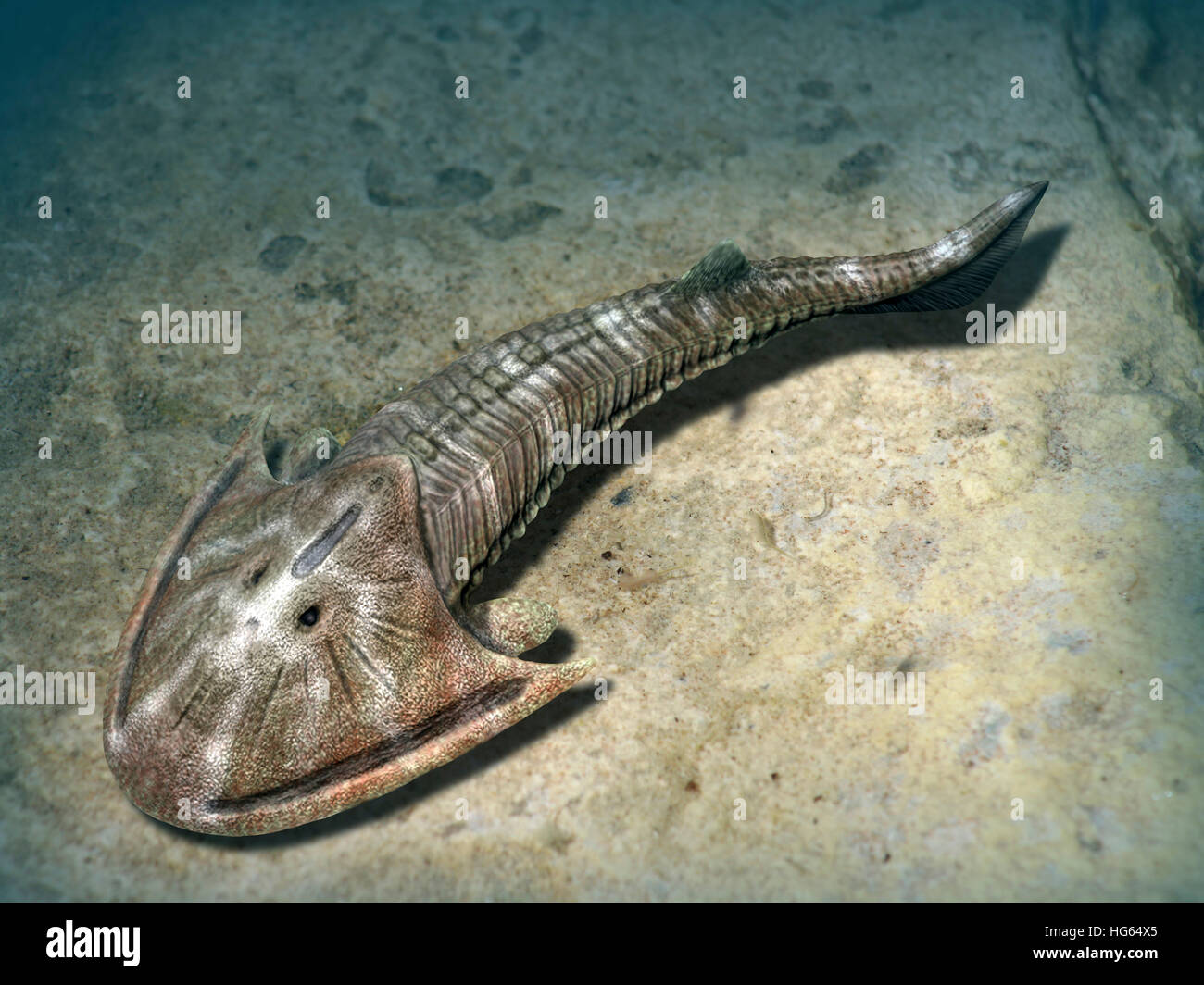 Cephalaspis lyelli jawless fish from the Early Devonian of Scotland Stock Photohttps://www.alamy.com/image-license-details/?v=1https://www.alamy.com/stock-photo-cephalaspis-lyelli-jawless-fish-from-the-early-devonian-of-scotland-130442653.html
Cephalaspis lyelli jawless fish from the Early Devonian of Scotland Stock Photohttps://www.alamy.com/image-license-details/?v=1https://www.alamy.com/stock-photo-cephalaspis-lyelli-jawless-fish-from-the-early-devonian-of-scotland-130442653.htmlRFHG64X5–Cephalaspis lyelli jawless fish from the Early Devonian of Scotland
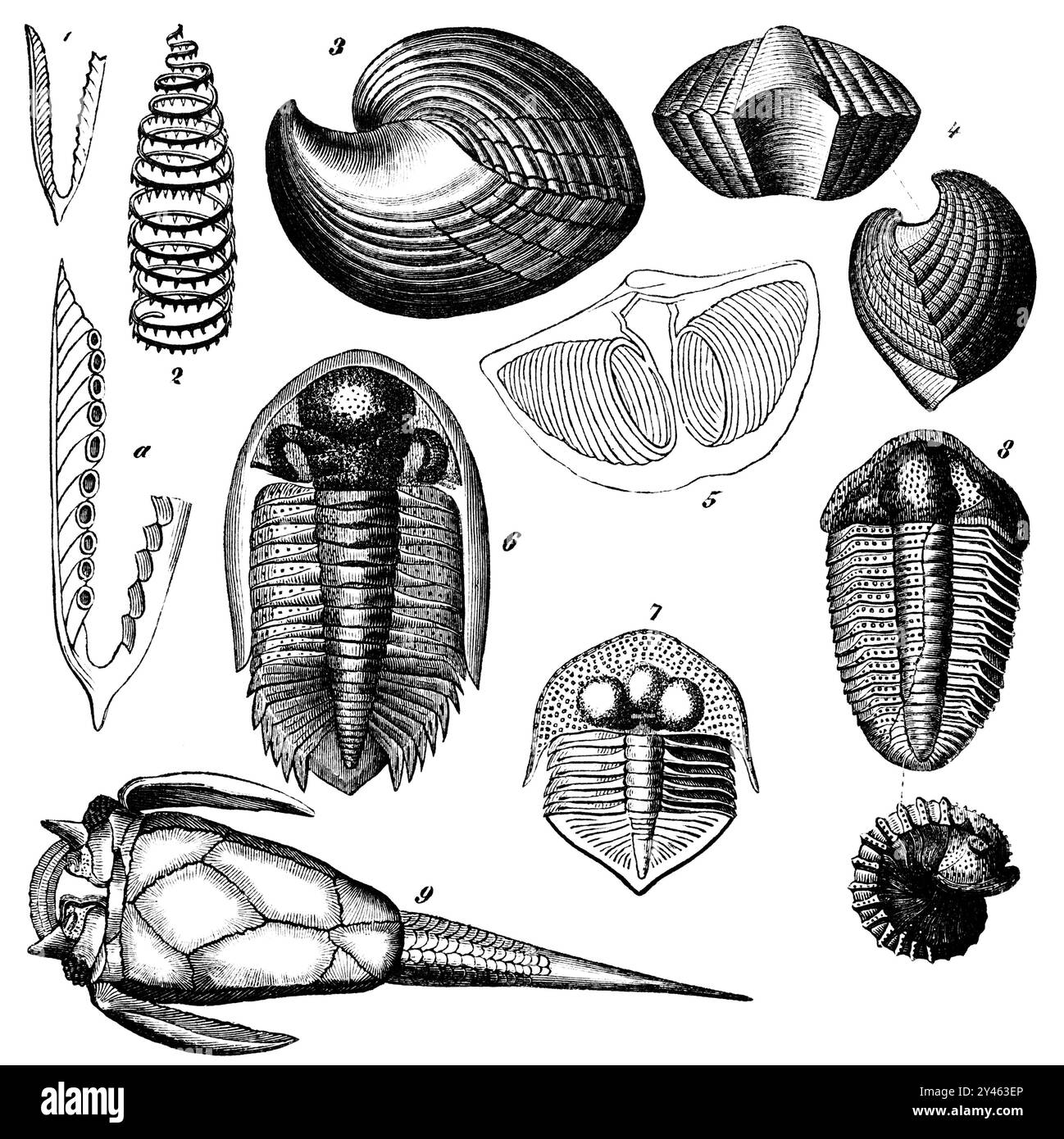 Petrified animals found in the Silurian and Devonian System, found in the layers of earth Stock Photohttps://www.alamy.com/image-license-details/?v=1https://www.alamy.com/petrified-animals-found-in-the-silurian-and-devonian-system-found-in-the-layers-of-earth-image622166350.html
Petrified animals found in the Silurian and Devonian System, found in the layers of earth Stock Photohttps://www.alamy.com/image-license-details/?v=1https://www.alamy.com/petrified-animals-found-in-the-silurian-and-devonian-system-found-in-the-layers-of-earth-image622166350.htmlRM2Y463EP–Petrified animals found in the Silurian and Devonian System, found in the layers of earth
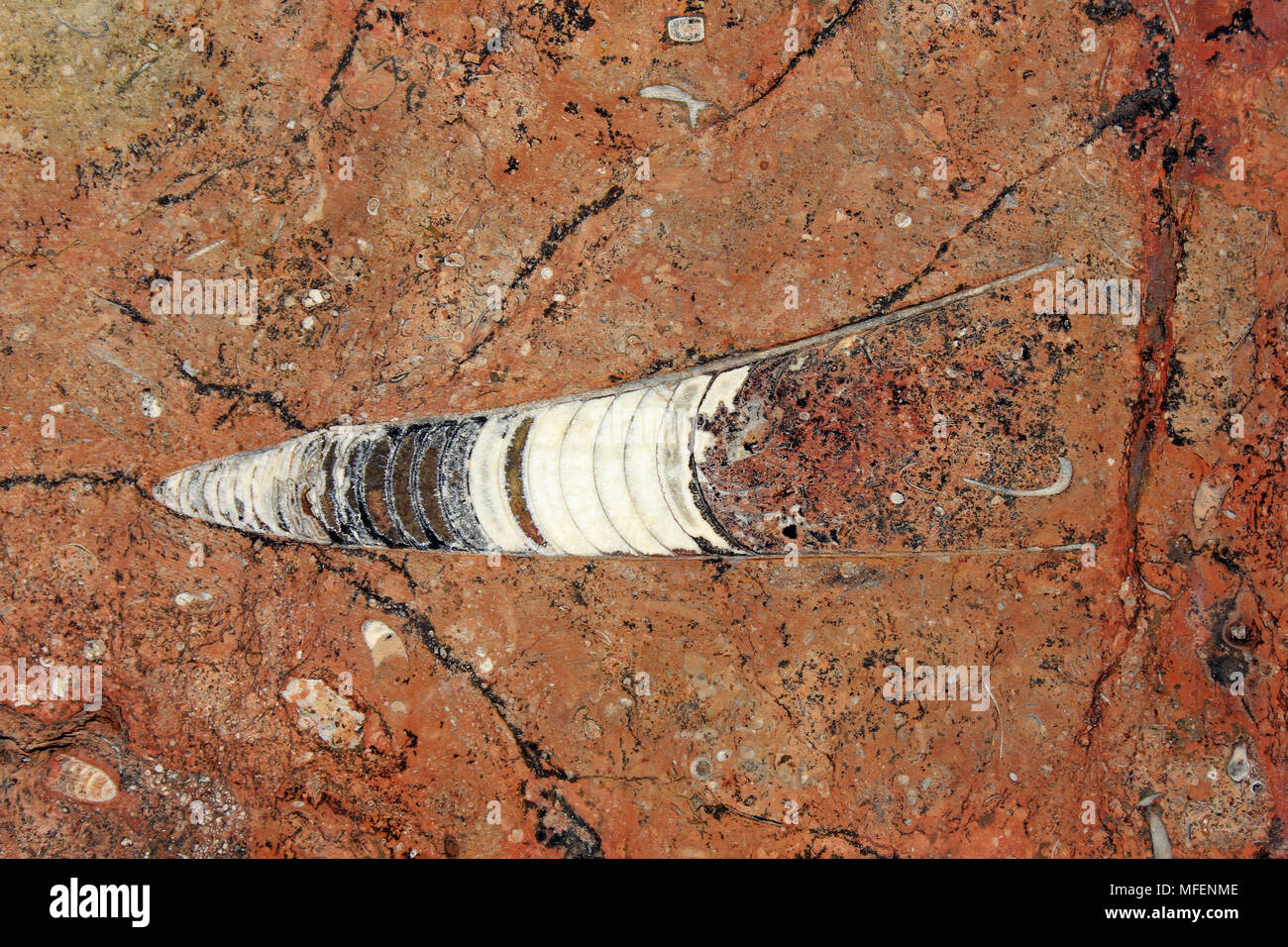 Geisonoceras (Orthoceras) Fossil, Devonian, Morocco Stock Photohttps://www.alamy.com/image-license-details/?v=1https://www.alamy.com/geisonoceras-orthoceras-fossil-devonian-morocco-image181647886.html
Geisonoceras (Orthoceras) Fossil, Devonian, Morocco Stock Photohttps://www.alamy.com/image-license-details/?v=1https://www.alamy.com/geisonoceras-orthoceras-fossil-devonian-morocco-image181647886.htmlRMMFENME–Geisonoceras (Orthoceras) Fossil, Devonian, Morocco
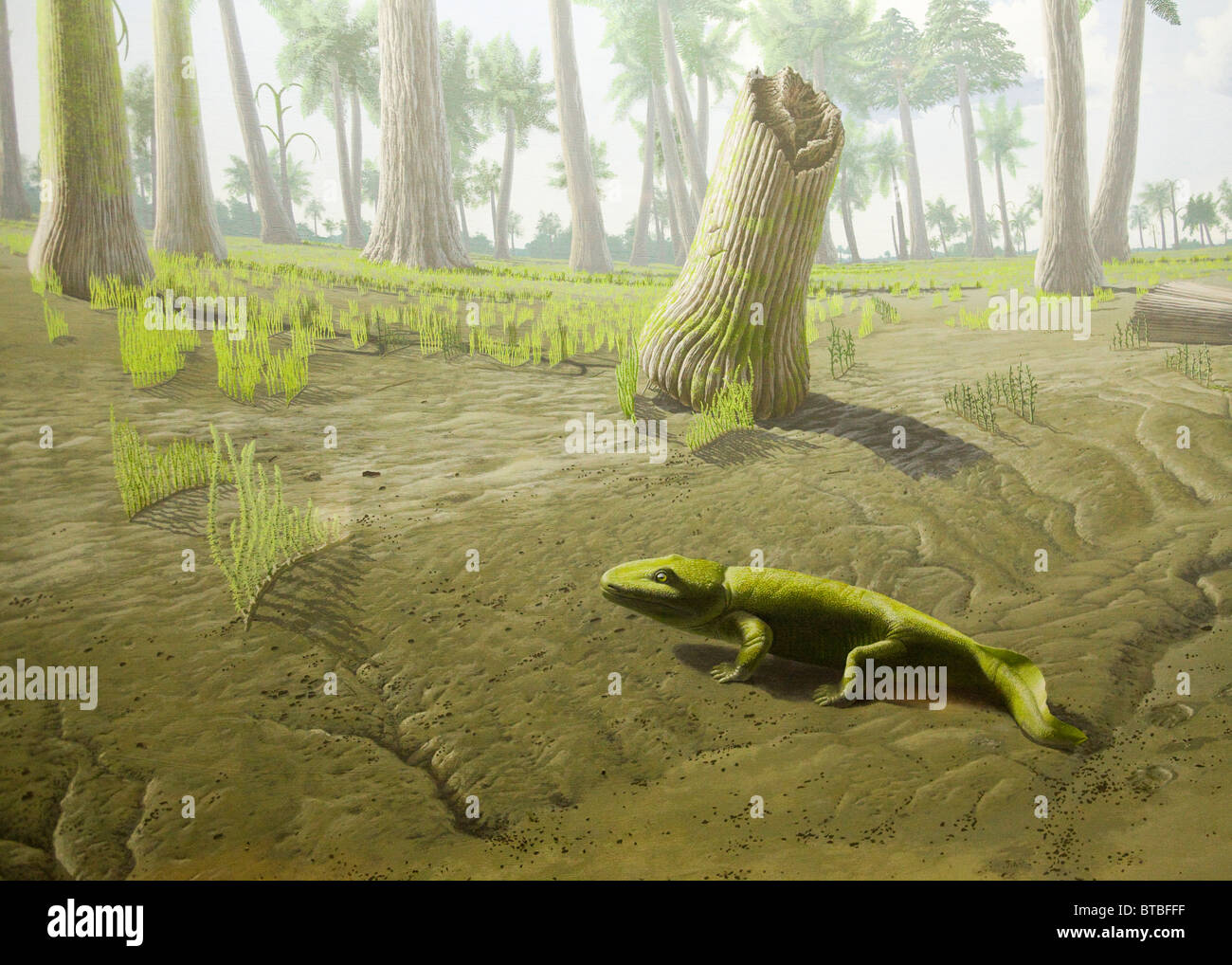 Artist rendering of the Lungfish(dipnoan) - Devonian period Stock Photohttps://www.alamy.com/image-license-details/?v=1https://www.alamy.com/stock-photo-artist-rendering-of-the-lungfishdipnoan-devonian-period-32215779.html
Artist rendering of the Lungfish(dipnoan) - Devonian period Stock Photohttps://www.alamy.com/image-license-details/?v=1https://www.alamy.com/stock-photo-artist-rendering-of-the-lungfishdipnoan-devonian-period-32215779.htmlRMBTBFFF–Artist rendering of the Lungfish(dipnoan) - Devonian period
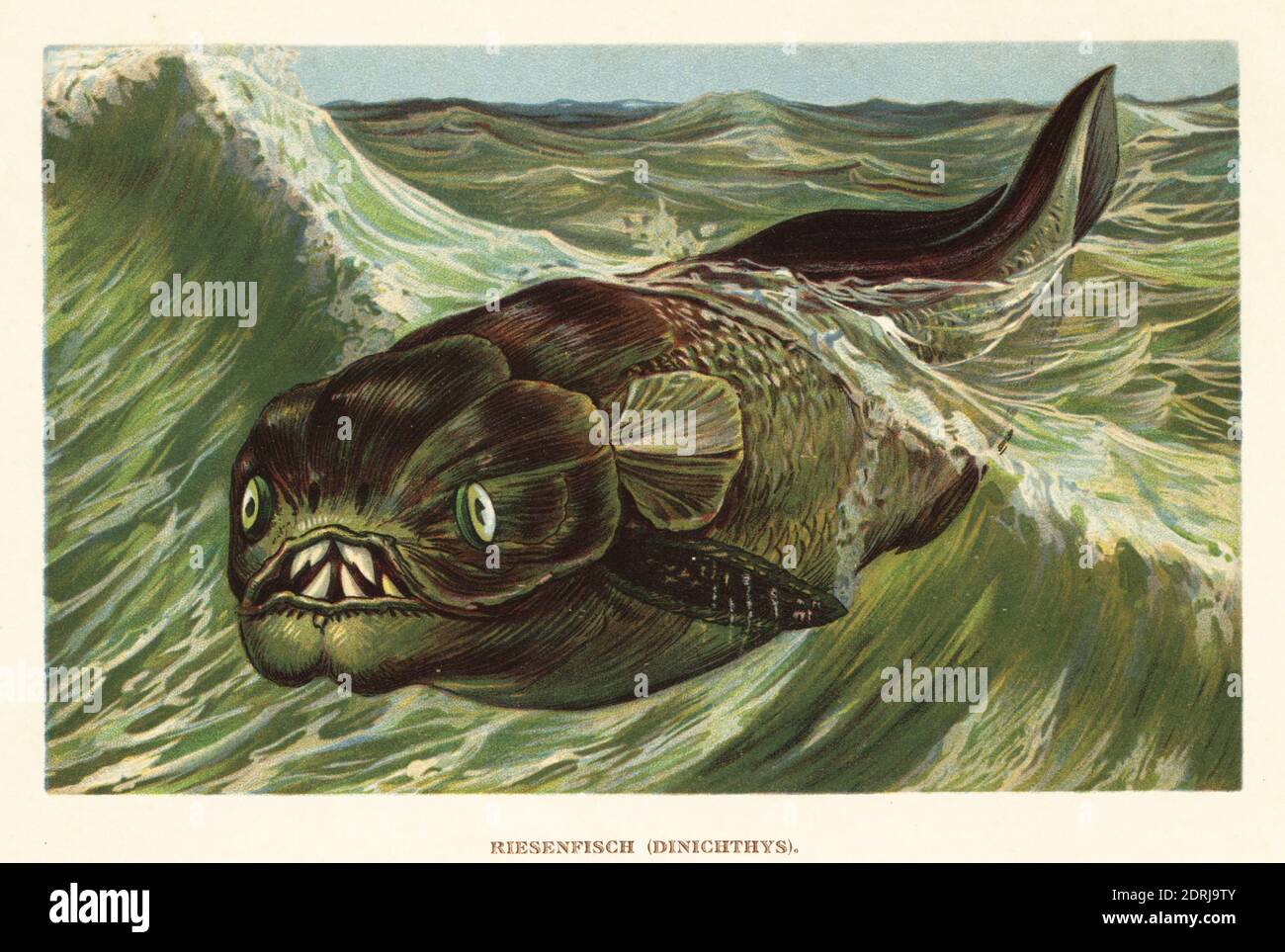 Dinichthys herzeri, extinct, giant, marine arthrodire placoderm from the Late Devonian. Riesenfisch, Dinichthys. Colour printed illustration by F. John from Wilhelm Bolsche’s Tiere der Urwelt (Animals of the Prehistoric World), Reichardt Cocoa company, Hamburg, 1908. Stock Photohttps://www.alamy.com/image-license-details/?v=1https://www.alamy.com/dinichthys-herzeri-extinct-giant-marine-arthrodire-placoderm-from-the-late-devonian-riesenfisch-dinichthys-colour-printed-illustration-by-f-john-from-wilhelm-bolsches-tiere-der-urwelt-animals-of-the-prehistoric-world-reichardt-cocoa-company-hamburg-1908-image393168075.html
Dinichthys herzeri, extinct, giant, marine arthrodire placoderm from the Late Devonian. Riesenfisch, Dinichthys. Colour printed illustration by F. John from Wilhelm Bolsche’s Tiere der Urwelt (Animals of the Prehistoric World), Reichardt Cocoa company, Hamburg, 1908. Stock Photohttps://www.alamy.com/image-license-details/?v=1https://www.alamy.com/dinichthys-herzeri-extinct-giant-marine-arthrodire-placoderm-from-the-late-devonian-riesenfisch-dinichthys-colour-printed-illustration-by-f-john-from-wilhelm-bolsches-tiere-der-urwelt-animals-of-the-prehistoric-world-reichardt-cocoa-company-hamburg-1908-image393168075.htmlRM2DRJ9TY–Dinichthys herzeri, extinct, giant, marine arthrodire placoderm from the Late Devonian. Riesenfisch, Dinichthys. Colour printed illustration by F. John from Wilhelm Bolsche’s Tiere der Urwelt (Animals of the Prehistoric World), Reichardt Cocoa company, Hamburg, 1908.
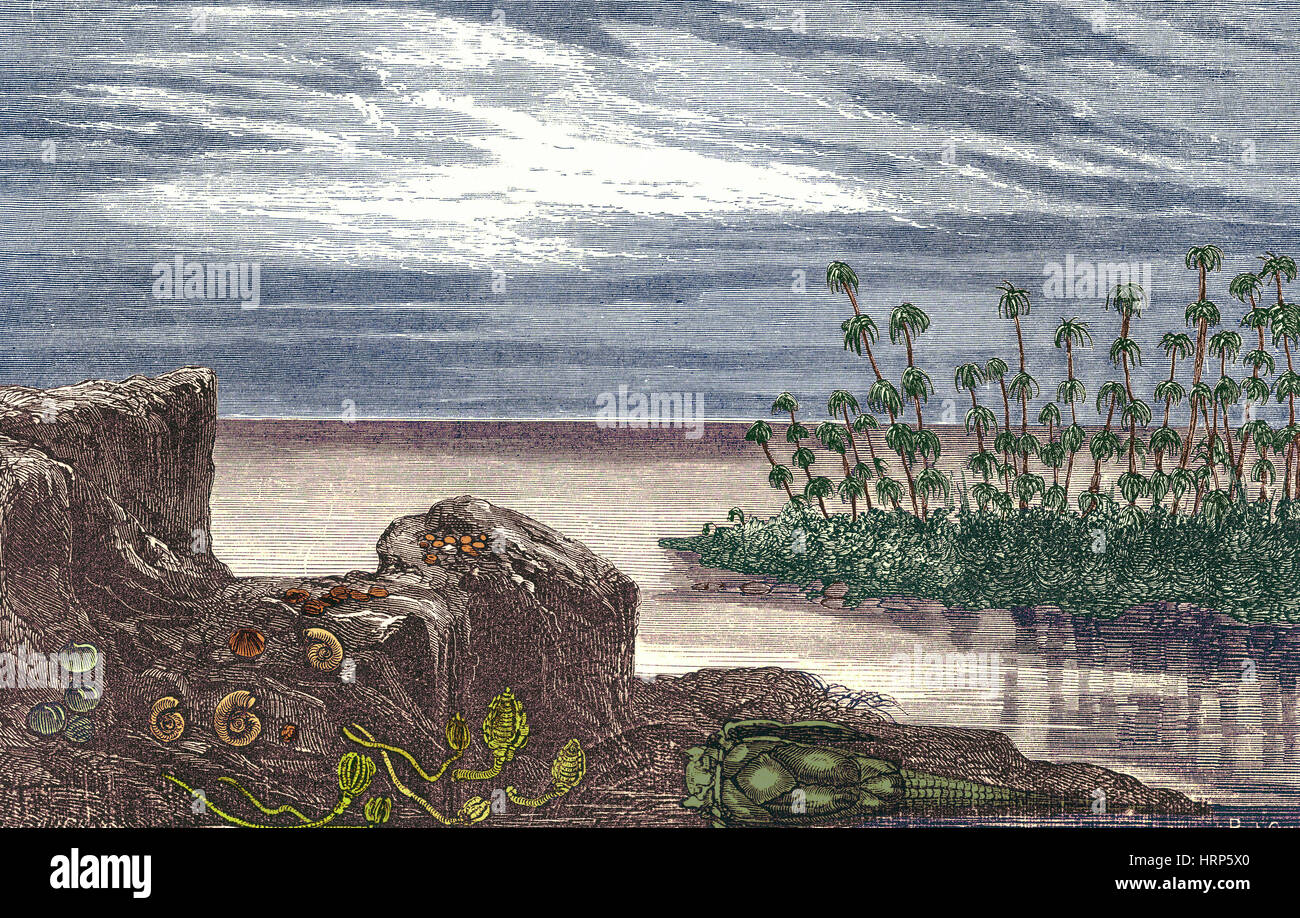 Devonian Period Stock Photohttps://www.alamy.com/image-license-details/?v=1https://www.alamy.com/stock-photo-devonian-period-135097256.html
Devonian Period Stock Photohttps://www.alamy.com/image-license-details/?v=1https://www.alamy.com/stock-photo-devonian-period-135097256.htmlRMHRP5X0–Devonian Period
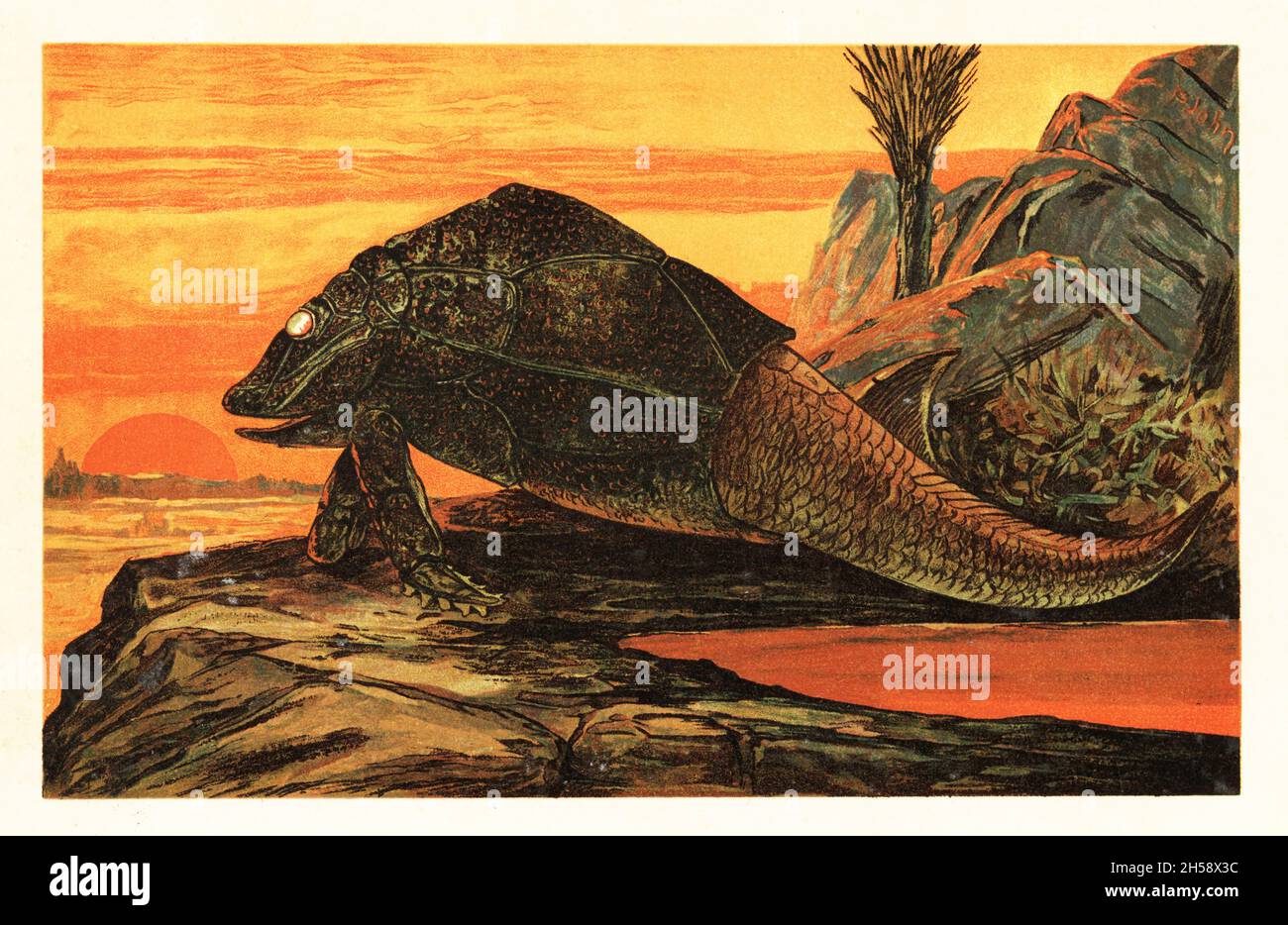 Asterolepis cornutus, extinct species of armour-plated fish, antiarch placoderm of the Devonian. Flugelfisch (Pterichthys cornutus Agassiz). Colour printed illustration by F. John from Wilhelm Bolsche’s Tiere der Urwelt (Animals of the Prehistoric World), Reichardt Cocoa company, Hamburg, 1908. Stock Photohttps://www.alamy.com/image-license-details/?v=1https://www.alamy.com/asterolepis-cornutus-extinct-species-of-armour-plated-fish-antiarch-placoderm-of-the-devonian-flugelfisch-pterichthys-cornutus-agassiz-colour-printed-illustration-by-f-john-from-wilhelm-bolsches-tiere-der-urwelt-animals-of-the-prehistoric-world-reichardt-cocoa-company-hamburg-1908-image450738944.html
Asterolepis cornutus, extinct species of armour-plated fish, antiarch placoderm of the Devonian. Flugelfisch (Pterichthys cornutus Agassiz). Colour printed illustration by F. John from Wilhelm Bolsche’s Tiere der Urwelt (Animals of the Prehistoric World), Reichardt Cocoa company, Hamburg, 1908. Stock Photohttps://www.alamy.com/image-license-details/?v=1https://www.alamy.com/asterolepis-cornutus-extinct-species-of-armour-plated-fish-antiarch-placoderm-of-the-devonian-flugelfisch-pterichthys-cornutus-agassiz-colour-printed-illustration-by-f-john-from-wilhelm-bolsches-tiere-der-urwelt-animals-of-the-prehistoric-world-reichardt-cocoa-company-hamburg-1908-image450738944.htmlRM2H58X3C–Asterolepis cornutus, extinct species of armour-plated fish, antiarch placoderm of the Devonian. Flugelfisch (Pterichthys cornutus Agassiz). Colour printed illustration by F. John from Wilhelm Bolsche’s Tiere der Urwelt (Animals of the Prehistoric World), Reichardt Cocoa company, Hamburg, 1908.
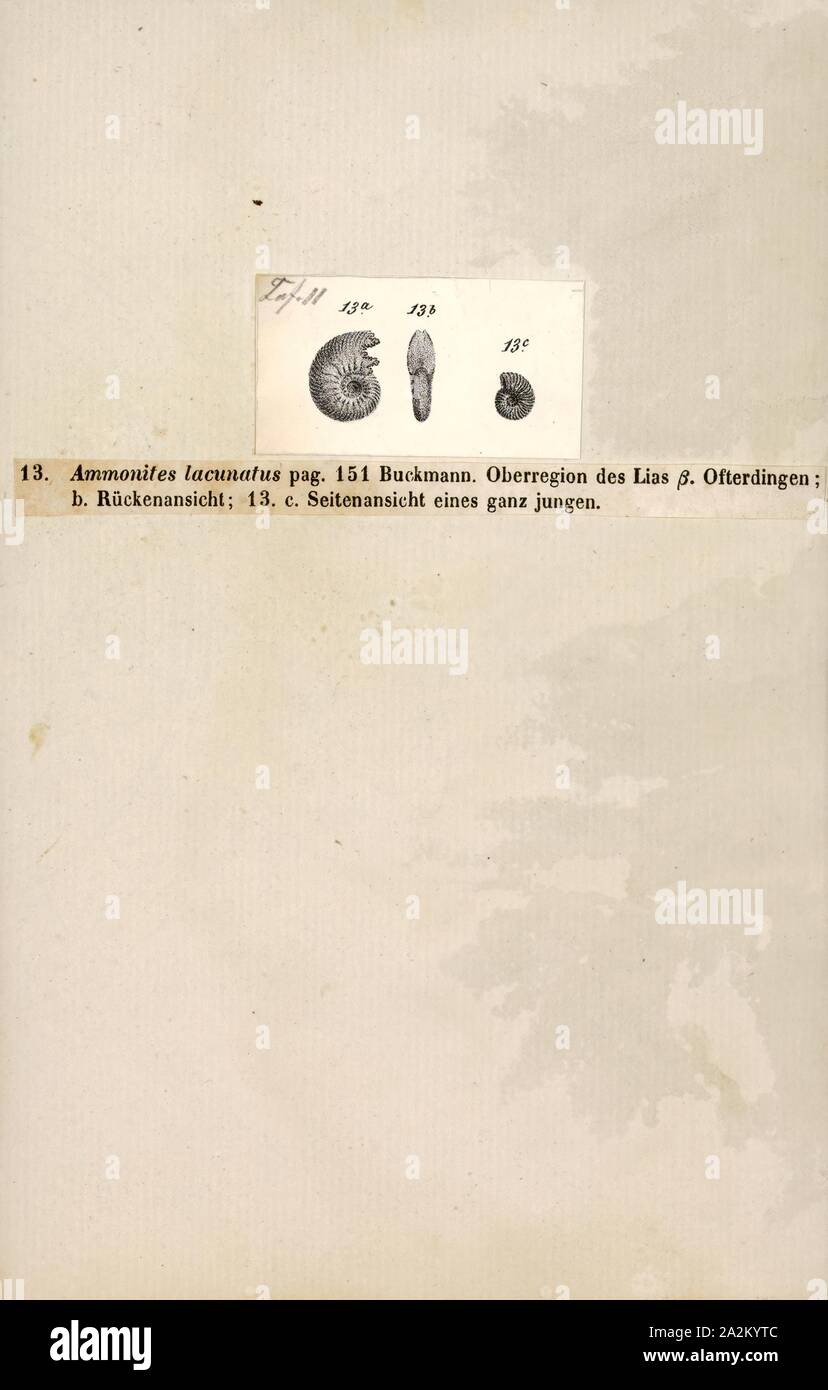 Ammonites lacunatus, Print, Ammonoidea, Ammonoids are a group of extinct marine mollusc animals in the subclass Ammonoidea of the class Cephalopoda. These molluscs, commonly referred to as ammonites, are more closely related to living coleoids (i.e., octopuses, squid, and cuttlefish) than they are to shelled nautiloids such as the living Nautilus species. The earliest ammonites appear during the Devonian, and the last species died out in the Cretaceous–Paleogene extinction event Stock Photohttps://www.alamy.com/image-license-details/?v=1https://www.alamy.com/ammonites-lacunatus-print-ammonoidea-ammonoids-are-a-group-of-extinct-marine-mollusc-animals-in-the-subclass-ammonoidea-of-the-class-cephalopoda-these-molluscs-commonly-referred-to-as-ammonites-are-more-closely-related-to-living-coleoids-ie-octopuses-squid-and-cuttlefish-than-they-are-to-shelled-nautiloids-such-as-the-living-nautilus-species-the-earliest-ammonites-appear-during-the-devonian-and-the-last-species-died-out-in-the-cretaceouspaleogene-extinction-event-image328665244.html
Ammonites lacunatus, Print, Ammonoidea, Ammonoids are a group of extinct marine mollusc animals in the subclass Ammonoidea of the class Cephalopoda. These molluscs, commonly referred to as ammonites, are more closely related to living coleoids (i.e., octopuses, squid, and cuttlefish) than they are to shelled nautiloids such as the living Nautilus species. The earliest ammonites appear during the Devonian, and the last species died out in the Cretaceous–Paleogene extinction event Stock Photohttps://www.alamy.com/image-license-details/?v=1https://www.alamy.com/ammonites-lacunatus-print-ammonoidea-ammonoids-are-a-group-of-extinct-marine-mollusc-animals-in-the-subclass-ammonoidea-of-the-class-cephalopoda-these-molluscs-commonly-referred-to-as-ammonites-are-more-closely-related-to-living-coleoids-ie-octopuses-squid-and-cuttlefish-than-they-are-to-shelled-nautiloids-such-as-the-living-nautilus-species-the-earliest-ammonites-appear-during-the-devonian-and-the-last-species-died-out-in-the-cretaceouspaleogene-extinction-event-image328665244.htmlRM2A2KYTC–Ammonites lacunatus, Print, Ammonoidea, Ammonoids are a group of extinct marine mollusc animals in the subclass Ammonoidea of the class Cephalopoda. These molluscs, commonly referred to as ammonites, are more closely related to living coleoids (i.e., octopuses, squid, and cuttlefish) than they are to shelled nautiloids such as the living Nautilus species. The earliest ammonites appear during the Devonian, and the last species died out in the Cretaceous–Paleogene extinction event
 Reconstruction of a Dinichthys catching a wave. Extinct monospecific genus of giant, marine arthrodire placoderm from the Late Devonian (Famennian stage). Dinichthys herzeri. Colour printed illustration by F. John from Wilhelm Bolsche’s Tiere der Urwelt (Animals of the Prehistoric World), Reichardt Cocoa company, Hamburg, 1908. Stock Photohttps://www.alamy.com/image-license-details/?v=1https://www.alamy.com/reconstruction-of-a-dinichthys-catching-a-wave-extinct-monospecific-genus-of-giant-marine-arthrodire-placoderm-from-the-late-devonian-famennian-stage-dinichthys-herzeri-colour-printed-illustration-by-f-john-from-wilhelm-bolsches-tiere-der-urwelt-animals-of-the-prehistoric-world-reichardt-cocoa-company-hamburg-1908-image474591834.html
Reconstruction of a Dinichthys catching a wave. Extinct monospecific genus of giant, marine arthrodire placoderm from the Late Devonian (Famennian stage). Dinichthys herzeri. Colour printed illustration by F. John from Wilhelm Bolsche’s Tiere der Urwelt (Animals of the Prehistoric World), Reichardt Cocoa company, Hamburg, 1908. Stock Photohttps://www.alamy.com/image-license-details/?v=1https://www.alamy.com/reconstruction-of-a-dinichthys-catching-a-wave-extinct-monospecific-genus-of-giant-marine-arthrodire-placoderm-from-the-late-devonian-famennian-stage-dinichthys-herzeri-colour-printed-illustration-by-f-john-from-wilhelm-bolsches-tiere-der-urwelt-animals-of-the-prehistoric-world-reichardt-cocoa-company-hamburg-1908-image474591834.htmlRM2JG3EMA–Reconstruction of a Dinichthys catching a wave. Extinct monospecific genus of giant, marine arthrodire placoderm from the Late Devonian (Famennian stage). Dinichthys herzeri. Colour printed illustration by F. John from Wilhelm Bolsche’s Tiere der Urwelt (Animals of the Prehistoric World), Reichardt Cocoa company, Hamburg, 1908.
 Crossopterygians: Stock Photohttps://www.alamy.com/image-license-details/?v=1https://www.alamy.com/stock-photo-crossopterygians-84971045.html
Crossopterygians: Stock Photohttps://www.alamy.com/image-license-details/?v=1https://www.alamy.com/stock-photo-crossopterygians-84971045.htmlRMEX6NC5–Crossopterygians:
 Helicoprion bessonowi, shark-like eugeneodontid holocephalid fish with tooth whorl from the Permian, and prehistoric prickly shark species Xenacanthus decheni of the Devonian and Triassic. Spiralhai, Helicoprion, und Stachelhai, Xenacanthus. Colour printed illustration by F. John from Wilhelm Bolsche’s Tiere der Urwelt (Animals of the Prehistoric World), Reichardt Cocoa company, Hamburg, 1908. Stock Photohttps://www.alamy.com/image-license-details/?v=1https://www.alamy.com/helicoprion-bessonowi-shark-like-eugeneodontid-holocephalid-fish-with-tooth-whorl-from-the-permian-and-prehistoric-prickly-shark-species-xenacanthus-decheni-of-the-devonian-and-triassic-spiralhai-helicoprion-und-stachelhai-xenacanthus-colour-printed-illustration-by-f-john-from-wilhelm-bolsches-tiere-der-urwelt-animals-of-the-prehistoric-world-reichardt-cocoa-company-hamburg-1908-image393168062.html
Helicoprion bessonowi, shark-like eugeneodontid holocephalid fish with tooth whorl from the Permian, and prehistoric prickly shark species Xenacanthus decheni of the Devonian and Triassic. Spiralhai, Helicoprion, und Stachelhai, Xenacanthus. Colour printed illustration by F. John from Wilhelm Bolsche’s Tiere der Urwelt (Animals of the Prehistoric World), Reichardt Cocoa company, Hamburg, 1908. Stock Photohttps://www.alamy.com/image-license-details/?v=1https://www.alamy.com/helicoprion-bessonowi-shark-like-eugeneodontid-holocephalid-fish-with-tooth-whorl-from-the-permian-and-prehistoric-prickly-shark-species-xenacanthus-decheni-of-the-devonian-and-triassic-spiralhai-helicoprion-und-stachelhai-xenacanthus-colour-printed-illustration-by-f-john-from-wilhelm-bolsches-tiere-der-urwelt-animals-of-the-prehistoric-world-reichardt-cocoa-company-hamburg-1908-image393168062.htmlRM2DRJ9TE–Helicoprion bessonowi, shark-like eugeneodontid holocephalid fish with tooth whorl from the Permian, and prehistoric prickly shark species Xenacanthus decheni of the Devonian and Triassic. Spiralhai, Helicoprion, und Stachelhai, Xenacanthus. Colour printed illustration by F. John from Wilhelm Bolsche’s Tiere der Urwelt (Animals of the Prehistoric World), Reichardt Cocoa company, Hamburg, 1908.
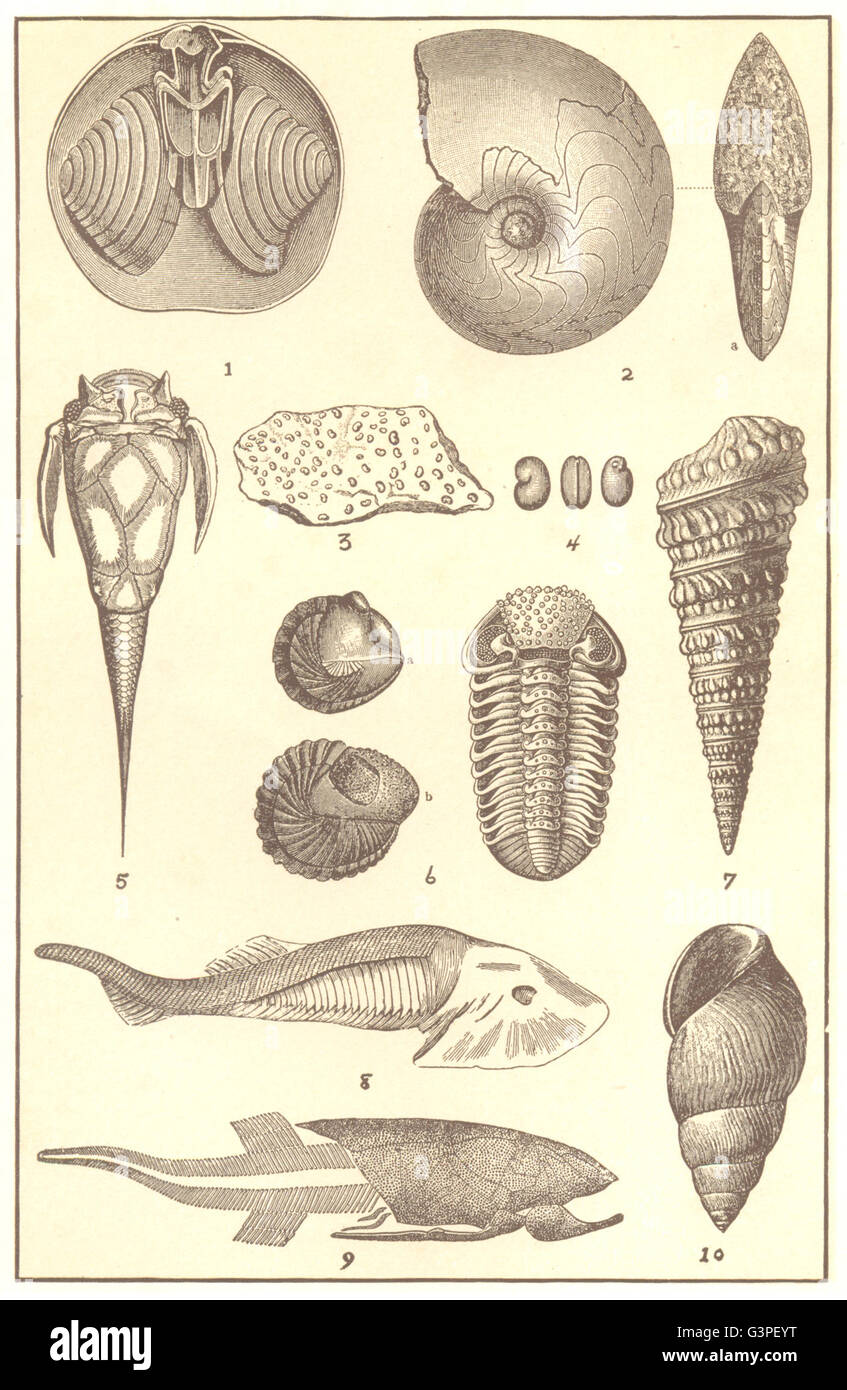 DEVONIAN FOSSIL: Brachiopod spiralia Ammonite Trilobite Gasteropod Mollusc, 1907 Stock Photohttps://www.alamy.com/image-license-details/?v=1https://www.alamy.com/stock-photo-devonian-fossil-brachiopod-spiralia-ammonite-trilobite-gasteropod-105600876.html
DEVONIAN FOSSIL: Brachiopod spiralia Ammonite Trilobite Gasteropod Mollusc, 1907 Stock Photohttps://www.alamy.com/image-license-details/?v=1https://www.alamy.com/stock-photo-devonian-fossil-brachiopod-spiralia-ammonite-trilobite-gasteropod-105600876.htmlRFG3PEYT–DEVONIAN FOSSIL: Brachiopod spiralia Ammonite Trilobite Gasteropod Mollusc, 1907
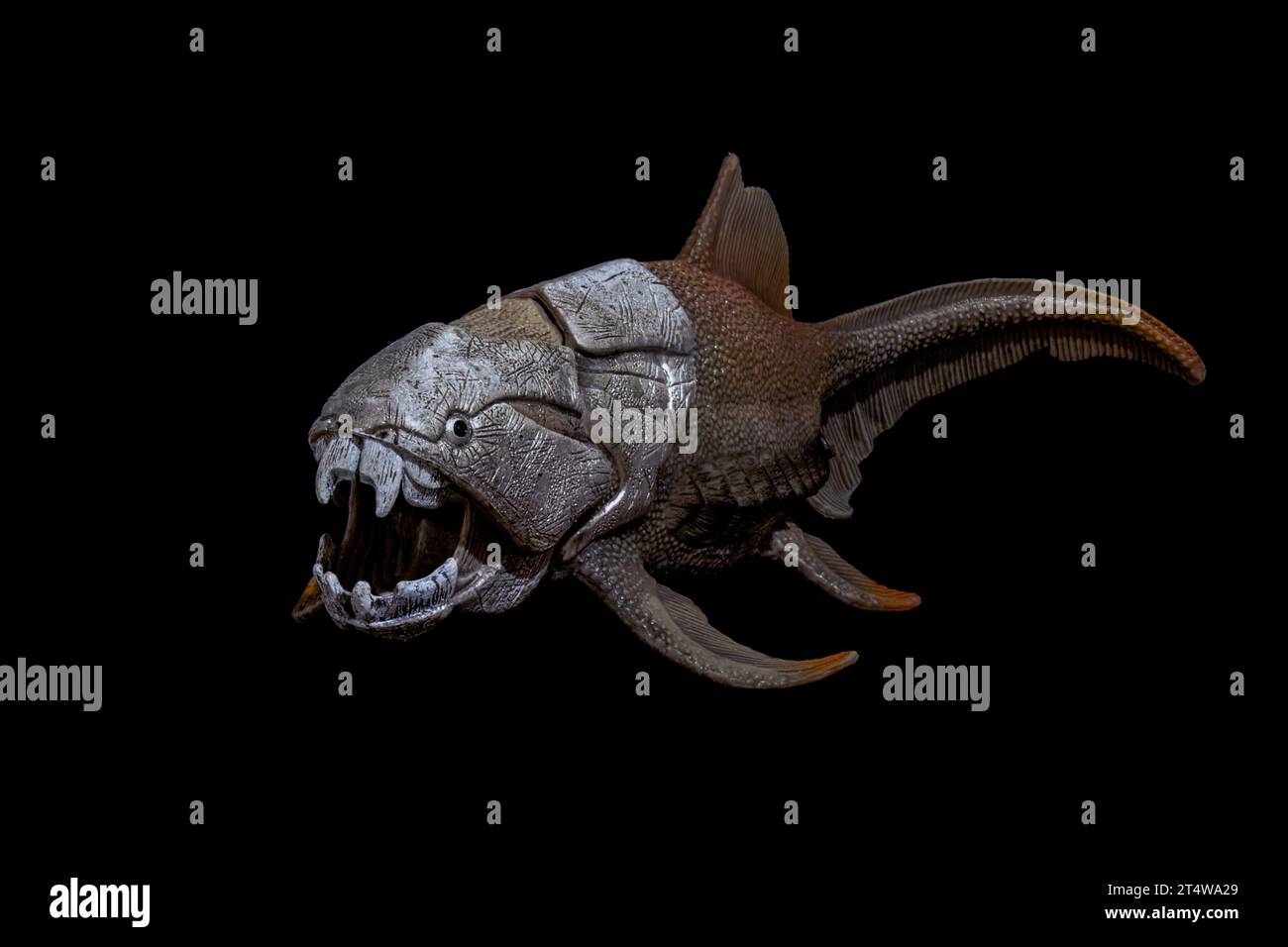 The Late Devonian monster Dunkleosteus (by Schleich, 2015) terrorized the ancient world's oceans 385 to 359 million years ago Stock Photohttps://www.alamy.com/image-license-details/?v=1https://www.alamy.com/the-late-devonian-monster-dunkleosteus-by-schleich-2015-terrorized-the-ancient-worlds-oceans-385-to-359-million-years-ago-image570957473.html
The Late Devonian monster Dunkleosteus (by Schleich, 2015) terrorized the ancient world's oceans 385 to 359 million years ago Stock Photohttps://www.alamy.com/image-license-details/?v=1https://www.alamy.com/the-late-devonian-monster-dunkleosteus-by-schleich-2015-terrorized-the-ancient-worlds-oceans-385-to-359-million-years-ago-image570957473.htmlRF2T4WA29–The Late Devonian monster Dunkleosteus (by Schleich, 2015) terrorized the ancient world's oceans 385 to 359 million years ago
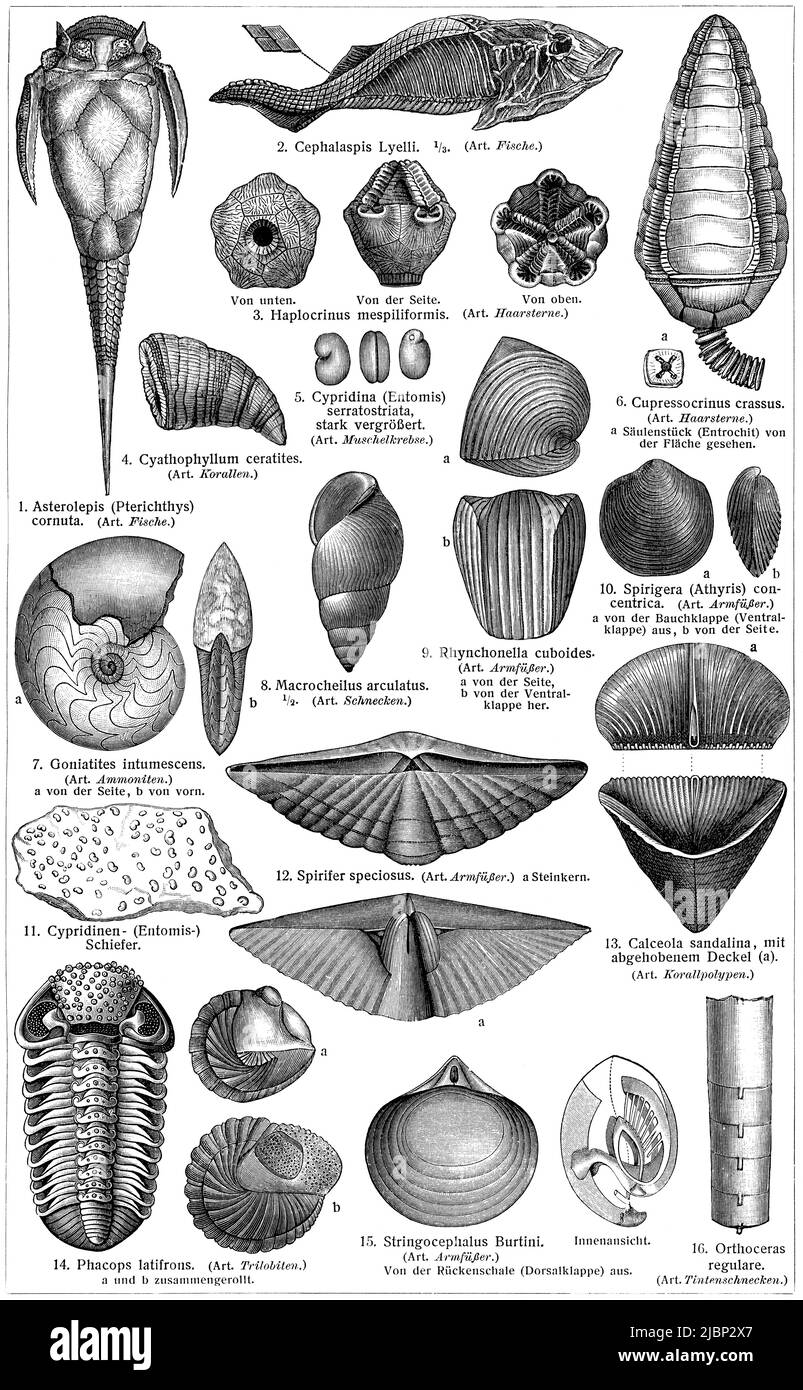 Fauna of the Devonian period. Publication of the book 'Meyers Konversations-Lexikon', Volume 2, Leipzig, Germany, 1910 Stock Photohttps://www.alamy.com/image-license-details/?v=1https://www.alamy.com/fauna-of-the-devonian-period-publication-of-the-book-meyers-konversations-lexikon-volume-2-leipzig-germany-1910-image471926399.html
Fauna of the Devonian period. Publication of the book 'Meyers Konversations-Lexikon', Volume 2, Leipzig, Germany, 1910 Stock Photohttps://www.alamy.com/image-license-details/?v=1https://www.alamy.com/fauna-of-the-devonian-period-publication-of-the-book-meyers-konversations-lexikon-volume-2-leipzig-germany-1910-image471926399.htmlRF2JBP2X7–Fauna of the Devonian period. Publication of the book 'Meyers Konversations-Lexikon', Volume 2, Leipzig, Germany, 1910
 Trilobite Asaphus sp., South Morocco, Africa, Devonian Stock Photohttps://www.alamy.com/image-license-details/?v=1https://www.alamy.com/trilobite-asaphus-sp-south-morocco-africa-devonian-image336019150.html
Trilobite Asaphus sp., South Morocco, Africa, Devonian Stock Photohttps://www.alamy.com/image-license-details/?v=1https://www.alamy.com/trilobite-asaphus-sp-south-morocco-africa-devonian-image336019150.htmlRM2AEJYRX–Trilobite Asaphus sp., South Morocco, Africa, Devonian
 Dinichthys herzeri, extinct, giant, marine arthrodire placoderm from the Late Devonian. Riesenfisch, Dinichthys. Colour printed illustration by F. John from Wilhelm Bolsches Tiere der Urwelt (Animals of the Prehistoric World), Reichardt Cocoa company, Hamburg, 1908. Stock Photohttps://www.alamy.com/image-license-details/?v=1https://www.alamy.com/dinichthys-herzeri-extinct-giant-marine-arthrodire-placoderm-from-the-late-devonian-riesenfisch-dinichthys-colour-printed-illustration-by-f-john-from-wilhelm-bolsches-tiere-der-urwelt-animals-of-the-prehistoric-world-reichardt-cocoa-company-hamburg-1908-image571910672.html
Dinichthys herzeri, extinct, giant, marine arthrodire placoderm from the Late Devonian. Riesenfisch, Dinichthys. Colour printed illustration by F. John from Wilhelm Bolsches Tiere der Urwelt (Animals of the Prehistoric World), Reichardt Cocoa company, Hamburg, 1908. Stock Photohttps://www.alamy.com/image-license-details/?v=1https://www.alamy.com/dinichthys-herzeri-extinct-giant-marine-arthrodire-placoderm-from-the-late-devonian-riesenfisch-dinichthys-colour-printed-illustration-by-f-john-from-wilhelm-bolsches-tiere-der-urwelt-animals-of-the-prehistoric-world-reichardt-cocoa-company-hamburg-1908-image571910672.htmlRM2T6CNW4–Dinichthys herzeri, extinct, giant, marine arthrodire placoderm from the Late Devonian. Riesenfisch, Dinichthys. Colour printed illustration by F. John from Wilhelm Bolsches Tiere der Urwelt (Animals of the Prehistoric World), Reichardt Cocoa company, Hamburg, 1908.
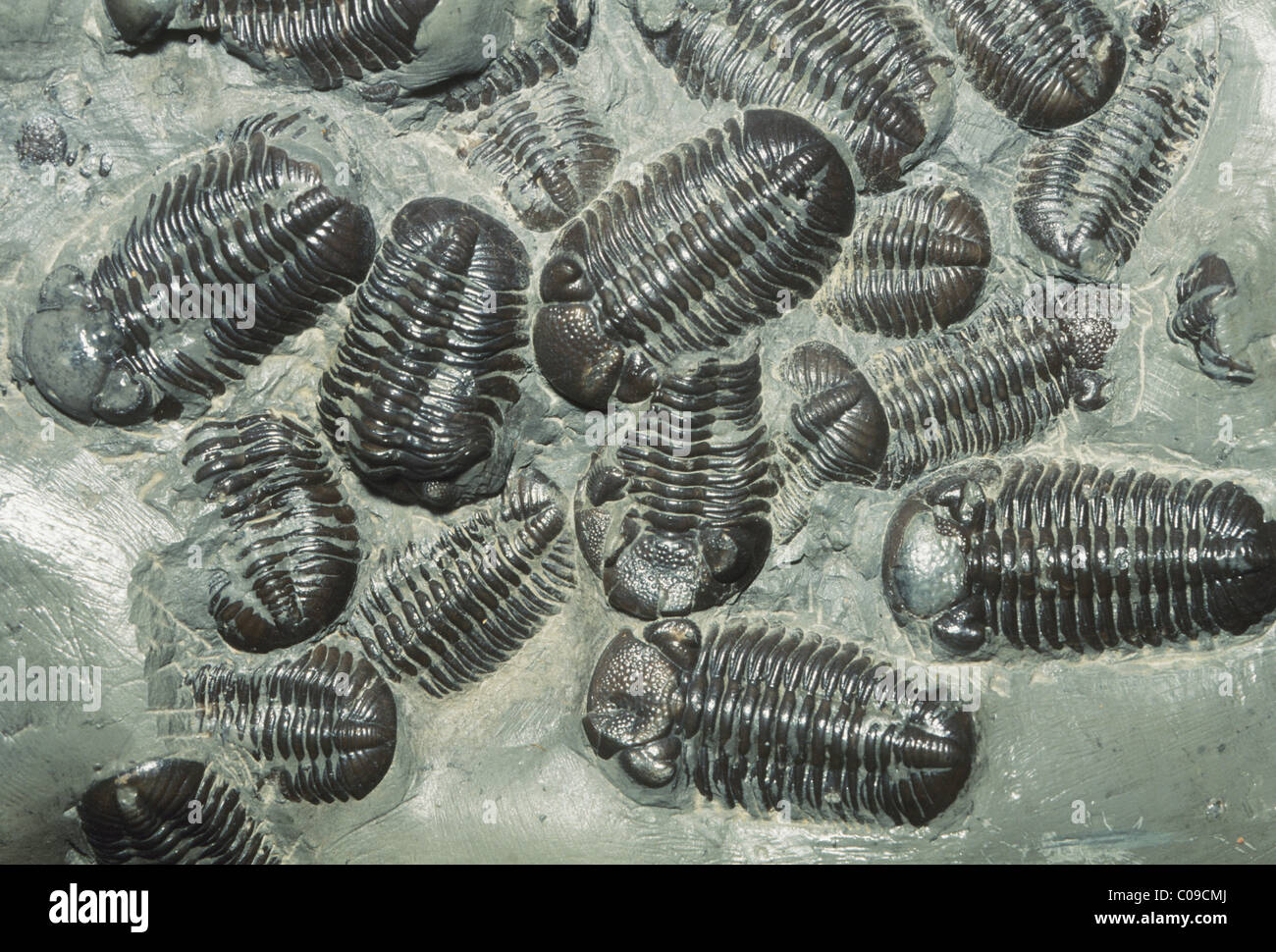 Fossil Trilobites, (Phacops or Eldredgeops rana), Devonian, Ontario. Stock Photohttps://www.alamy.com/image-license-details/?v=1https://www.alamy.com/stock-photo-fossil-trilobites-phacops-or-eldredgeops-rana-devonian-ontario-34628290.html
Fossil Trilobites, (Phacops or Eldredgeops rana), Devonian, Ontario. Stock Photohttps://www.alamy.com/image-license-details/?v=1https://www.alamy.com/stock-photo-fossil-trilobites-phacops-or-eldredgeops-rana-devonian-ontario-34628290.htmlRMC09CMJ–Fossil Trilobites, (Phacops or Eldredgeops rana), Devonian, Ontario.
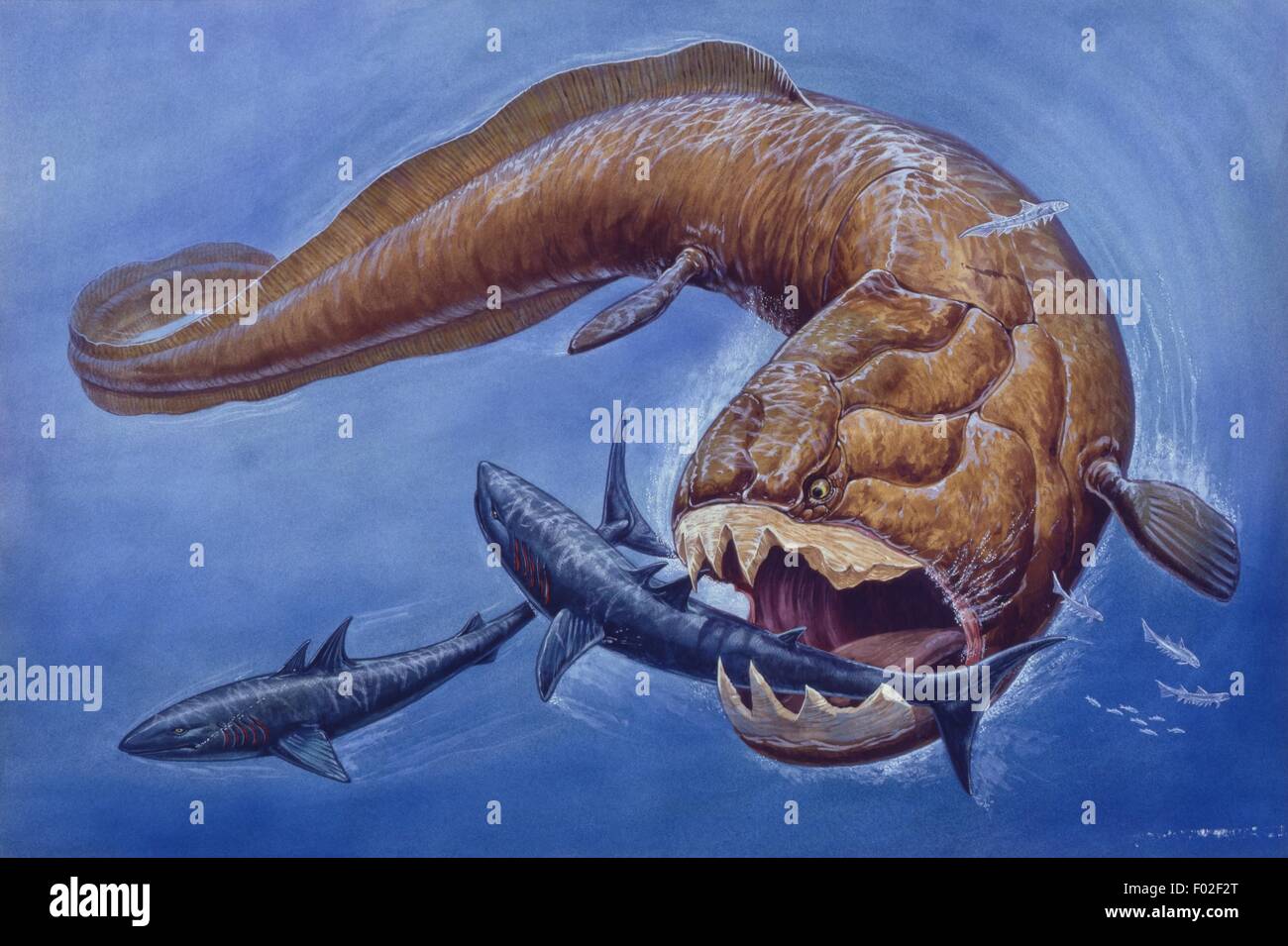 Palaeozoology - Devonian period - Fossil fishes - Placodermi - Dunkleosteus during the predation - Art work Stock Photohttps://www.alamy.com/image-license-details/?v=1https://www.alamy.com/stock-photo-palaeozoology-devonian-period-fossil-fishes-placodermi-dunkleosteus-86107584.html
Palaeozoology - Devonian period - Fossil fishes - Placodermi - Dunkleosteus during the predation - Art work Stock Photohttps://www.alamy.com/image-license-details/?v=1https://www.alamy.com/stock-photo-palaeozoology-devonian-period-fossil-fishes-placodermi-dunkleosteus-86107584.htmlRMF02F2T–Palaeozoology - Devonian period - Fossil fishes - Placodermi - Dunkleosteus during the predation - Art work
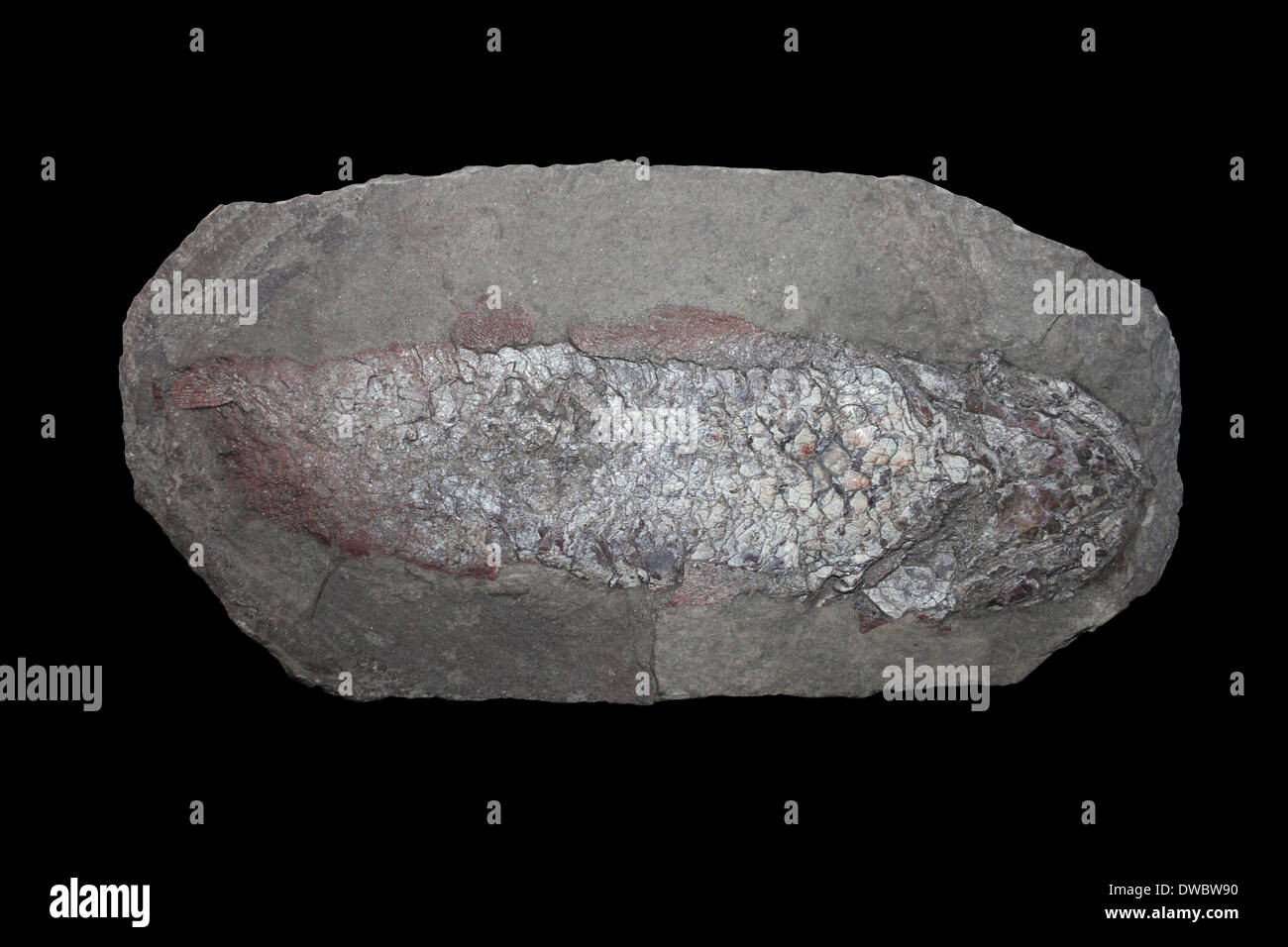 Dipterus Fossil Fish, Tynet Burn, Banff, Scotland Devonian Period Stock Photohttps://www.alamy.com/image-license-details/?v=1https://www.alamy.com/dipterus-fossil-fish-tynet-burn-banff-scotland-devonian-period-image67258828.html
Dipterus Fossil Fish, Tynet Burn, Banff, Scotland Devonian Period Stock Photohttps://www.alamy.com/image-license-details/?v=1https://www.alamy.com/dipterus-fossil-fish-tynet-burn-banff-scotland-devonian-period-image67258828.htmlRMDWBW90–Dipterus Fossil Fish, Tynet Burn, Banff, Scotland Devonian Period
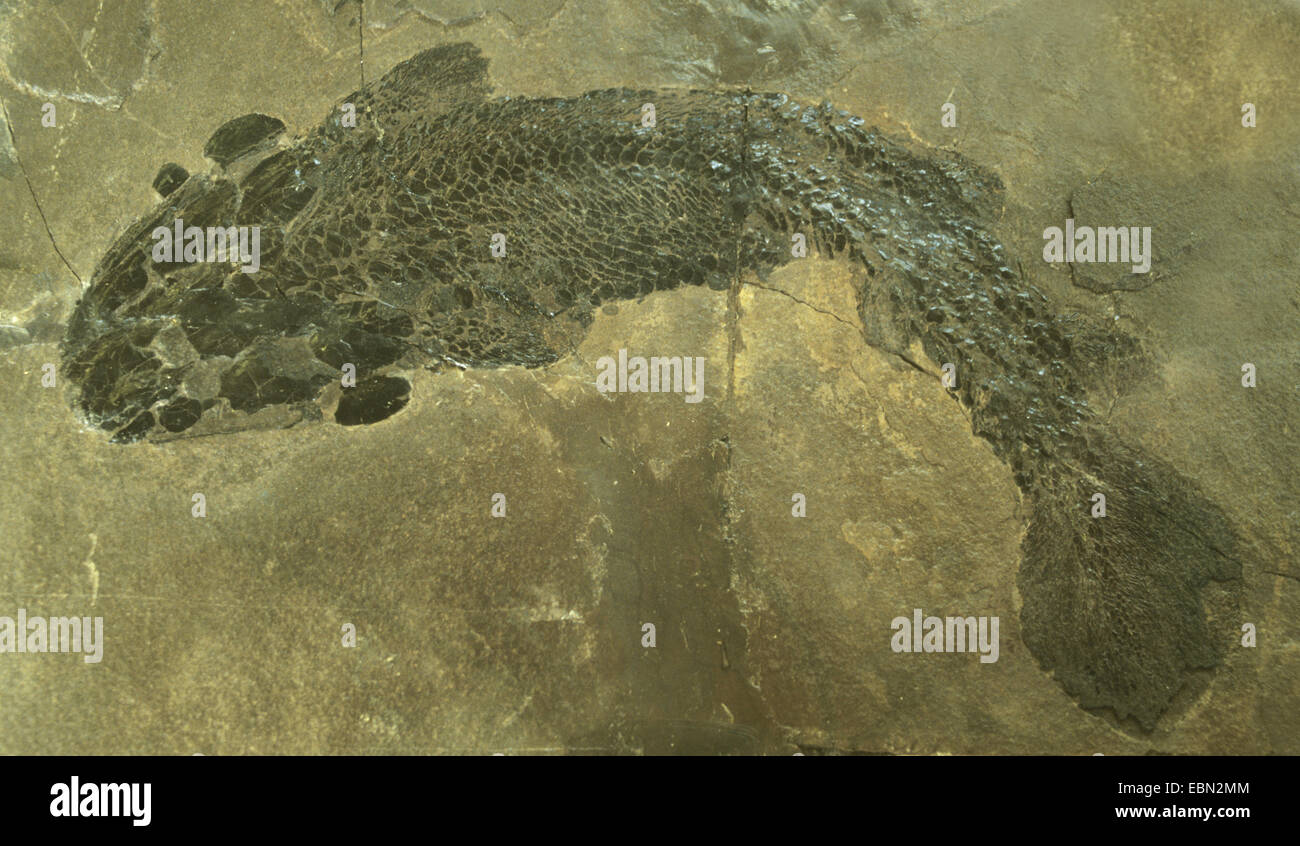 Gyroptychius (Gyroptychius agassizii), fossilised Gyroptychius from Middle Devonian, United Kingdom, Scotland Stock Photohttps://www.alamy.com/image-license-details/?v=1https://www.alamy.com/stock-photo-gyroptychius-gyroptychius-agassizii-fossilised-gyroptychius-from-middle-76065828.html
Gyroptychius (Gyroptychius agassizii), fossilised Gyroptychius from Middle Devonian, United Kingdom, Scotland Stock Photohttps://www.alamy.com/image-license-details/?v=1https://www.alamy.com/stock-photo-gyroptychius-gyroptychius-agassizii-fossilised-gyroptychius-from-middle-76065828.htmlRMEBN2MM–Gyroptychius (Gyroptychius agassizii), fossilised Gyroptychius from Middle Devonian, United Kingdom, Scotland
 Model of Cheirolepis trailli, An Extinct Ray-finned Fish That Lived In The Devonian Period Of Europe and North America Stock Photohttps://www.alamy.com/image-license-details/?v=1https://www.alamy.com/stock-photo-model-of-cheirolepis-trailli-an-extinct-ray-finned-fish-that-lived-72456491.html
Model of Cheirolepis trailli, An Extinct Ray-finned Fish That Lived In The Devonian Period Of Europe and North America Stock Photohttps://www.alamy.com/image-license-details/?v=1https://www.alamy.com/stock-photo-model-of-cheirolepis-trailli-an-extinct-ray-finned-fish-that-lived-72456491.htmlRME5TJYR–Model of Cheirolepis trailli, An Extinct Ray-finned Fish That Lived In The Devonian Period Of Europe and North America
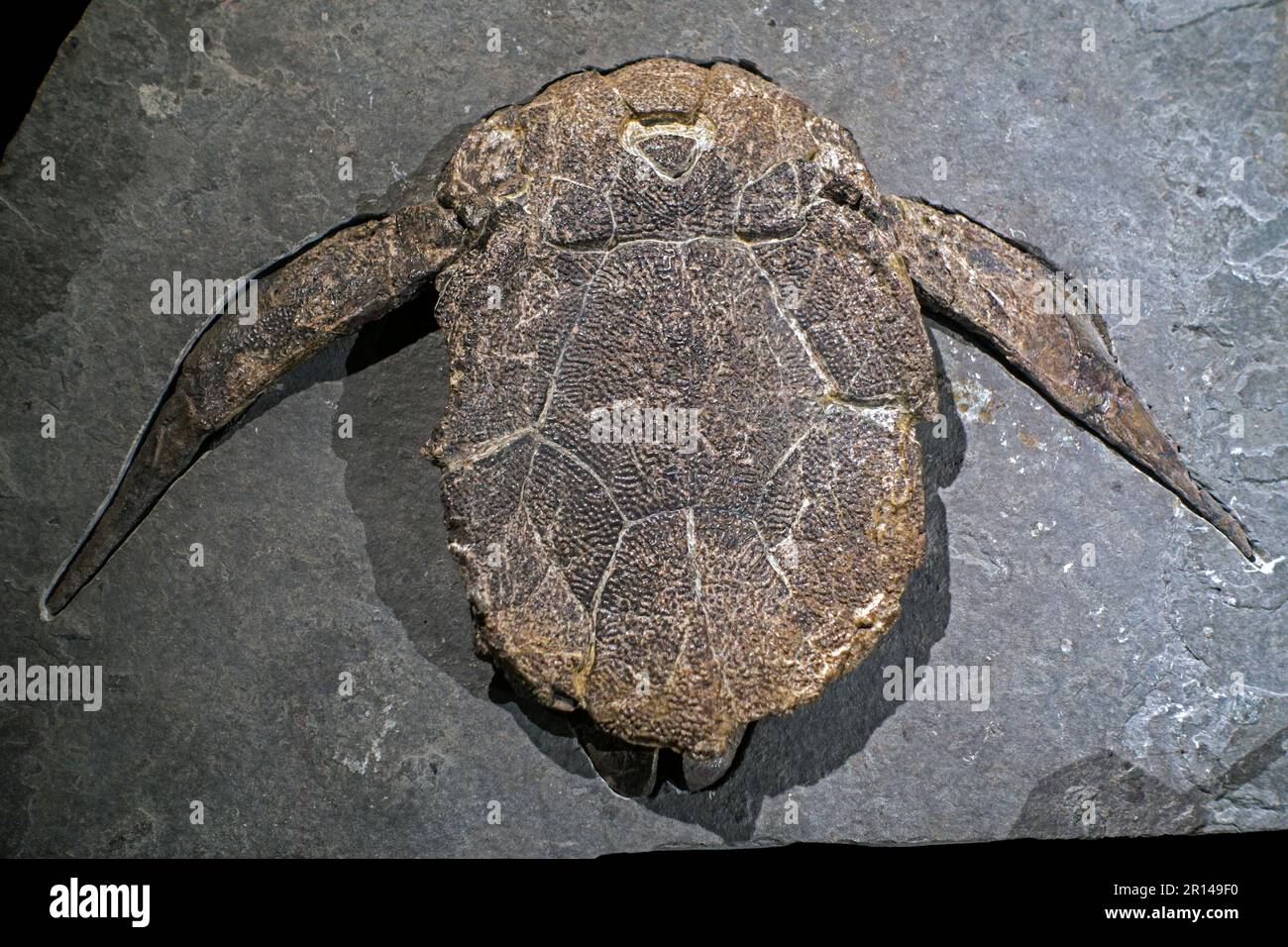 Bothriolepis canadensis fossil, antiarch placoderms that lived during the Middle to Late Devonian period of the Paleozoic Era, Canada Stock Photohttps://www.alamy.com/image-license-details/?v=1https://www.alamy.com/bothriolepis-canadensis-fossil-antiarch-placoderms-that-lived-during-the-middle-to-late-devonian-period-of-the-paleozoic-era-canada-image551441716.html
Bothriolepis canadensis fossil, antiarch placoderms that lived during the Middle to Late Devonian period of the Paleozoic Era, Canada Stock Photohttps://www.alamy.com/image-license-details/?v=1https://www.alamy.com/bothriolepis-canadensis-fossil-antiarch-placoderms-that-lived-during-the-middle-to-late-devonian-period-of-the-paleozoic-era-canada-image551441716.htmlRM2R149F0–Bothriolepis canadensis fossil, antiarch placoderms that lived during the Middle to Late Devonian period of the Paleozoic Era, Canada
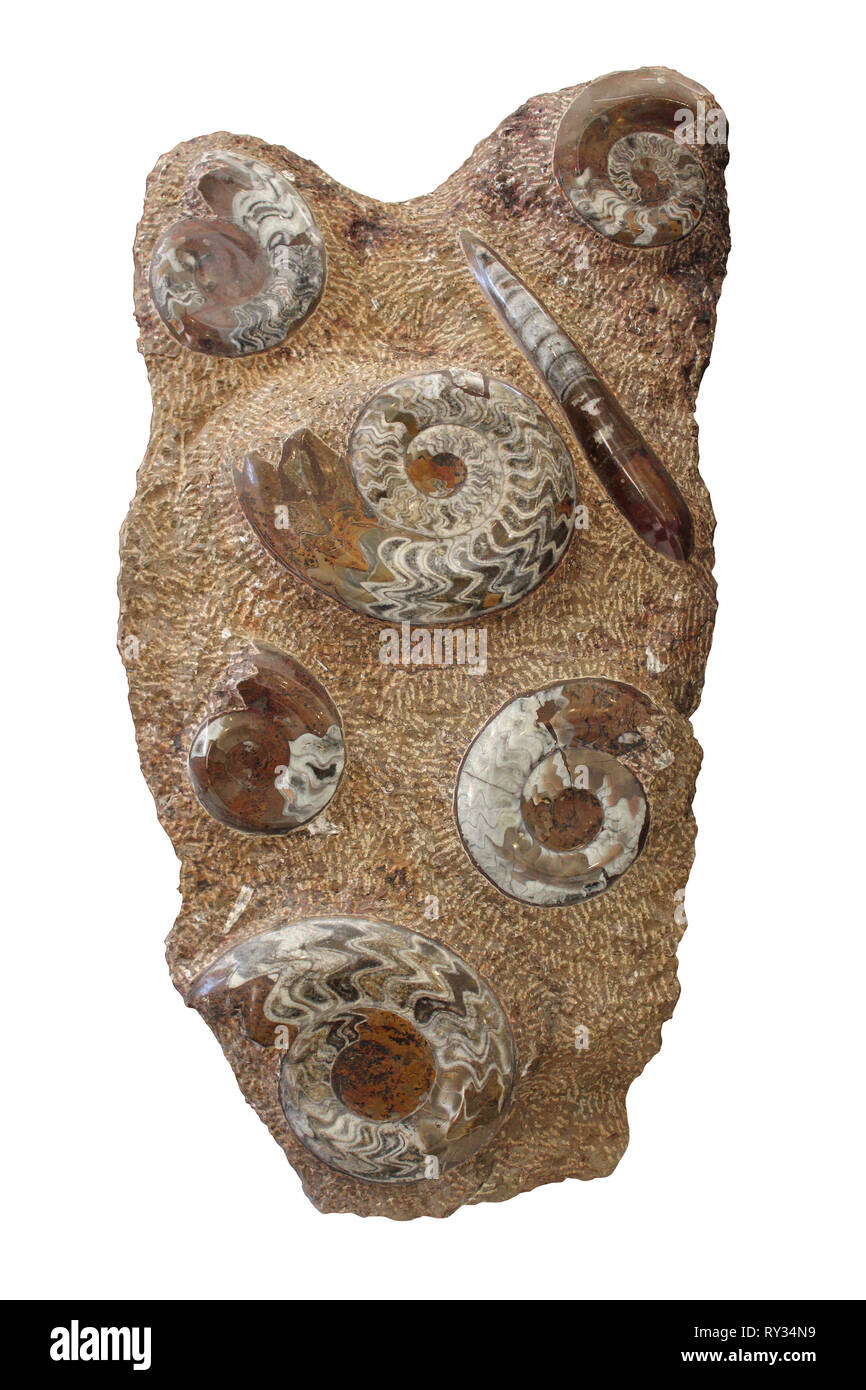 Fossil Plate Of Ammonites and Belemnites, Devonian, Morocco Stock Photohttps://www.alamy.com/image-license-details/?v=1https://www.alamy.com/fossil-plate-of-ammonites-and-belemnites-devonian-morocco-image240400085.html
Fossil Plate Of Ammonites and Belemnites, Devonian, Morocco Stock Photohttps://www.alamy.com/image-license-details/?v=1https://www.alamy.com/fossil-plate-of-ammonites-and-belemnites-devonian-morocco-image240400085.htmlRMRY34N9–Fossil Plate Of Ammonites and Belemnites, Devonian, Morocco
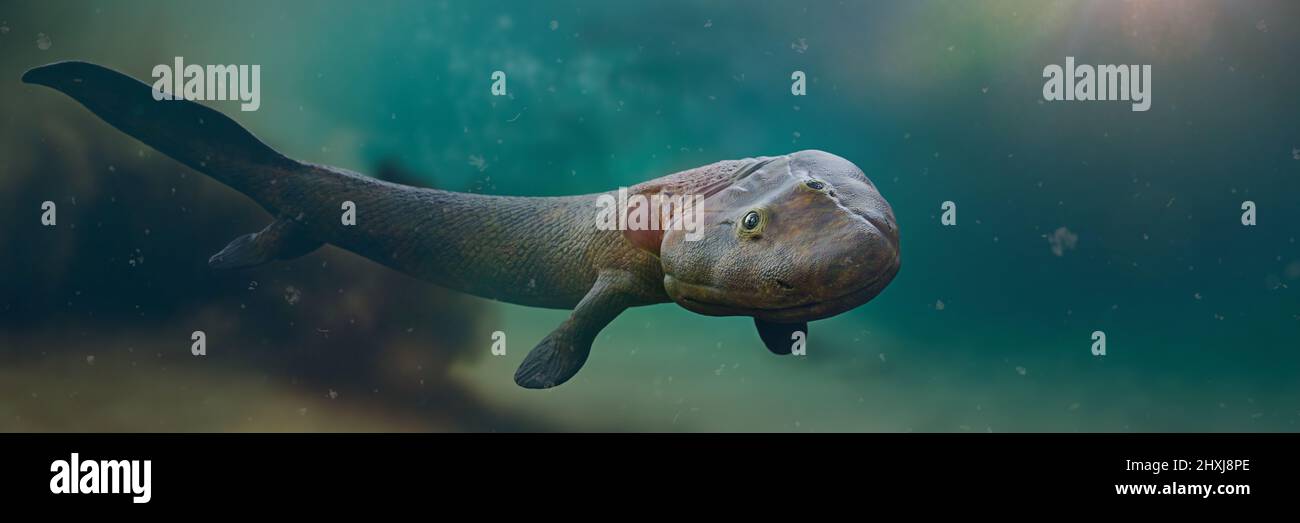 Tiktaalik, extinct transitional species between fish and legged animals from the Late Devonian Period Stock Photohttps://www.alamy.com/image-license-details/?v=1https://www.alamy.com/tiktaalik-extinct-transitional-species-between-fish-and-legged-animals-from-the-late-devonian-period-image463852662.html
Tiktaalik, extinct transitional species between fish and legged animals from the Late Devonian Period Stock Photohttps://www.alamy.com/image-license-details/?v=1https://www.alamy.com/tiktaalik-extinct-transitional-species-between-fish-and-legged-animals-from-the-late-devonian-period-image463852662.htmlRF2HXJ8PE–Tiktaalik, extinct transitional species between fish and legged animals from the Late Devonian Period
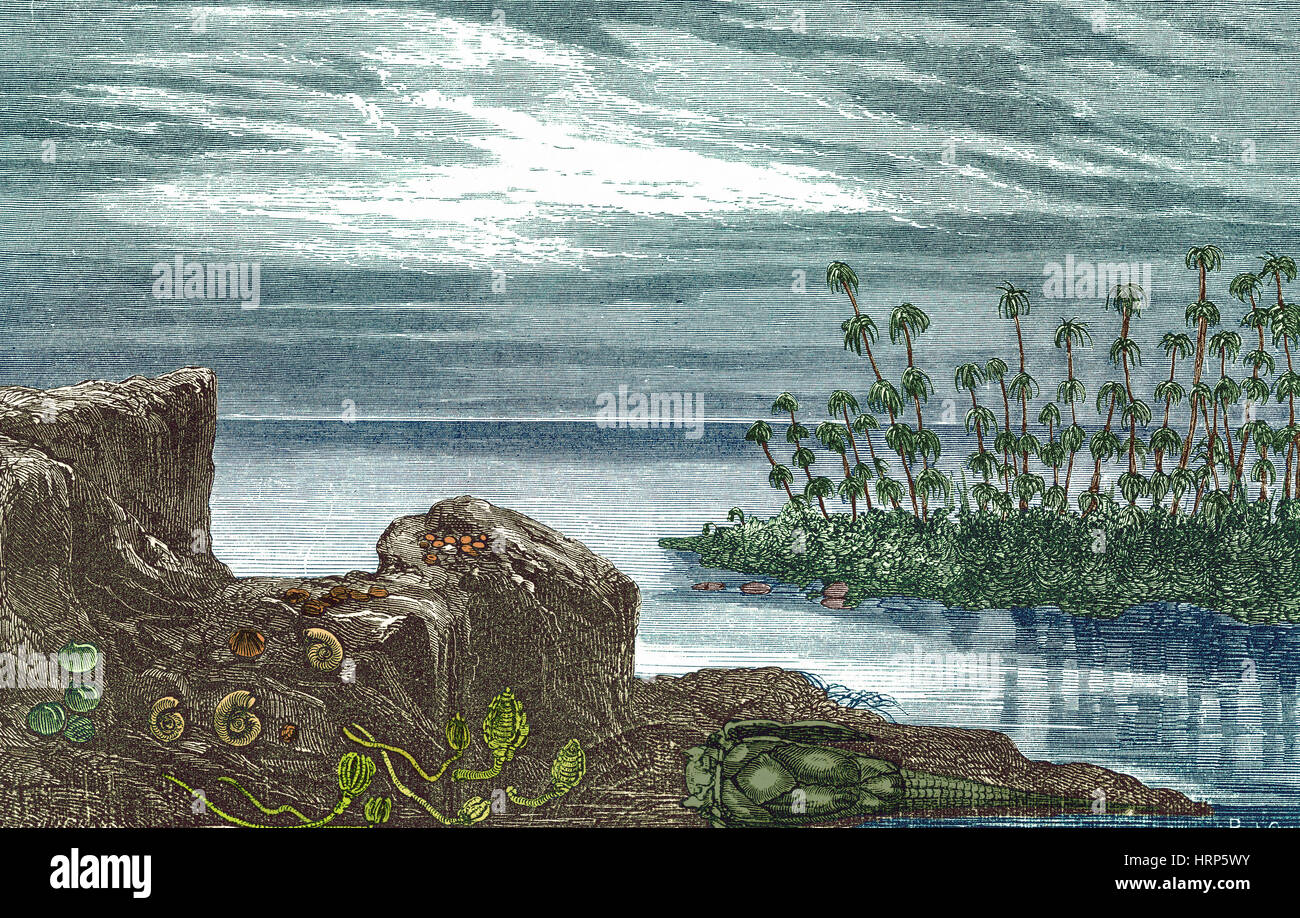 Devonian Period Stock Photohttps://www.alamy.com/image-license-details/?v=1https://www.alamy.com/stock-photo-devonian-period-135097255.html
Devonian Period Stock Photohttps://www.alamy.com/image-license-details/?v=1https://www.alamy.com/stock-photo-devonian-period-135097255.htmlRMHRP5WY–Devonian Period
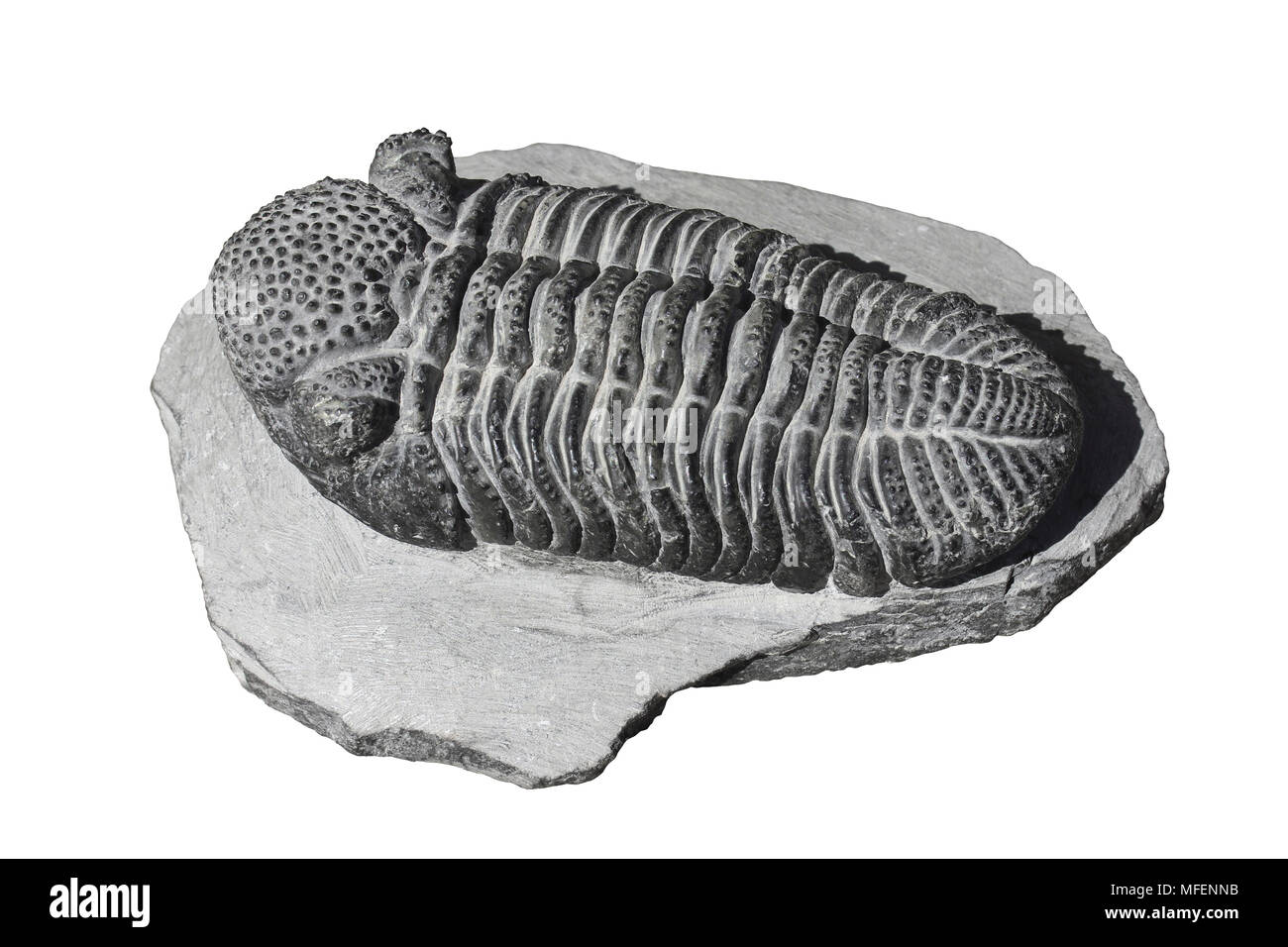 Trilobite Phacops sp. Devonian Period, Morocco Stock Photohttps://www.alamy.com/image-license-details/?v=1https://www.alamy.com/trilobite-phacops-sp-devonian-period-morocco-image181647911.html
Trilobite Phacops sp. Devonian Period, Morocco Stock Photohttps://www.alamy.com/image-license-details/?v=1https://www.alamy.com/trilobite-phacops-sp-devonian-period-morocco-image181647911.htmlRMMFENNB–Trilobite Phacops sp. Devonian Period, Morocco
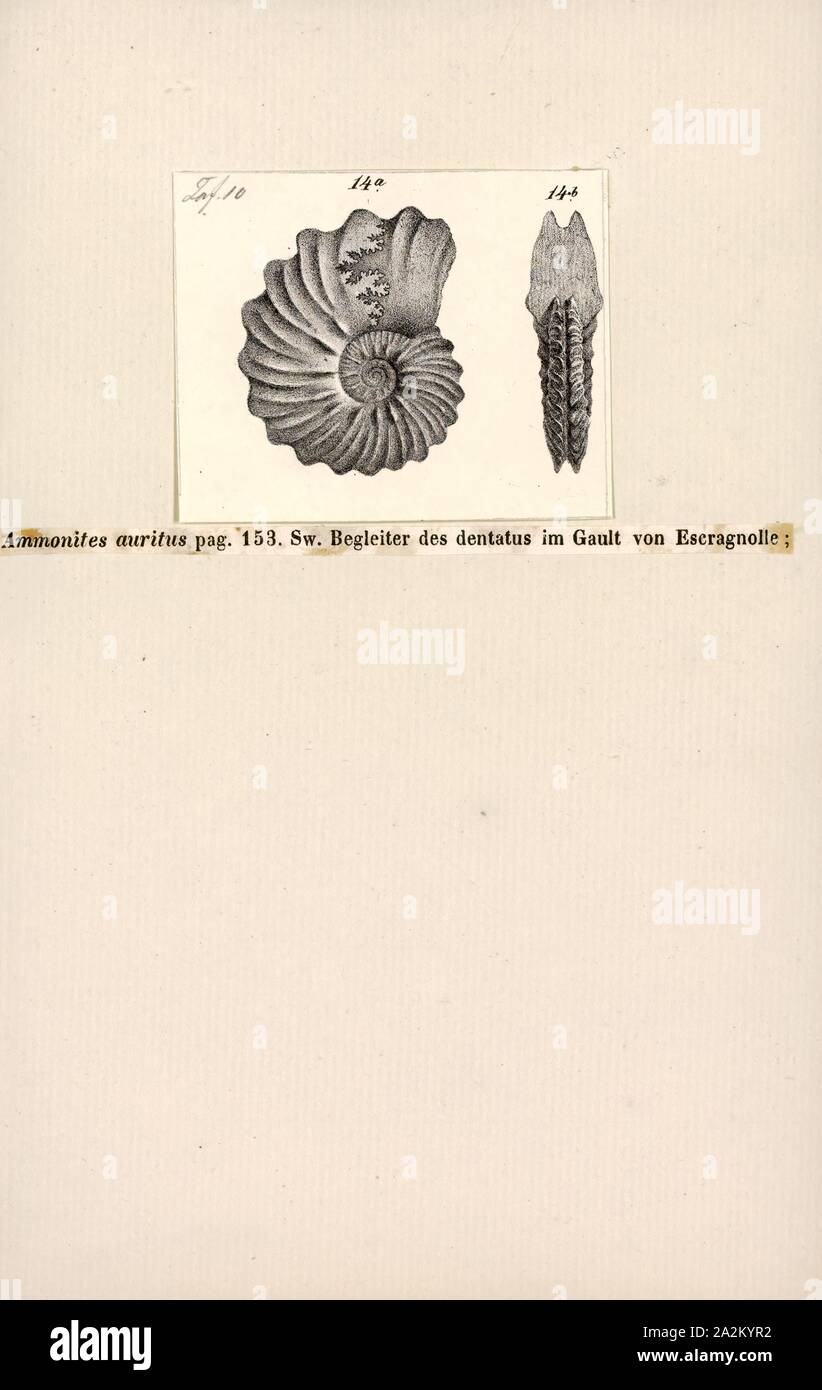 Ammonites auritus, Print, Ammonoidea, Ammonoids are a group of extinct marine mollusc animals in the subclass Ammonoidea of the class Cephalopoda. These molluscs, commonly referred to as ammonites, are more closely related to living coleoids (i.e., octopuses, squid, and cuttlefish) than they are to shelled nautiloids such as the living Nautilus species. The earliest ammonites appear during the Devonian, and the last species died out in the Cretaceous–Paleogene extinction event Stock Photohttps://www.alamy.com/image-license-details/?v=1https://www.alamy.com/ammonites-auritus-print-ammonoidea-ammonoids-are-a-group-of-extinct-marine-mollusc-animals-in-the-subclass-ammonoidea-of-the-class-cephalopoda-these-molluscs-commonly-referred-to-as-ammonites-are-more-closely-related-to-living-coleoids-ie-octopuses-squid-and-cuttlefish-than-they-are-to-shelled-nautiloids-such-as-the-living-nautilus-species-the-earliest-ammonites-appear-during-the-devonian-and-the-last-species-died-out-in-the-cretaceouspaleogene-extinction-event-image328665206.html
Ammonites auritus, Print, Ammonoidea, Ammonoids are a group of extinct marine mollusc animals in the subclass Ammonoidea of the class Cephalopoda. These molluscs, commonly referred to as ammonites, are more closely related to living coleoids (i.e., octopuses, squid, and cuttlefish) than they are to shelled nautiloids such as the living Nautilus species. The earliest ammonites appear during the Devonian, and the last species died out in the Cretaceous–Paleogene extinction event Stock Photohttps://www.alamy.com/image-license-details/?v=1https://www.alamy.com/ammonites-auritus-print-ammonoidea-ammonoids-are-a-group-of-extinct-marine-mollusc-animals-in-the-subclass-ammonoidea-of-the-class-cephalopoda-these-molluscs-commonly-referred-to-as-ammonites-are-more-closely-related-to-living-coleoids-ie-octopuses-squid-and-cuttlefish-than-they-are-to-shelled-nautiloids-such-as-the-living-nautilus-species-the-earliest-ammonites-appear-during-the-devonian-and-the-last-species-died-out-in-the-cretaceouspaleogene-extinction-event-image328665206.htmlRM2A2KYR2–Ammonites auritus, Print, Ammonoidea, Ammonoids are a group of extinct marine mollusc animals in the subclass Ammonoidea of the class Cephalopoda. These molluscs, commonly referred to as ammonites, are more closely related to living coleoids (i.e., octopuses, squid, and cuttlefish) than they are to shelled nautiloids such as the living Nautilus species. The earliest ammonites appear during the Devonian, and the last species died out in the Cretaceous–Paleogene extinction event
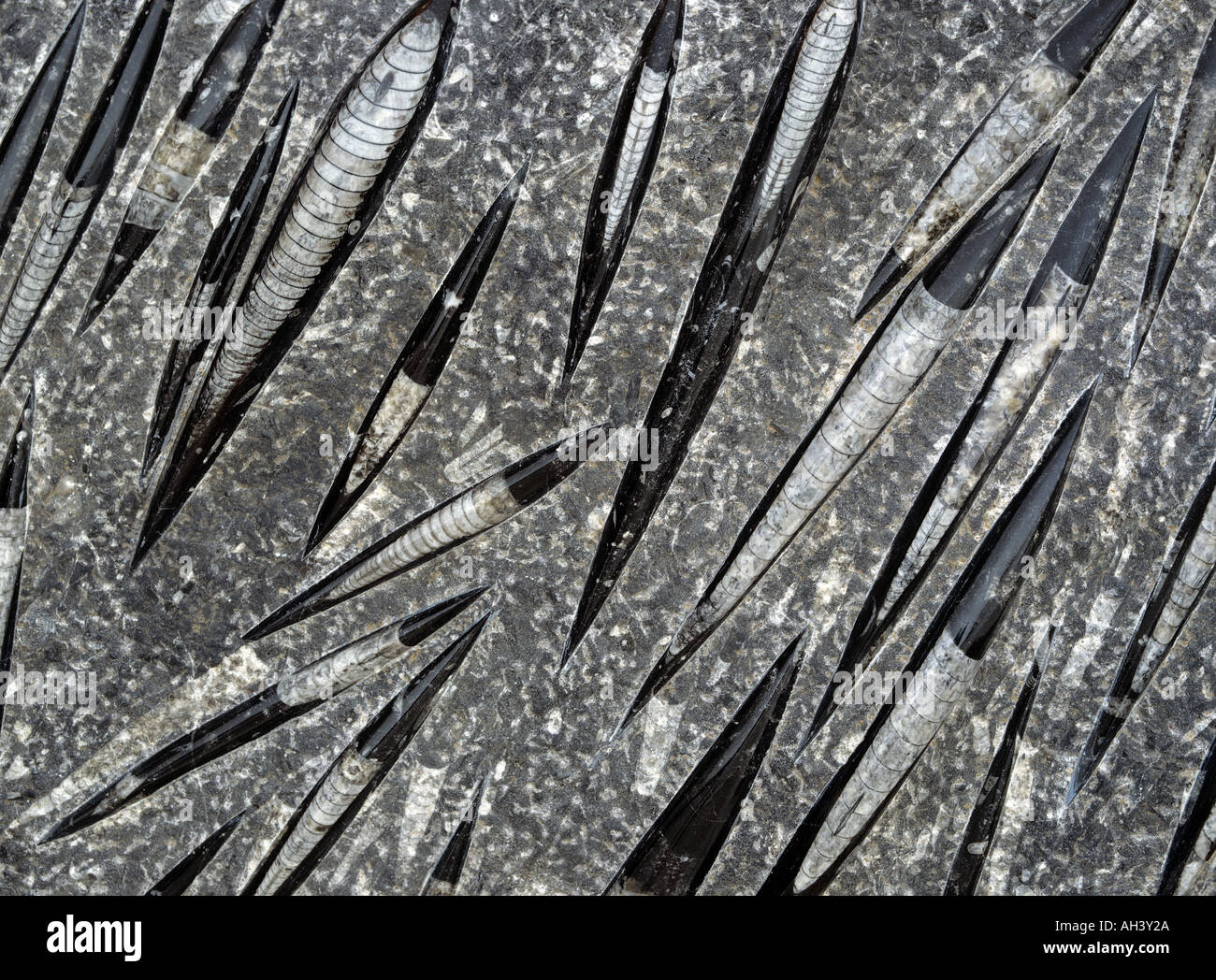 Orthoceras mollusc fossil slab 350 to 500 millions years old, fossil marine organisms Stock Photohttps://www.alamy.com/image-license-details/?v=1https://www.alamy.com/orthoceras-mollusc-fossil-slab-350-to-500-millions-years-old-fossil-image4685609.html
Orthoceras mollusc fossil slab 350 to 500 millions years old, fossil marine organisms Stock Photohttps://www.alamy.com/image-license-details/?v=1https://www.alamy.com/orthoceras-mollusc-fossil-slab-350-to-500-millions-years-old-fossil-image4685609.htmlRMAH3Y2A–Orthoceras mollusc fossil slab 350 to 500 millions years old, fossil marine organisms
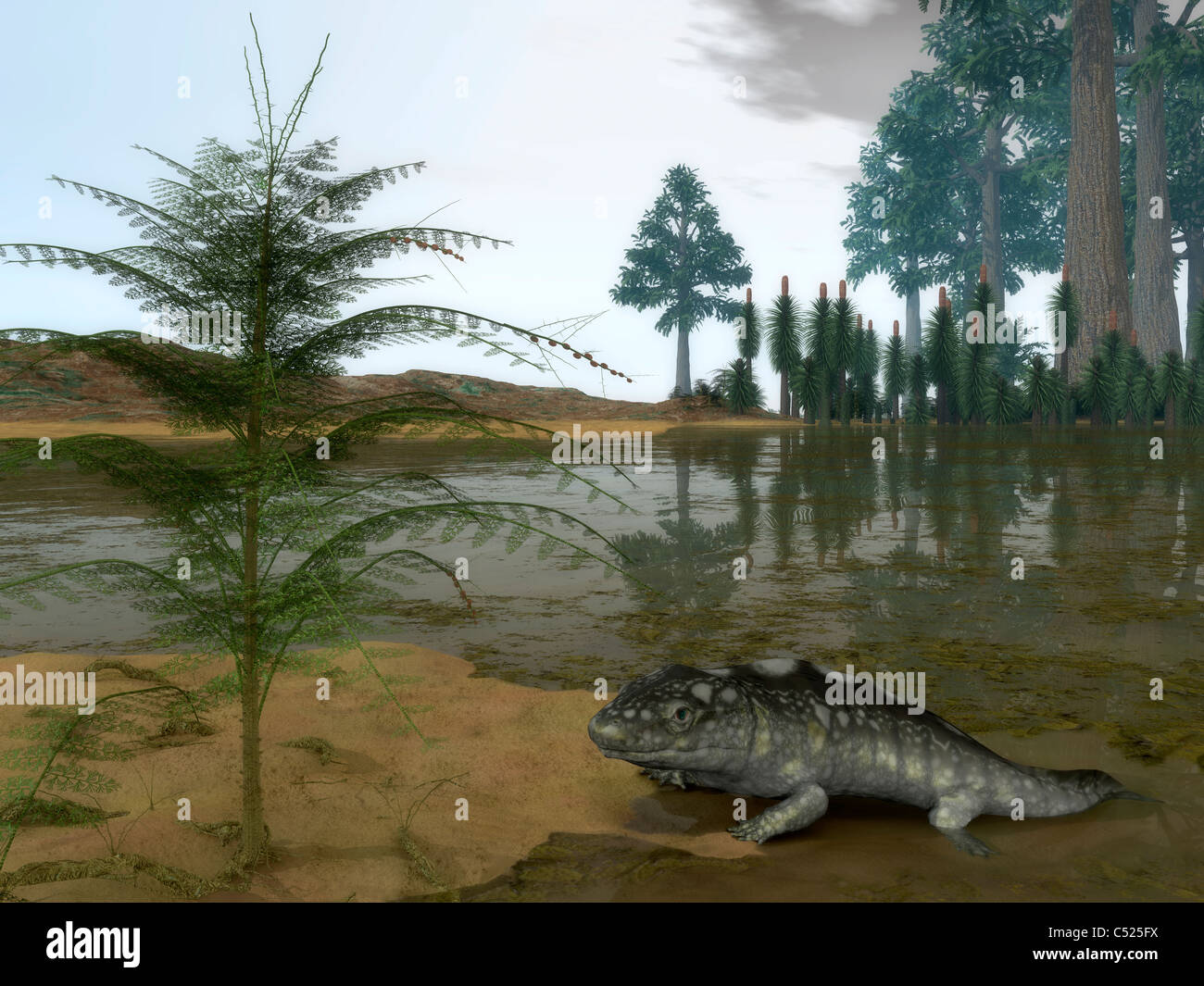 A Late Devonian Ichthyostega emerges from waters of a floodplain. Stock Photohttps://www.alamy.com/image-license-details/?v=1https://www.alamy.com/stock-photo-a-late-devonian-ichthyostega-emerges-from-waters-of-a-floodplain-37542286.html
A Late Devonian Ichthyostega emerges from waters of a floodplain. Stock Photohttps://www.alamy.com/image-license-details/?v=1https://www.alamy.com/stock-photo-a-late-devonian-ichthyostega-emerges-from-waters-of-a-floodplain-37542286.htmlRMC525FX–A Late Devonian Ichthyostega emerges from waters of a floodplain.
![Fossil Fish [Pterichthodes milleri] Mid-Devonian - Caithness Scotland - Placoderm Stock Photo Fossil Fish [Pterichthodes milleri] Mid-Devonian - Caithness Scotland - Placoderm Stock Photo](https://c8.alamy.com/comp/B94B1D/fossil-fish-pterichthodes-milleri-mid-devonian-caithness-scotland-B94B1D.jpg) Fossil Fish [Pterichthodes milleri] Mid-Devonian - Caithness Scotland - Placoderm Stock Photohttps://www.alamy.com/image-license-details/?v=1https://www.alamy.com/stock-photo-fossil-fish-pterichthodes-milleri-mid-devonian-caithness-scotland-22838745.html
Fossil Fish [Pterichthodes milleri] Mid-Devonian - Caithness Scotland - Placoderm Stock Photohttps://www.alamy.com/image-license-details/?v=1https://www.alamy.com/stock-photo-fossil-fish-pterichthodes-milleri-mid-devonian-caithness-scotland-22838745.htmlRMB94B1D–Fossil Fish [Pterichthodes milleri] Mid-Devonian - Caithness Scotland - Placoderm
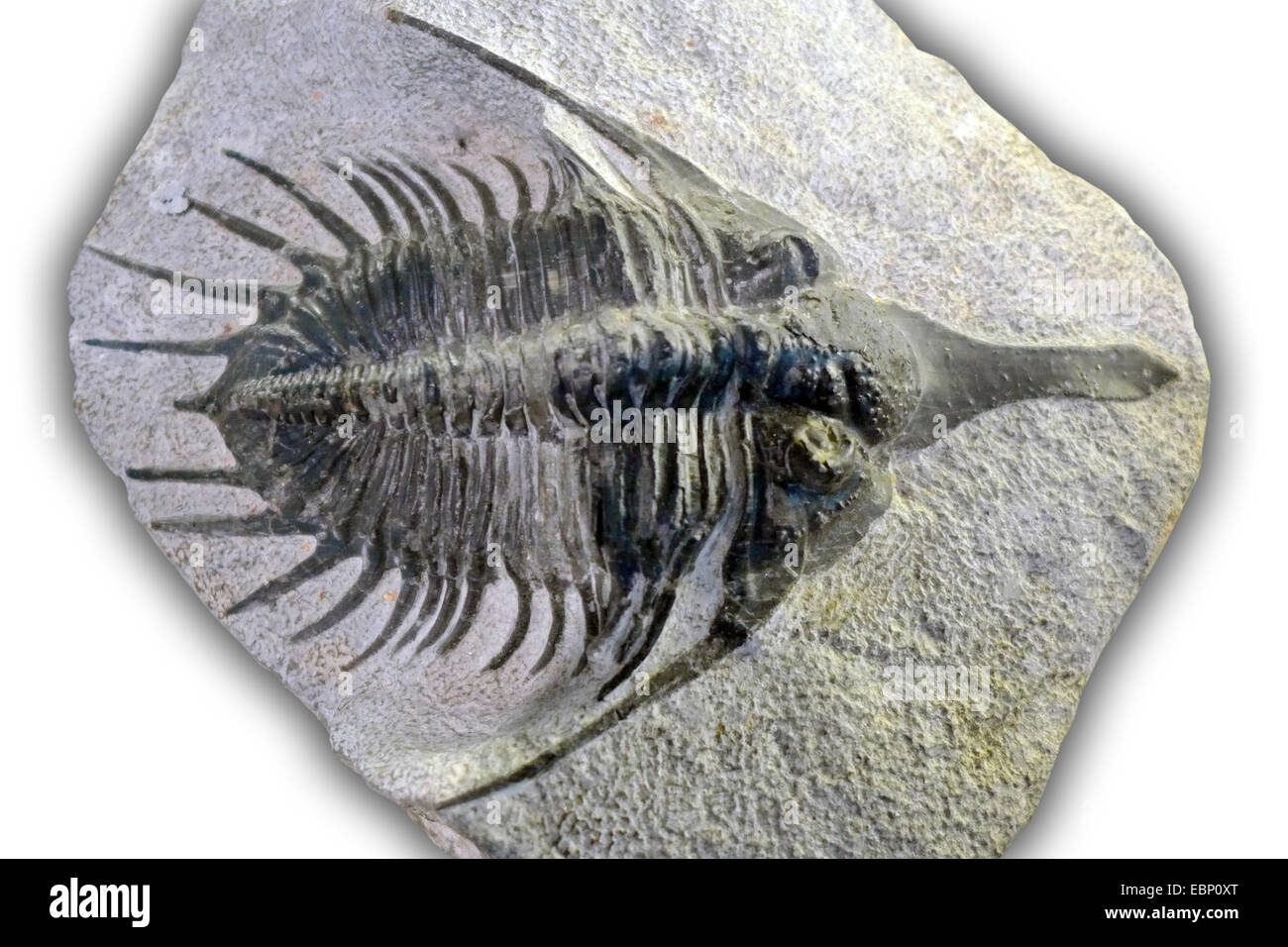 trilobite (Psychopyge elegans), Devonian trilobite (410-360 million years), location Morocco Stock Photohttps://www.alamy.com/image-license-details/?v=1https://www.alamy.com/stock-photo-trilobite-psychopyge-elegans-devonian-trilobite-410-360-million-years-76086384.html
trilobite (Psychopyge elegans), Devonian trilobite (410-360 million years), location Morocco Stock Photohttps://www.alamy.com/image-license-details/?v=1https://www.alamy.com/stock-photo-trilobite-psychopyge-elegans-devonian-trilobite-410-360-million-years-76086384.htmlRMEBP0XT–trilobite (Psychopyge elegans), Devonian trilobite (410-360 million years), location Morocco
 The Late Devonian monster Dunkleosteus (Safari, 2006) terrorized the ancient world's oceans 385 to 359 million years ago. Stock Photohttps://www.alamy.com/image-license-details/?v=1https://www.alamy.com/the-late-devonian-monster-dunkleosteus-safari-2006-terrorized-the-ancient-worlds-oceans-385-to-359-million-years-ago-image570957507.html
The Late Devonian monster Dunkleosteus (Safari, 2006) terrorized the ancient world's oceans 385 to 359 million years ago. Stock Photohttps://www.alamy.com/image-license-details/?v=1https://www.alamy.com/the-late-devonian-monster-dunkleosteus-safari-2006-terrorized-the-ancient-worlds-oceans-385-to-359-million-years-ago-image570957507.htmlRF2T4WA3F–The Late Devonian monster Dunkleosteus (Safari, 2006) terrorized the ancient world's oceans 385 to 359 million years ago.
 Digital illustration of Drepanaspis swimming underwater Stock Photohttps://www.alamy.com/image-license-details/?v=1https://www.alamy.com/digital-illustration-of-drepanaspis-swimming-underwater-image216251228.html
Digital illustration of Drepanaspis swimming underwater Stock Photohttps://www.alamy.com/image-license-details/?v=1https://www.alamy.com/digital-illustration-of-drepanaspis-swimming-underwater-image216251228.htmlRMPFR2J4–Digital illustration of Drepanaspis swimming underwater
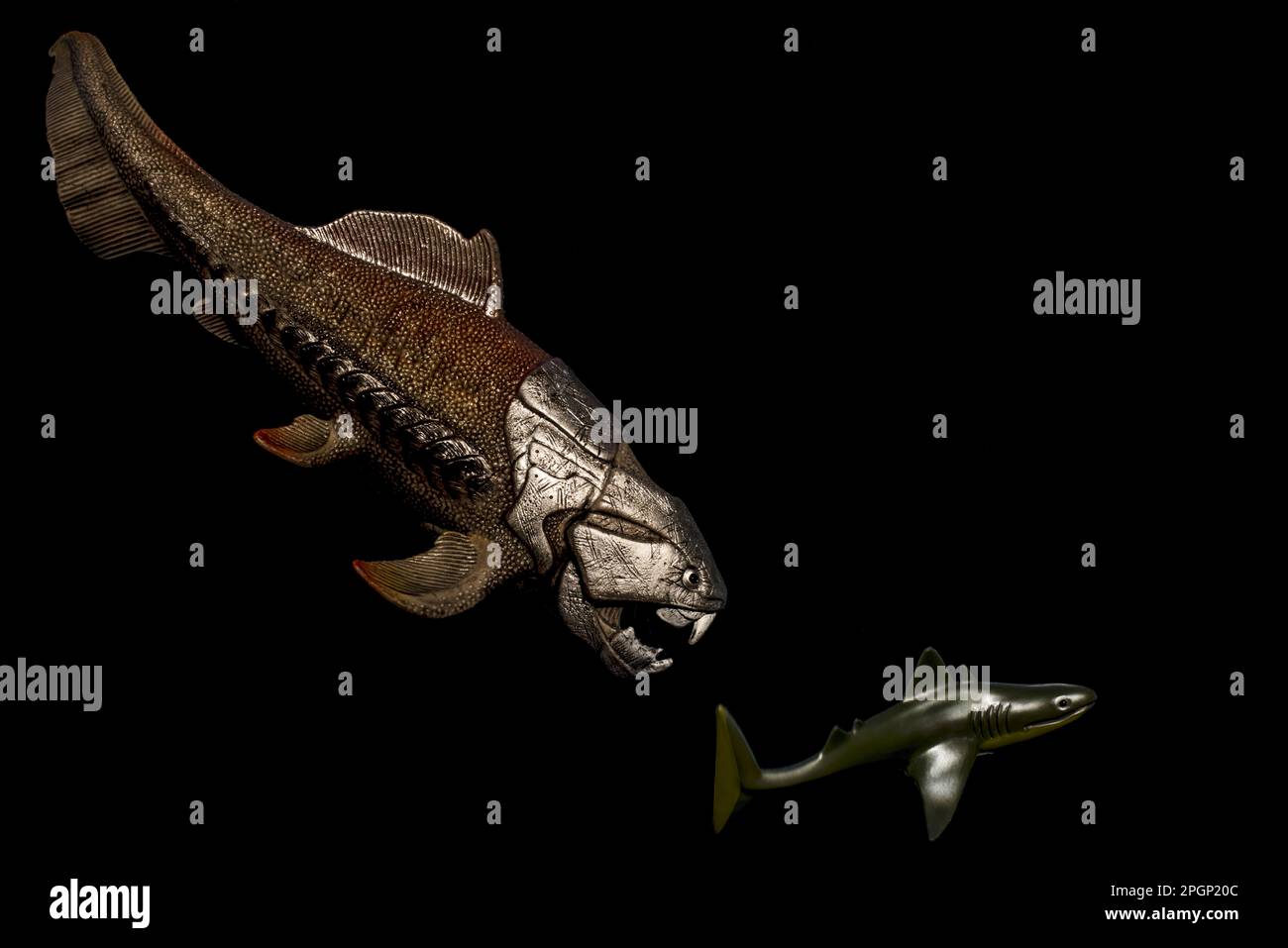 This brilliant model of the Late Devonian monster Dunkleosteus (by Schleich, 2015) shows a creature that terrorized the ancient world's oceans. Stock Photohttps://www.alamy.com/image-license-details/?v=1https://www.alamy.com/this-brilliant-model-of-the-late-devonian-monster-dunkleosteus-by-schleich-2015-shows-a-creature-that-terrorized-the-ancient-worlds-oceans-image543840428.html
This brilliant model of the Late Devonian monster Dunkleosteus (by Schleich, 2015) shows a creature that terrorized the ancient world's oceans. Stock Photohttps://www.alamy.com/image-license-details/?v=1https://www.alamy.com/this-brilliant-model-of-the-late-devonian-monster-dunkleosteus-by-schleich-2015-shows-a-creature-that-terrorized-the-ancient-worlds-oceans-image543840428.htmlRF2PGP20C–This brilliant model of the Late Devonian monster Dunkleosteus (by Schleich, 2015) shows a creature that terrorized the ancient world's oceans.
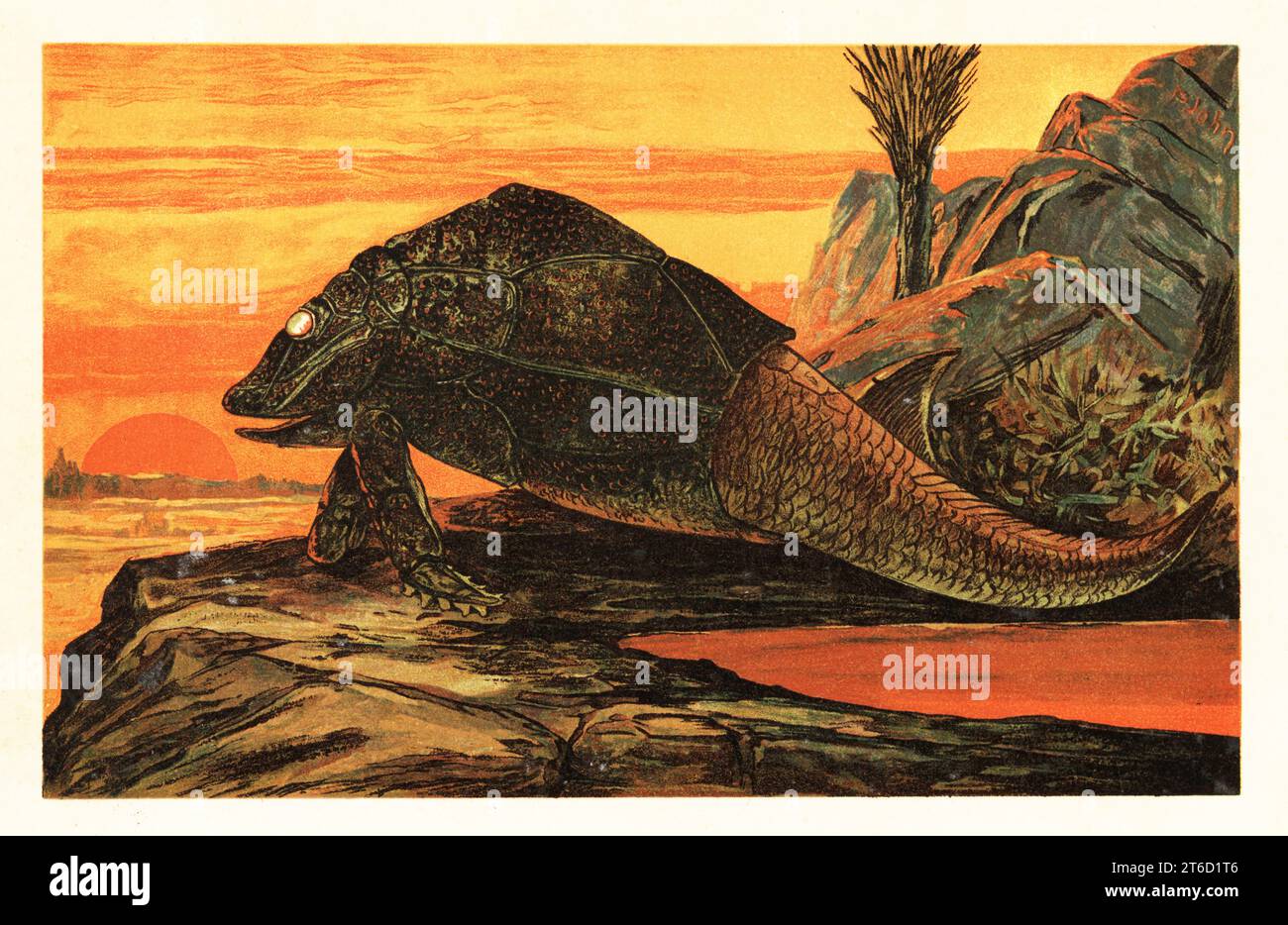 Asterolepis cornutus, extinct species of armour-plated fish, antiarch placoderm of the Devonian. Flugelfisch (Pterichthys cornutus Agassiz). Colour printed illustration by F. John from Wilhelm Bolsches Tiere der Urwelt (Animals of the Prehistoric World), Reichardt Cocoa company, Hamburg, 1908. Stock Photohttps://www.alamy.com/image-license-details/?v=1https://www.alamy.com/asterolepis-cornutus-extinct-species-of-armour-plated-fish-antiarch-placoderm-of-the-devonian-flugelfisch-pterichthys-cornutus-agassiz-colour-printed-illustration-by-f-john-from-wilhelm-bolsches-tiere-der-urwelt-animals-of-the-prehistoric-world-reichardt-cocoa-company-hamburg-1908-image571916918.html
Asterolepis cornutus, extinct species of armour-plated fish, antiarch placoderm of the Devonian. Flugelfisch (Pterichthys cornutus Agassiz). Colour printed illustration by F. John from Wilhelm Bolsches Tiere der Urwelt (Animals of the Prehistoric World), Reichardt Cocoa company, Hamburg, 1908. Stock Photohttps://www.alamy.com/image-license-details/?v=1https://www.alamy.com/asterolepis-cornutus-extinct-species-of-armour-plated-fish-antiarch-placoderm-of-the-devonian-flugelfisch-pterichthys-cornutus-agassiz-colour-printed-illustration-by-f-john-from-wilhelm-bolsches-tiere-der-urwelt-animals-of-the-prehistoric-world-reichardt-cocoa-company-hamburg-1908-image571916918.htmlRM2T6D1T6–Asterolepis cornutus, extinct species of armour-plated fish, antiarch placoderm of the Devonian. Flugelfisch (Pterichthys cornutus Agassiz). Colour printed illustration by F. John from Wilhelm Bolsches Tiere der Urwelt (Animals of the Prehistoric World), Reichardt Cocoa company, Hamburg, 1908.
 trilobite stone fossil sample with ridges and detail Stock Photohttps://www.alamy.com/image-license-details/?v=1https://www.alamy.com/trilobite-stone-fossil-sample-with-ridges-and-detail-image389257463.html
trilobite stone fossil sample with ridges and detail Stock Photohttps://www.alamy.com/image-license-details/?v=1https://www.alamy.com/trilobite-stone-fossil-sample-with-ridges-and-detail-image389257463.htmlRF2DH85T7–trilobite stone fossil sample with ridges and detail
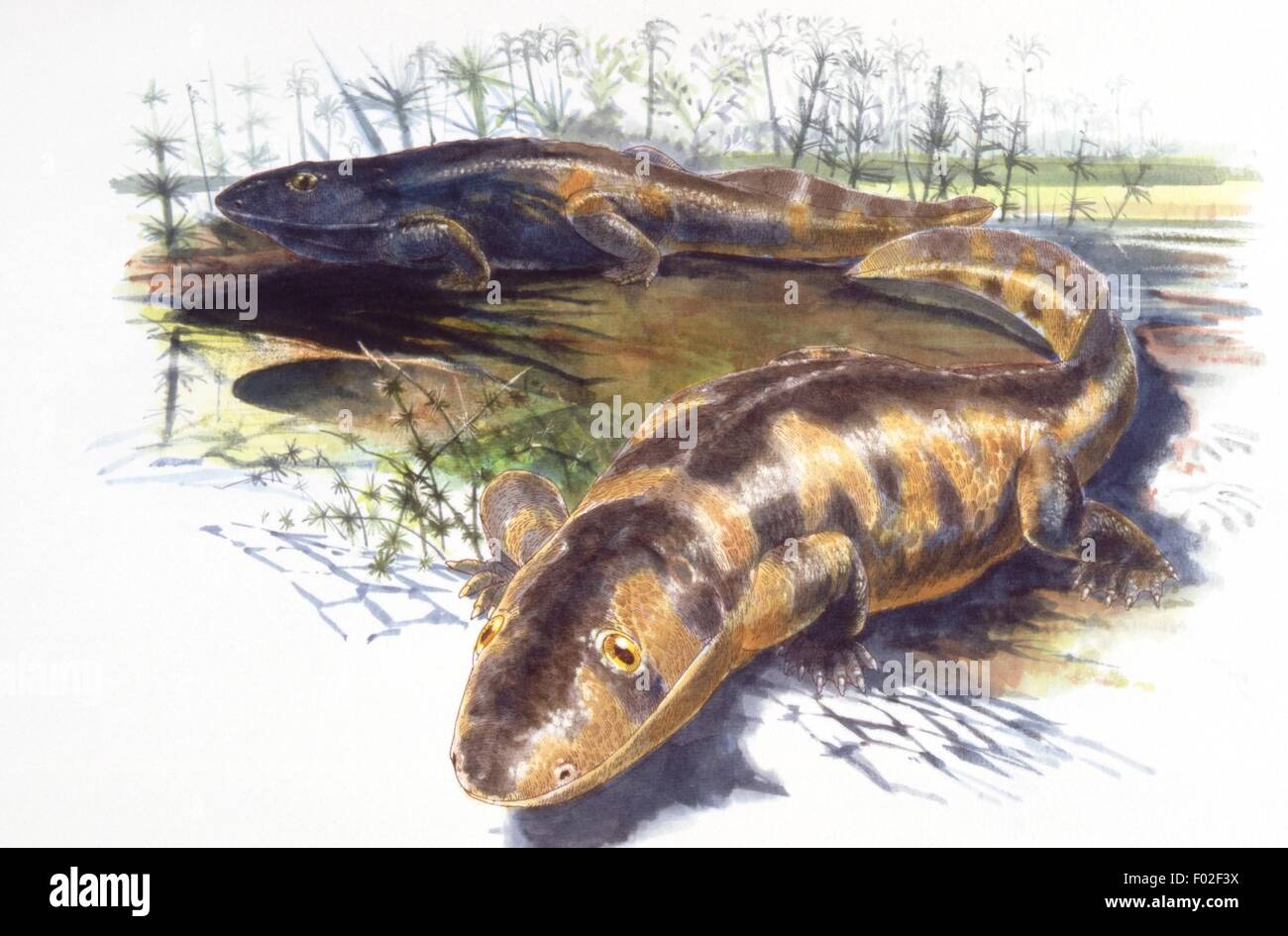 Palaeozoology - Devonian period - Fossil amphibians - Ichthyostega - Art work by James Robins Stock Photohttps://www.alamy.com/image-license-details/?v=1https://www.alamy.com/stock-photo-palaeozoology-devonian-period-fossil-amphibians-ichthyostega-art-work-86107614.html
Palaeozoology - Devonian period - Fossil amphibians - Ichthyostega - Art work by James Robins Stock Photohttps://www.alamy.com/image-license-details/?v=1https://www.alamy.com/stock-photo-palaeozoology-devonian-period-fossil-amphibians-ichthyostega-art-work-86107614.htmlRMF02F3X–Palaeozoology - Devonian period - Fossil amphibians - Ichthyostega - Art work by James Robins
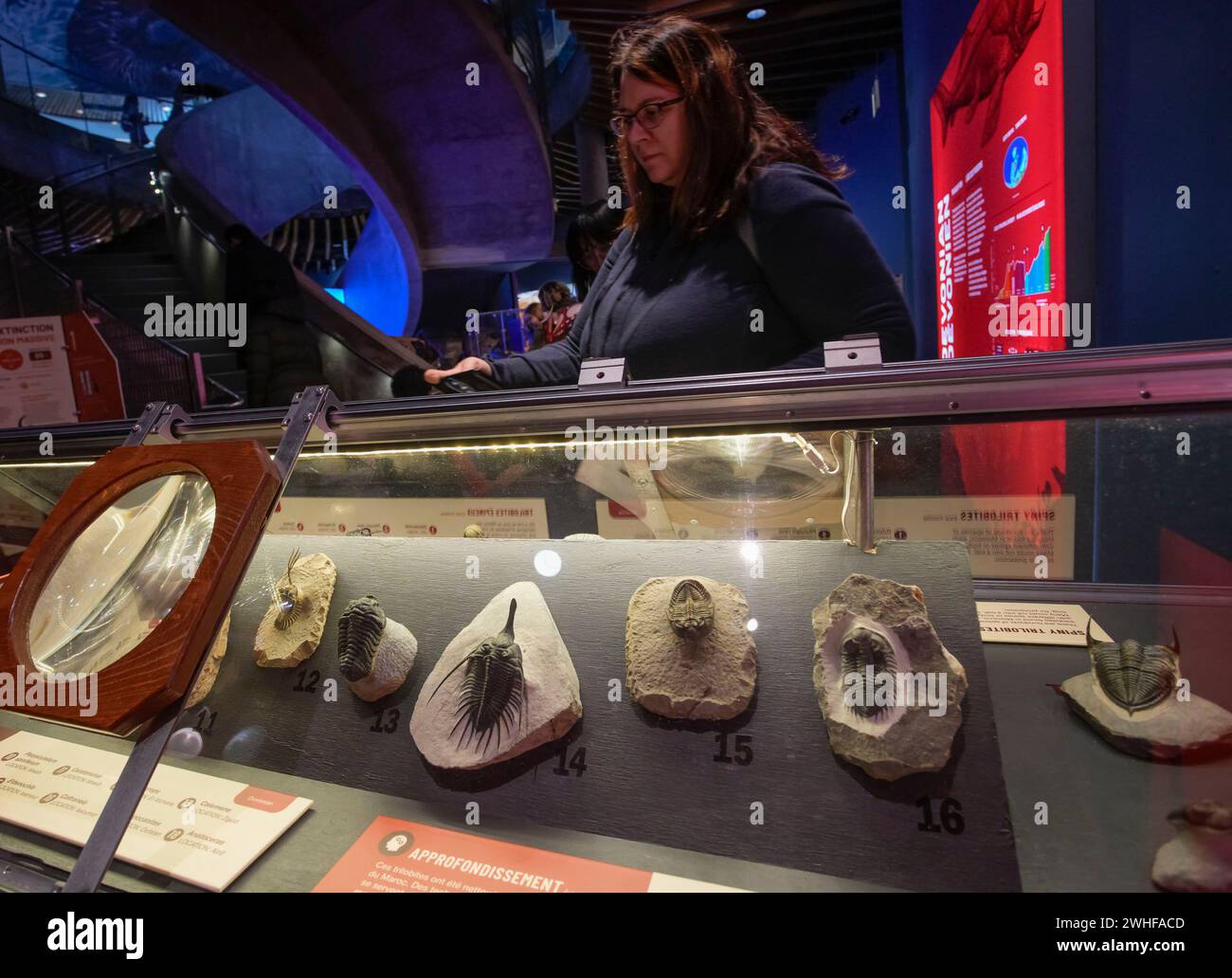 Vancouver, Friday. 2nd Sep, 2024. Fossils of water animals from the Devonian Period are on display during the Monsters of the Abyss exhibition at the Vancouver Aquarium in Vancouver, British Columbia, Canada, Feb. 9, 2024. The Vancouver Aquarium's new exhibition, 'Monsters of the Abyss', kicked off on Friday, highlighting the past and present of aquatic animals through interactive displays, live exhibits, and skeletons such as Megalodon and Spinosaurus. The exhibition will last till Sept. 2, 2024. Credit: Liang Sen/ Xinhua/Alamy Live News Stock Photohttps://www.alamy.com/image-license-details/?v=1https://www.alamy.com/vancouver-friday-2nd-sep-2024-fossils-of-water-animals-from-the-devonian-period-are-on-display-during-the-monsters-of-the-abyss-exhibition-at-the-vancouver-aquarium-in-vancouver-british-columbia-canada-feb-9-2024-the-vancouver-aquariums-new-exhibition-monsters-of-the-abyss-kicked-off-on-friday-highlighting-the-past-and-present-of-aquatic-animals-through-interactive-displays-live-exhibits-and-skeletons-such-as-megalodon-and-spinosaurus-the-exhibition-will-last-till-sept-2-2024-credit-liang-sen-xinhuaalamy-live-news-image595939133.html
Vancouver, Friday. 2nd Sep, 2024. Fossils of water animals from the Devonian Period are on display during the Monsters of the Abyss exhibition at the Vancouver Aquarium in Vancouver, British Columbia, Canada, Feb. 9, 2024. The Vancouver Aquarium's new exhibition, 'Monsters of the Abyss', kicked off on Friday, highlighting the past and present of aquatic animals through interactive displays, live exhibits, and skeletons such as Megalodon and Spinosaurus. The exhibition will last till Sept. 2, 2024. Credit: Liang Sen/ Xinhua/Alamy Live News Stock Photohttps://www.alamy.com/image-license-details/?v=1https://www.alamy.com/vancouver-friday-2nd-sep-2024-fossils-of-water-animals-from-the-devonian-period-are-on-display-during-the-monsters-of-the-abyss-exhibition-at-the-vancouver-aquarium-in-vancouver-british-columbia-canada-feb-9-2024-the-vancouver-aquariums-new-exhibition-monsters-of-the-abyss-kicked-off-on-friday-highlighting-the-past-and-present-of-aquatic-animals-through-interactive-displays-live-exhibits-and-skeletons-such-as-megalodon-and-spinosaurus-the-exhibition-will-last-till-sept-2-2024-credit-liang-sen-xinhuaalamy-live-news-image595939133.htmlRM2WHFACD–Vancouver, Friday. 2nd Sep, 2024. Fossils of water animals from the Devonian Period are on display during the Monsters of the Abyss exhibition at the Vancouver Aquarium in Vancouver, British Columbia, Canada, Feb. 9, 2024. The Vancouver Aquarium's new exhibition, 'Monsters of the Abyss', kicked off on Friday, highlighting the past and present of aquatic animals through interactive displays, live exhibits, and skeletons such as Megalodon and Spinosaurus. The exhibition will last till Sept. 2, 2024. Credit: Liang Sen/ Xinhua/Alamy Live News
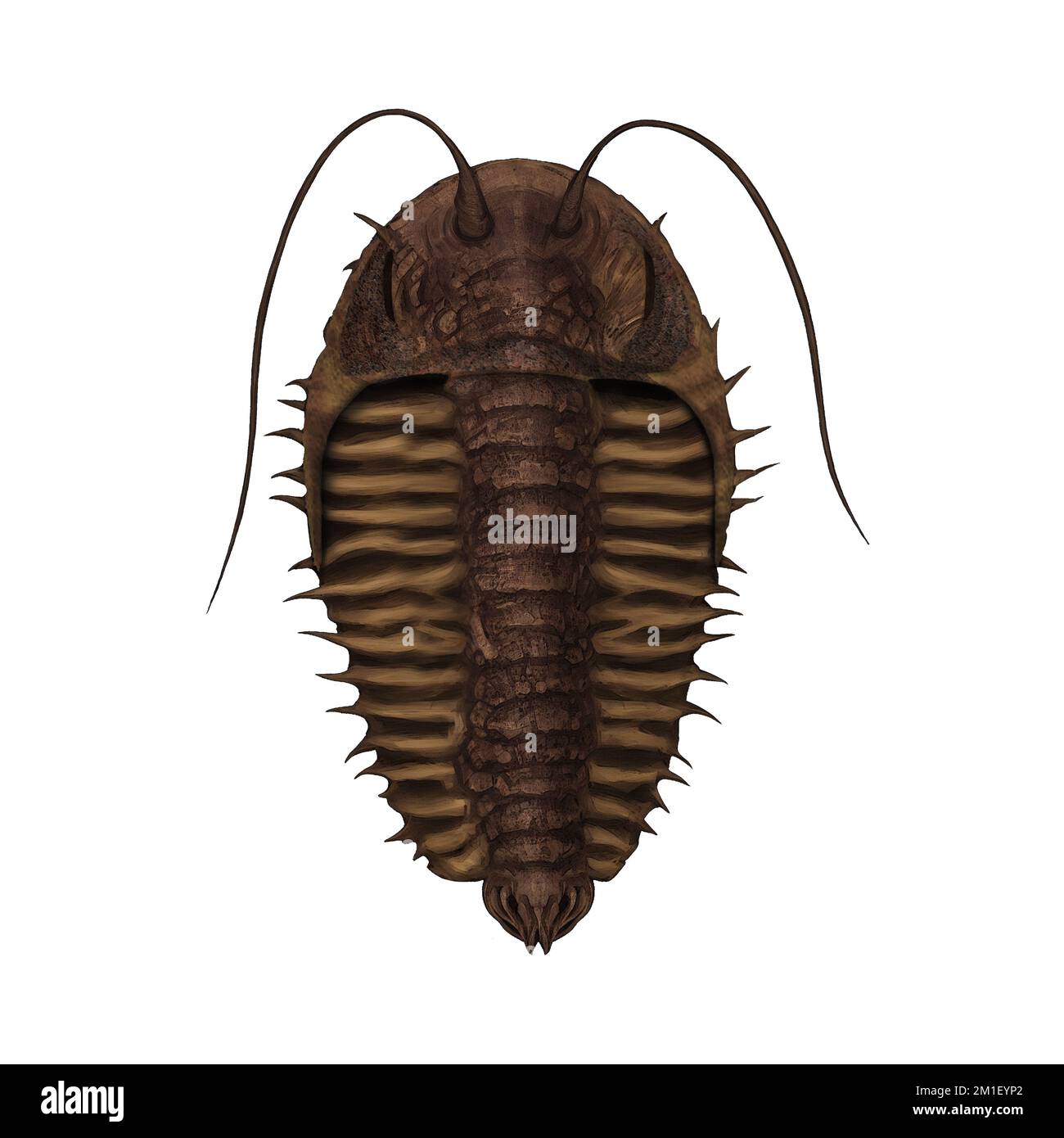 Devonian Trilobite Variant 3 Extinct Arthropod Digital Art By Winters860 Stock Photohttps://www.alamy.com/image-license-details/?v=1https://www.alamy.com/devonian-trilobite-variant-3-extinct-arthropod-digital-art-by-winters860-image500044442.html
Devonian Trilobite Variant 3 Extinct Arthropod Digital Art By Winters860 Stock Photohttps://www.alamy.com/image-license-details/?v=1https://www.alamy.com/devonian-trilobite-variant-3-extinct-arthropod-digital-art-by-winters860-image500044442.htmlRF2M1EYP2–Devonian Trilobite Variant 3 Extinct Arthropod Digital Art By Winters860
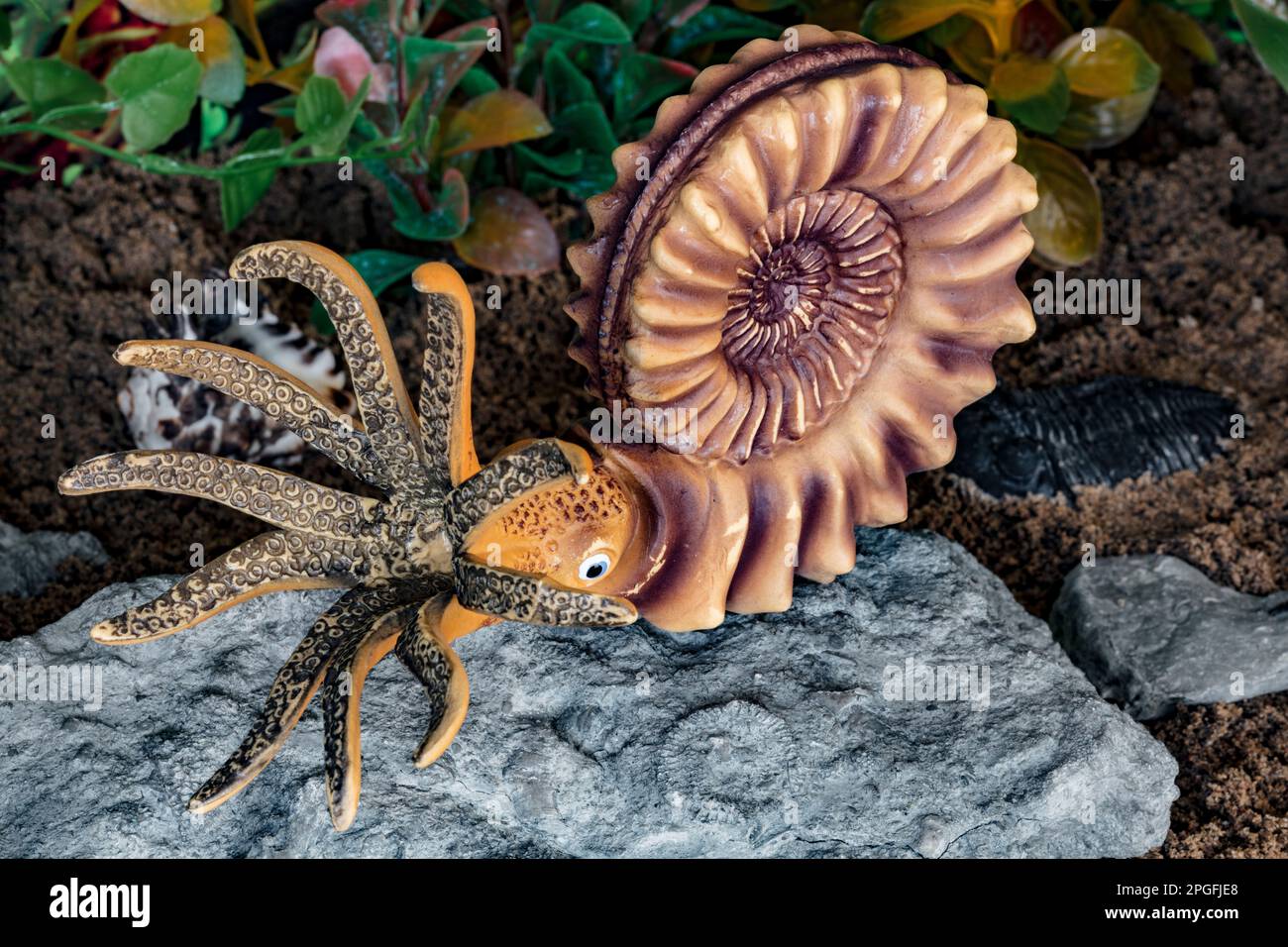 This model is made by Bullyland. Ammonites could be found from the Devonian Period to the late Cretaceous, 416 to 66 million years ago. Stock Photohttps://www.alamy.com/image-license-details/?v=1https://www.alamy.com/this-model-is-made-by-bullyland-ammonites-could-be-found-from-the-devonian-period-to-the-late-cretaceous-416-to-66-million-years-ago-image543699696.html
This model is made by Bullyland. Ammonites could be found from the Devonian Period to the late Cretaceous, 416 to 66 million years ago. Stock Photohttps://www.alamy.com/image-license-details/?v=1https://www.alamy.com/this-model-is-made-by-bullyland-ammonites-could-be-found-from-the-devonian-period-to-the-late-cretaceous-416-to-66-million-years-ago-image543699696.htmlRF2PGFJE8–This model is made by Bullyland. Ammonites could be found from the Devonian Period to the late Cretaceous, 416 to 66 million years ago.
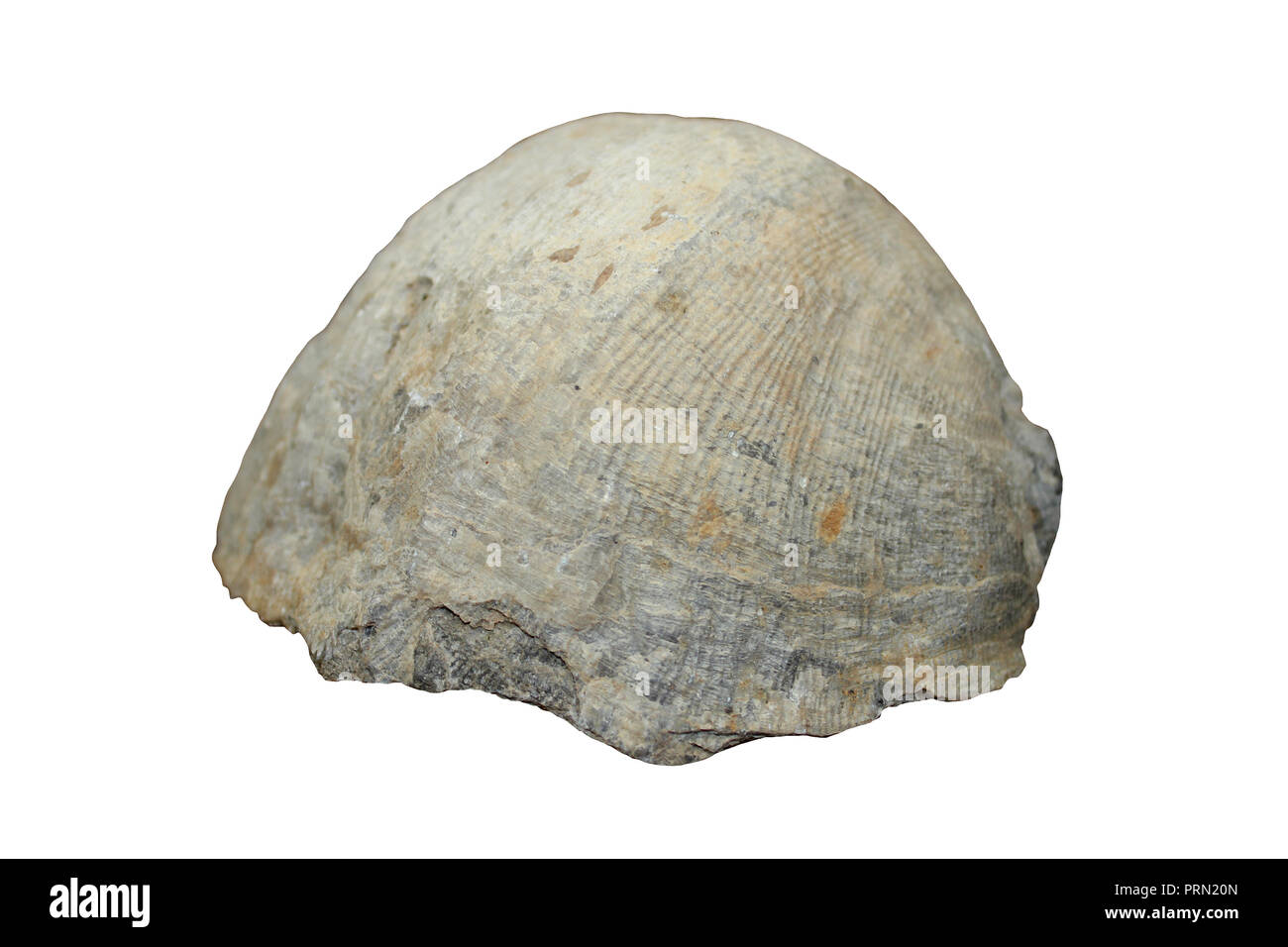 Brachiopod Gigantoproductus giganteus Stock Photohttps://www.alamy.com/image-license-details/?v=1https://www.alamy.com/brachiopod-gigantoproductus-giganteus-image221124085.html
Brachiopod Gigantoproductus giganteus Stock Photohttps://www.alamy.com/image-license-details/?v=1https://www.alamy.com/brachiopod-gigantoproductus-giganteus-image221124085.htmlRMPRN20N–Brachiopod Gigantoproductus giganteus
 Bothriolepis (by Kaiyodo) forages along the ocean floor during the Devonian Period, 387 to 360 m.y.a. Stock Photohttps://www.alamy.com/image-license-details/?v=1https://www.alamy.com/bothriolepis-by-kaiyodo-forages-along-the-ocean-floor-during-the-devonian-period-387-to-360-mya-image547683513.html
Bothriolepis (by Kaiyodo) forages along the ocean floor during the Devonian Period, 387 to 360 m.y.a. Stock Photohttps://www.alamy.com/image-license-details/?v=1https://www.alamy.com/bothriolepis-by-kaiyodo-forages-along-the-ocean-floor-during-the-devonian-period-387-to-360-mya-image547683513.htmlRF2PR13WD–Bothriolepis (by Kaiyodo) forages along the ocean floor during the Devonian Period, 387 to 360 m.y.a.
 Ammonite (Goniatite) Fossils, Morocco Stock Photohttps://www.alamy.com/image-license-details/?v=1https://www.alamy.com/ammonite-goniatite-fossils-morocco-image181647888.html
Ammonite (Goniatite) Fossils, Morocco Stock Photohttps://www.alamy.com/image-license-details/?v=1https://www.alamy.com/ammonite-goniatite-fossils-morocco-image181647888.htmlRMMFENMG–Ammonite (Goniatite) Fossils, Morocco
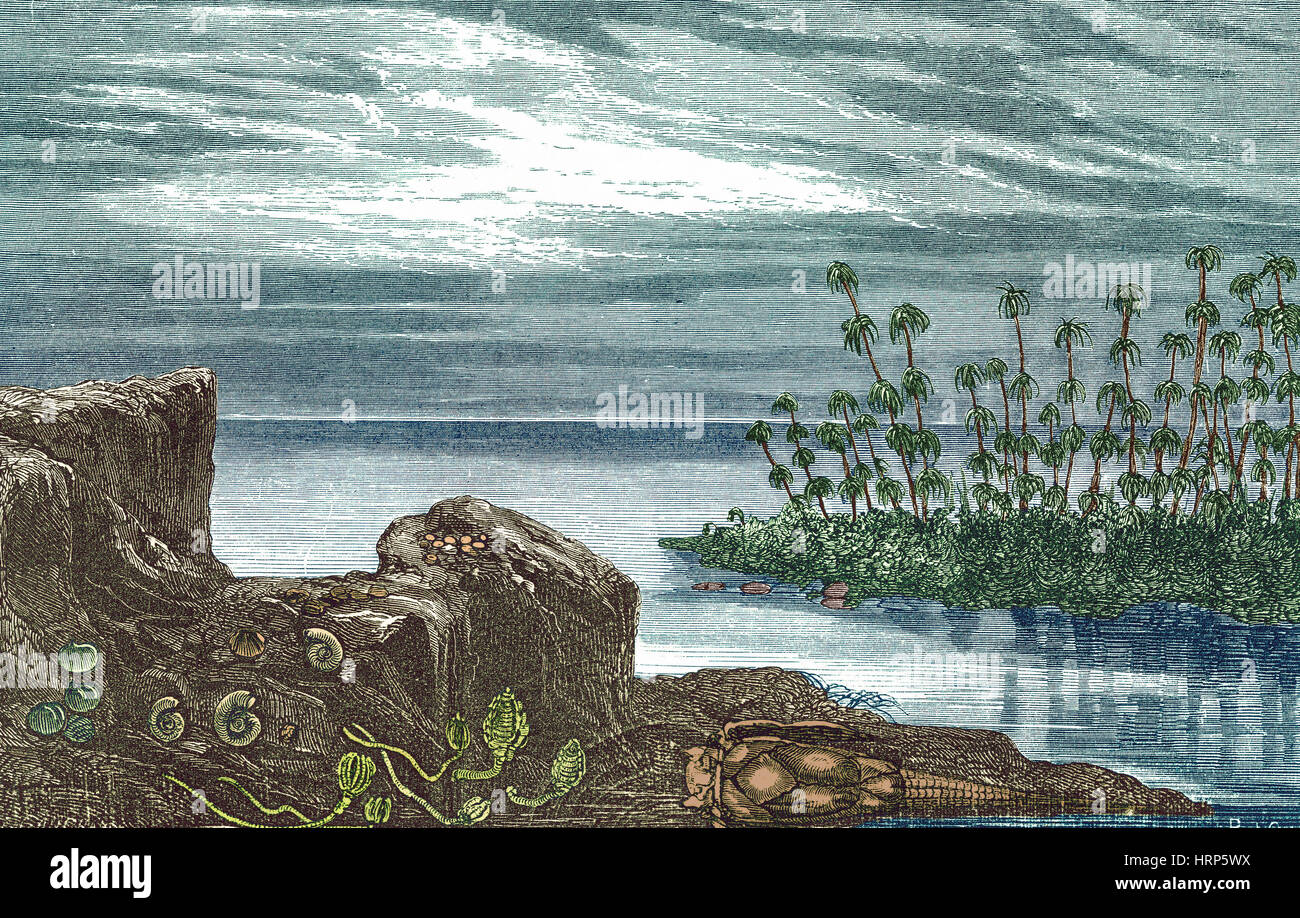 Devonian Period Stock Photohttps://www.alamy.com/image-license-details/?v=1https://www.alamy.com/stock-photo-devonian-period-135097254.html
Devonian Period Stock Photohttps://www.alamy.com/image-license-details/?v=1https://www.alamy.com/stock-photo-devonian-period-135097254.htmlRMHRP5WX–Devonian Period
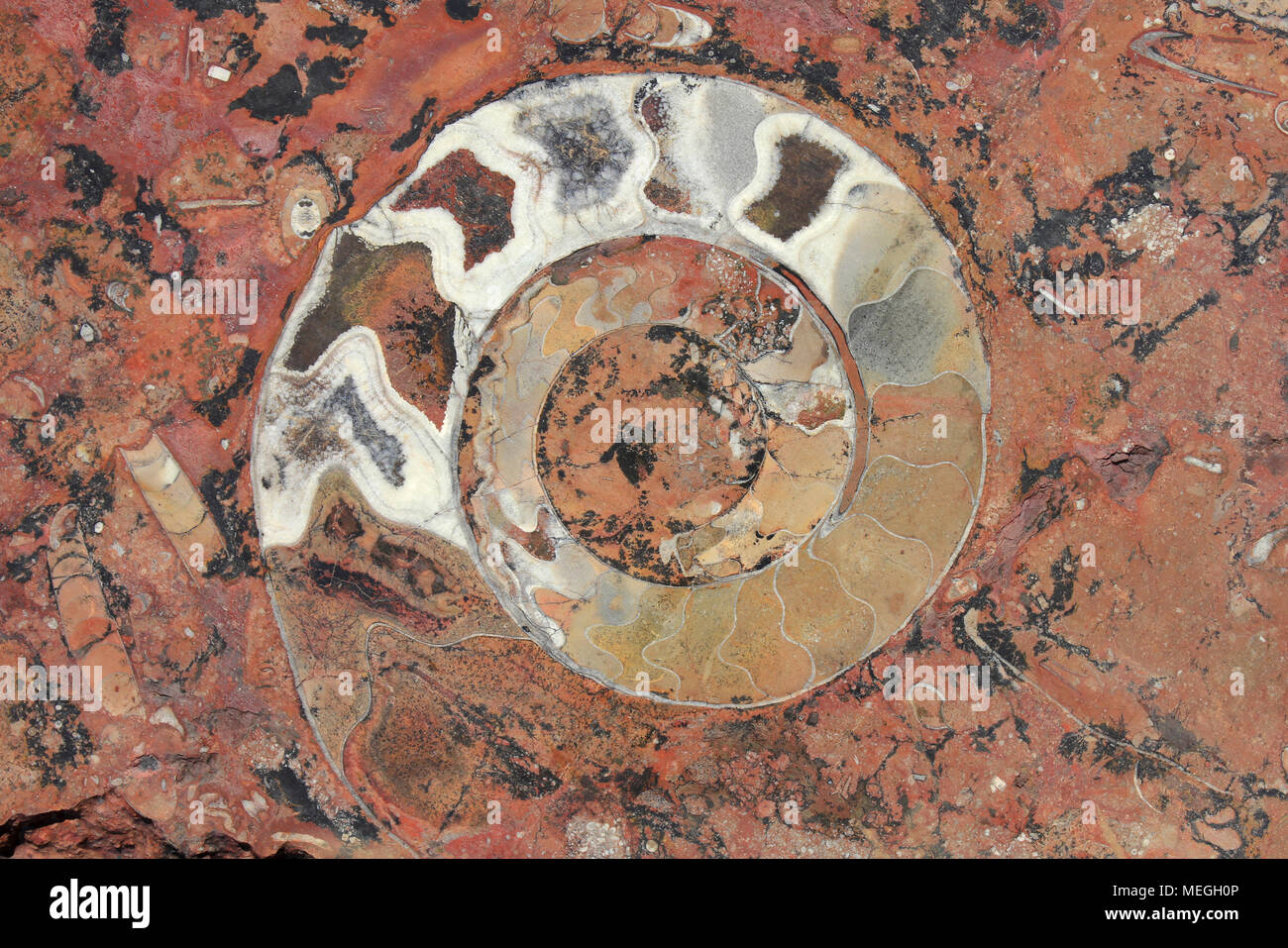 Ammonite (Goniatite) Fossil, Morocco Stock Photohttps://www.alamy.com/image-license-details/?v=1https://www.alamy.com/ammonite-goniatite-fossil-morocco-image181073446.html
Ammonite (Goniatite) Fossil, Morocco Stock Photohttps://www.alamy.com/image-license-details/?v=1https://www.alamy.com/ammonite-goniatite-fossil-morocco-image181073446.htmlRMMEGH0P–Ammonite (Goniatite) Fossil, Morocco
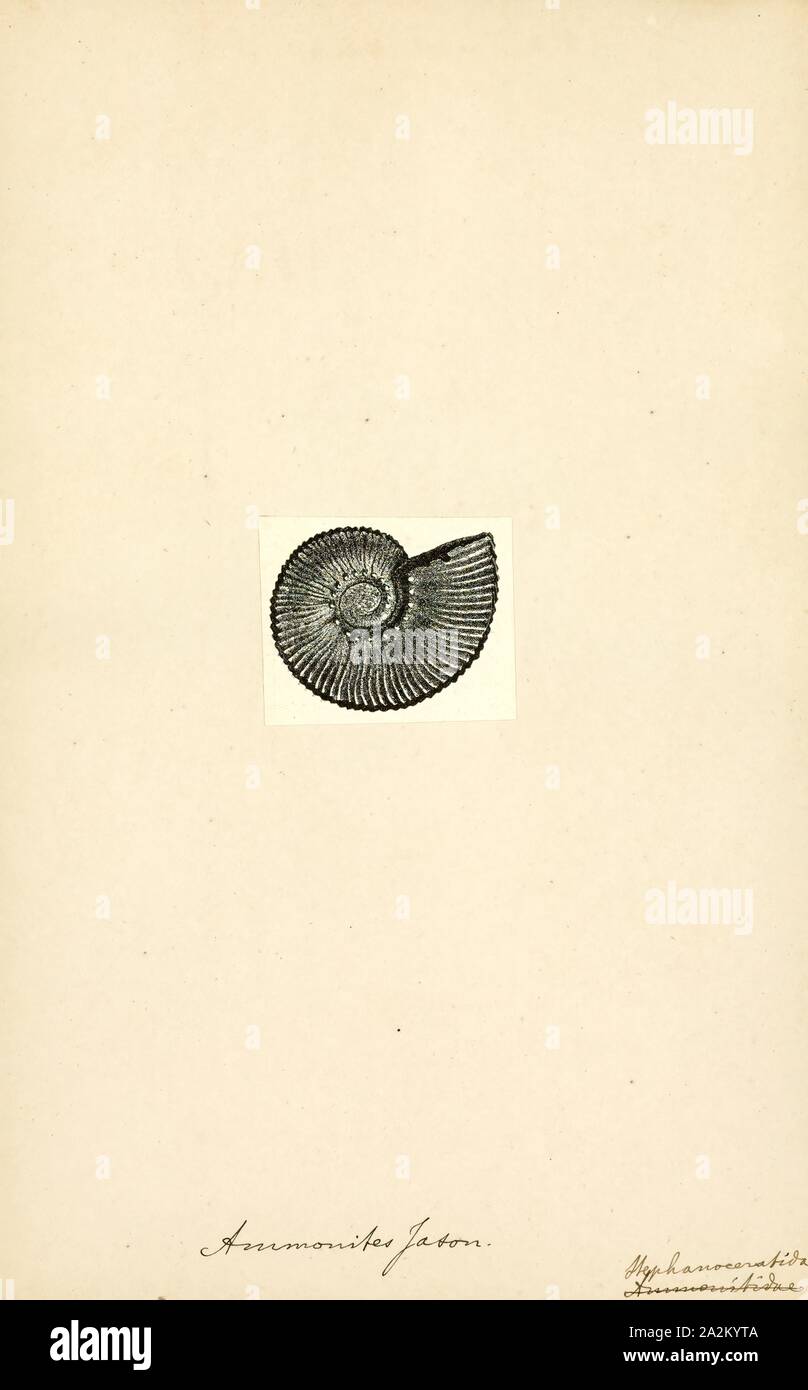 Ammonites jason, Print, Ammonoidea, Ammonoids are a group of extinct marine mollusc animals in the subclass Ammonoidea of the class Cephalopoda. These molluscs, commonly referred to as ammonites, are more closely related to living coleoids (i.e., octopuses, squid, and cuttlefish) than they are to shelled nautiloids such as the living Nautilus species. The earliest ammonites appear during the Devonian, and the last species died out in the Cretaceous–Paleogene extinction event Stock Photohttps://www.alamy.com/image-license-details/?v=1https://www.alamy.com/ammonites-jason-print-ammonoidea-ammonoids-are-a-group-of-extinct-marine-mollusc-animals-in-the-subclass-ammonoidea-of-the-class-cephalopoda-these-molluscs-commonly-referred-to-as-ammonites-are-more-closely-related-to-living-coleoids-ie-octopuses-squid-and-cuttlefish-than-they-are-to-shelled-nautiloids-such-as-the-living-nautilus-species-the-earliest-ammonites-appear-during-the-devonian-and-the-last-species-died-out-in-the-cretaceouspaleogene-extinction-event-image328665242.html
Ammonites jason, Print, Ammonoidea, Ammonoids are a group of extinct marine mollusc animals in the subclass Ammonoidea of the class Cephalopoda. These molluscs, commonly referred to as ammonites, are more closely related to living coleoids (i.e., octopuses, squid, and cuttlefish) than they are to shelled nautiloids such as the living Nautilus species. The earliest ammonites appear during the Devonian, and the last species died out in the Cretaceous–Paleogene extinction event Stock Photohttps://www.alamy.com/image-license-details/?v=1https://www.alamy.com/ammonites-jason-print-ammonoidea-ammonoids-are-a-group-of-extinct-marine-mollusc-animals-in-the-subclass-ammonoidea-of-the-class-cephalopoda-these-molluscs-commonly-referred-to-as-ammonites-are-more-closely-related-to-living-coleoids-ie-octopuses-squid-and-cuttlefish-than-they-are-to-shelled-nautiloids-such-as-the-living-nautilus-species-the-earliest-ammonites-appear-during-the-devonian-and-the-last-species-died-out-in-the-cretaceouspaleogene-extinction-event-image328665242.htmlRM2A2KYTA–Ammonites jason, Print, Ammonoidea, Ammonoids are a group of extinct marine mollusc animals in the subclass Ammonoidea of the class Cephalopoda. These molluscs, commonly referred to as ammonites, are more closely related to living coleoids (i.e., octopuses, squid, and cuttlefish) than they are to shelled nautiloids such as the living Nautilus species. The earliest ammonites appear during the Devonian, and the last species died out in the Cretaceous–Paleogene extinction event
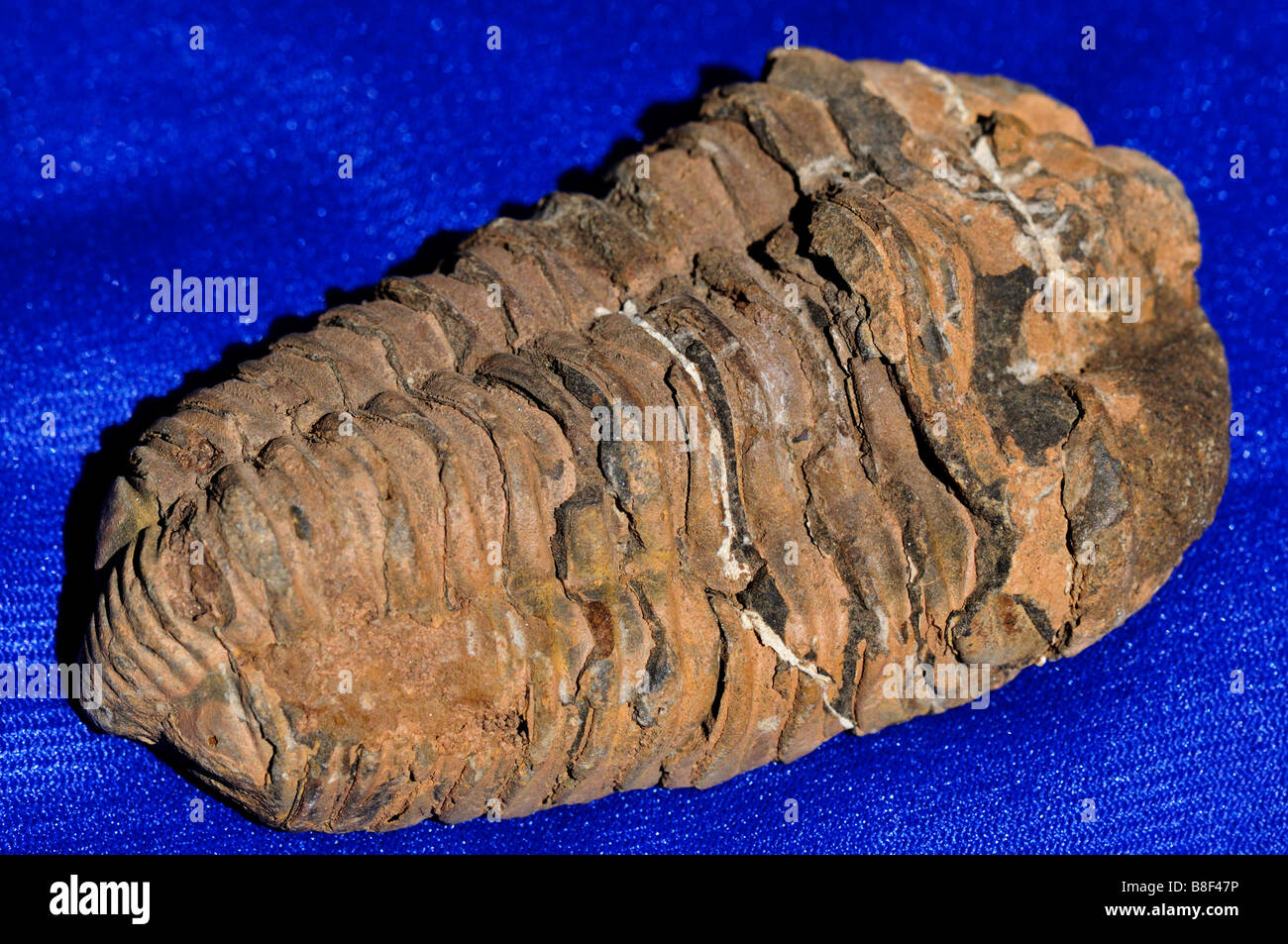 Trilobite fossil. Stock Photohttps://www.alamy.com/image-license-details/?v=1https://www.alamy.com/stock-photo-trilobite-fossil-22460250.html
Trilobite fossil. Stock Photohttps://www.alamy.com/image-license-details/?v=1https://www.alamy.com/stock-photo-trilobite-fossil-22460250.htmlRFB8F47P–Trilobite fossil.
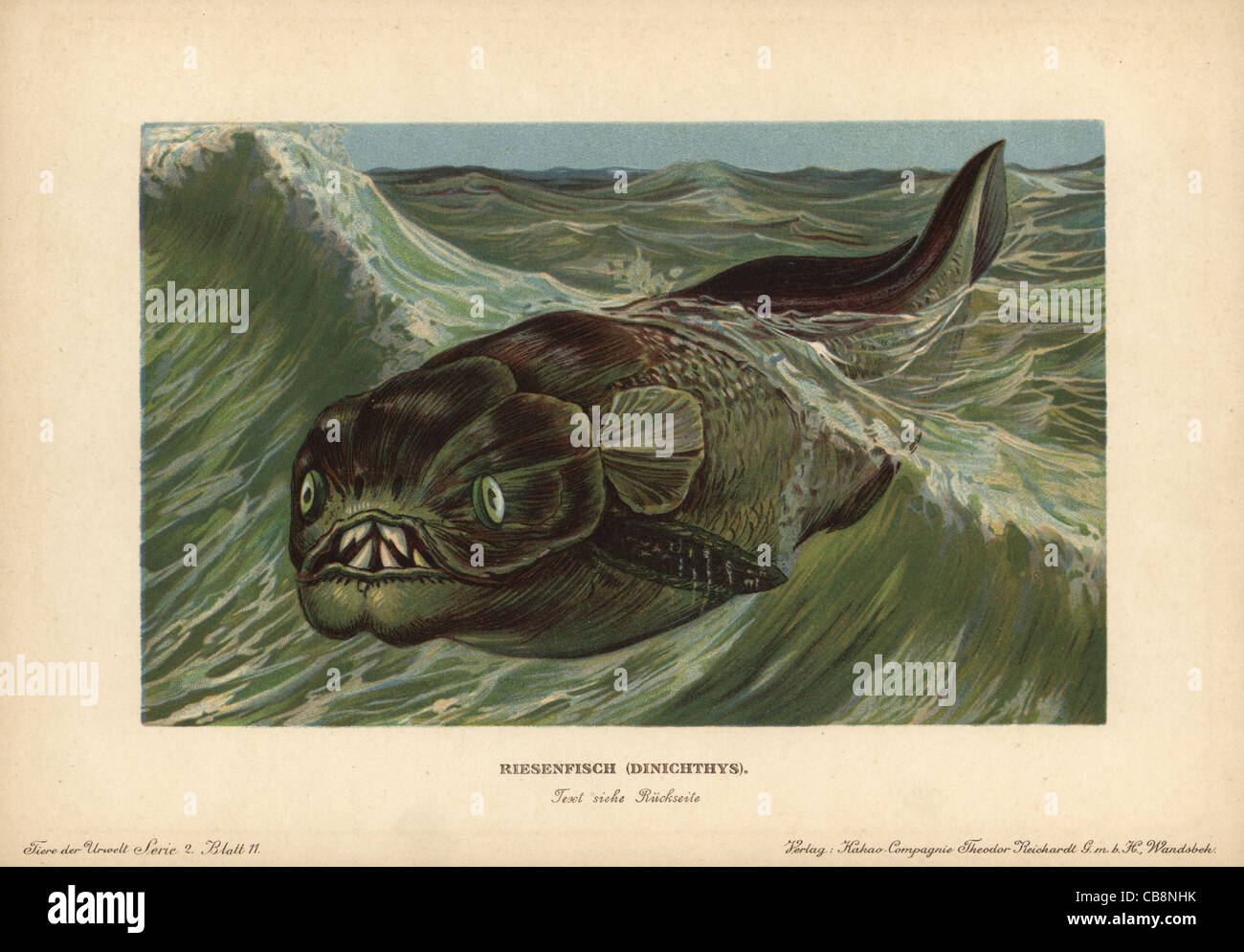 Dinichthys, extinct genus of placoderms, armored fish from the Devonian. Stock Photohttps://www.alamy.com/image-license-details/?v=1https://www.alamy.com/stock-photo-dinichthys-extinct-genus-of-placoderms-armored-fish-from-the-devonian-41374527.html
Dinichthys, extinct genus of placoderms, armored fish from the Devonian. Stock Photohttps://www.alamy.com/image-license-details/?v=1https://www.alamy.com/stock-photo-dinichthys-extinct-genus-of-placoderms-armored-fish-from-the-devonian-41374527.htmlRMCB8NHK–Dinichthys, extinct genus of placoderms, armored fish from the Devonian.
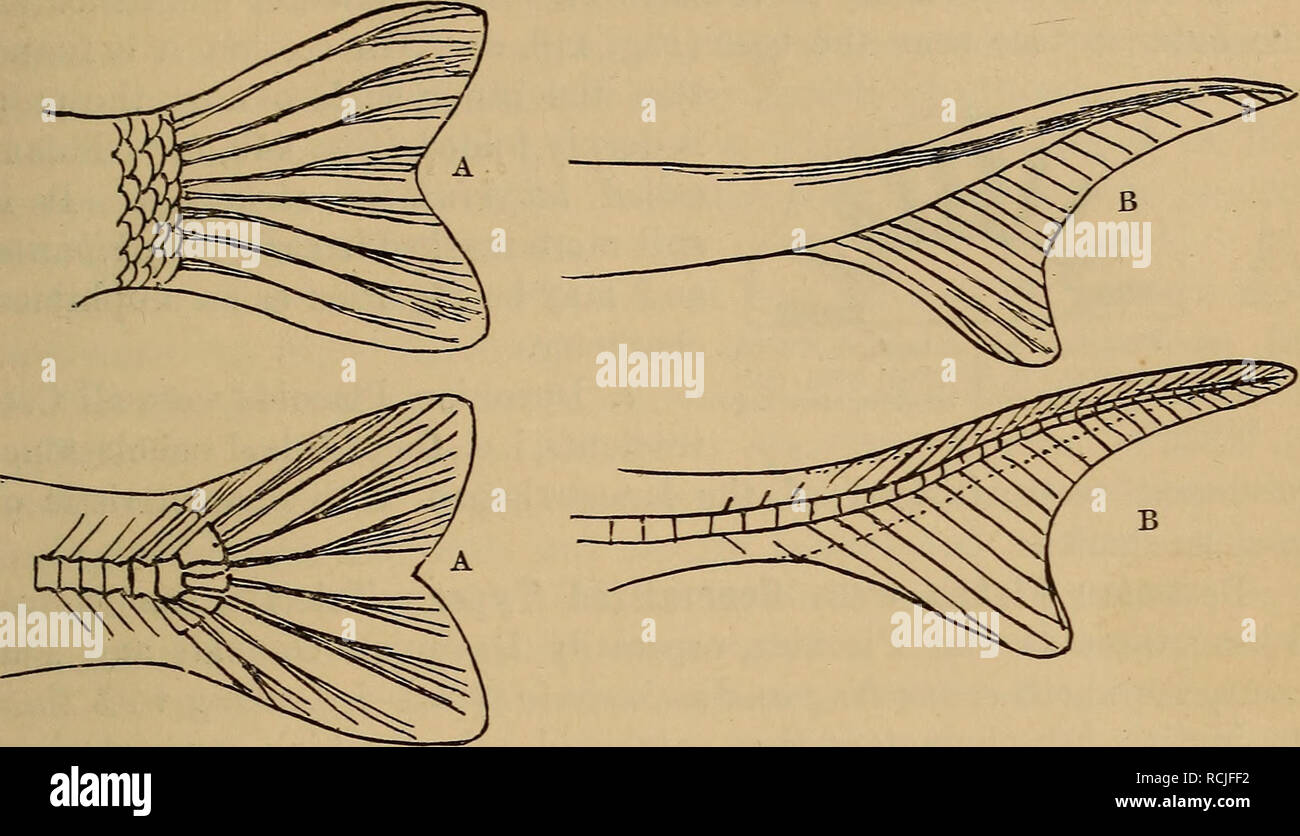 . Elements of geology : a text-book for colleges and for the general reader. Geology. DEVONIAN ANIMALS. 341 slightly so; in Devonian Ganoids the tail-fins are always distinctly vertebrated. All Placoids, both living and extinct, have vertebrated. Fig. 444.—Homocercal Tail-fin : A, form; B, structure. Fig. 445.—Heterocercal or Vertebrated Tail-fin: A, form; B, structure. tail-fins. Therefore, all Devonian fishes, without exception, had verte- brated tail-fins—sometimes asymmetric (Figs 431,434), and sometimes symmetric (Figs. 432,433). 5. In all Teleosts, and in nearly all living fishes, the pa Stock Photohttps://www.alamy.com/image-license-details/?v=1https://www.alamy.com/elements-of-geology-a-text-book-for-colleges-and-for-the-general-reader-geology-devonian-animals-341-slightly-so-in-devonian-ganoids-the-tail-fins-are-always-distinctly-vertebrated-all-placoids-both-living-and-extinct-have-vertebrated-fig-444homocercal-tail-fin-a-form-b-structure-fig-445heterocercal-or-vertebrated-tail-fin-a-form-b-structure-tail-fins-therefore-all-devonian-fishes-without-exception-had-verte-brated-tail-finssometimes-asymmetric-figs-431434-and-sometimes-symmetric-figs-432433-5-in-all-teleosts-and-in-nearly-all-living-fishes-the-pa-image231517974.html
. Elements of geology : a text-book for colleges and for the general reader. Geology. DEVONIAN ANIMALS. 341 slightly so; in Devonian Ganoids the tail-fins are always distinctly vertebrated. All Placoids, both living and extinct, have vertebrated. Fig. 444.—Homocercal Tail-fin : A, form; B, structure. Fig. 445.—Heterocercal or Vertebrated Tail-fin: A, form; B, structure. tail-fins. Therefore, all Devonian fishes, without exception, had verte- brated tail-fins—sometimes asymmetric (Figs 431,434), and sometimes symmetric (Figs. 432,433). 5. In all Teleosts, and in nearly all living fishes, the pa Stock Photohttps://www.alamy.com/image-license-details/?v=1https://www.alamy.com/elements-of-geology-a-text-book-for-colleges-and-for-the-general-reader-geology-devonian-animals-341-slightly-so-in-devonian-ganoids-the-tail-fins-are-always-distinctly-vertebrated-all-placoids-both-living-and-extinct-have-vertebrated-fig-444homocercal-tail-fin-a-form-b-structure-fig-445heterocercal-or-vertebrated-tail-fin-a-form-b-structure-tail-fins-therefore-all-devonian-fishes-without-exception-had-verte-brated-tail-finssometimes-asymmetric-figs-431434-and-sometimes-symmetric-figs-432433-5-in-all-teleosts-and-in-nearly-all-living-fishes-the-pa-image231517974.htmlRMRCJFF2–. Elements of geology : a text-book for colleges and for the general reader. Geology. DEVONIAN ANIMALS. 341 slightly so; in Devonian Ganoids the tail-fins are always distinctly vertebrated. All Placoids, both living and extinct, have vertebrated. Fig. 444.—Homocercal Tail-fin : A, form; B, structure. Fig. 445.—Heterocercal or Vertebrated Tail-fin: A, form; B, structure. tail-fins. Therefore, all Devonian fishes, without exception, had verte- brated tail-fins—sometimes asymmetric (Figs 431,434), and sometimes symmetric (Figs. 432,433). 5. In all Teleosts, and in nearly all living fishes, the pa
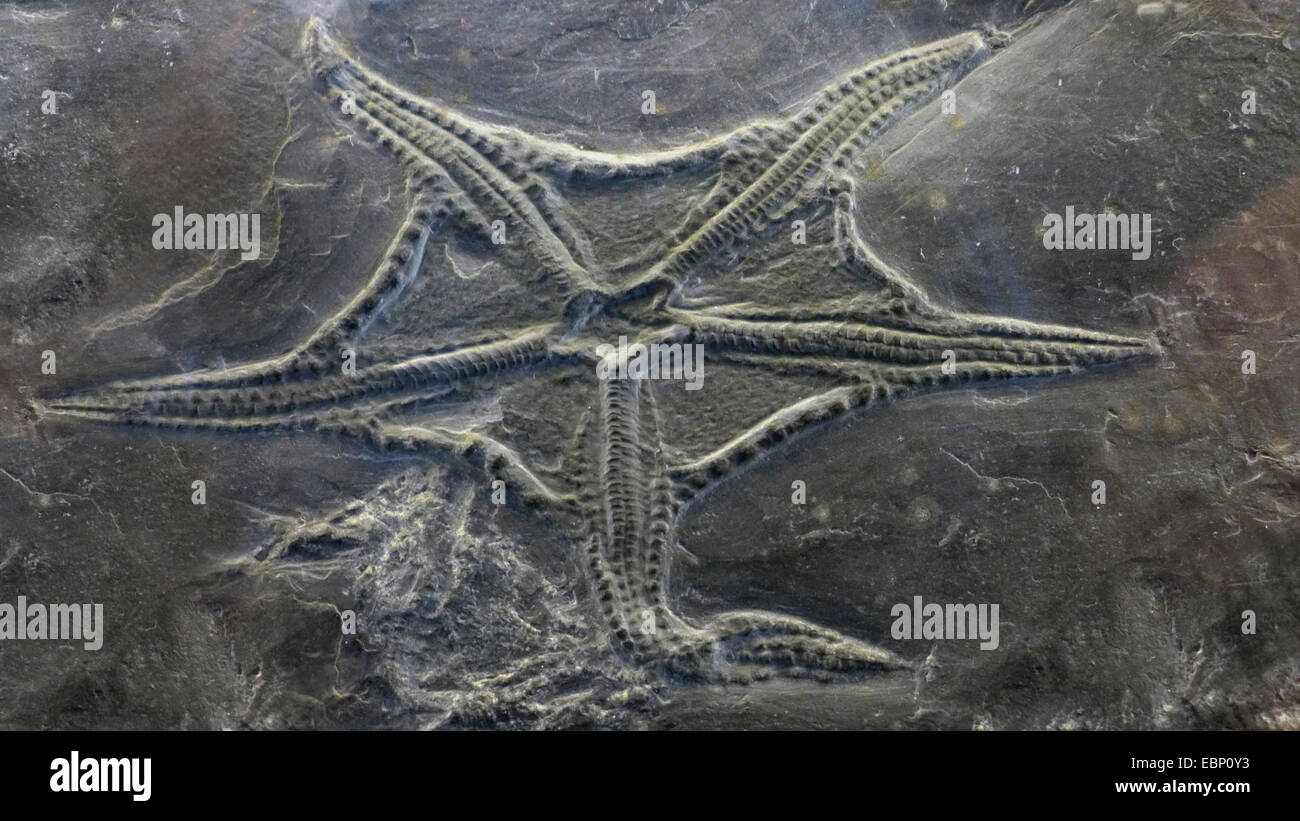 Ophiuroid (Euzonosoma tischbeinianum, Euzonosoma tischbeiniana), fossile ophiuroid from Devonian (410-360 million years), locality Germany Stock Photohttps://www.alamy.com/image-license-details/?v=1https://www.alamy.com/stock-photo-ophiuroid-euzonosoma-tischbeinianum-euzonosoma-tischbeiniana-fossile-76086391.html
Ophiuroid (Euzonosoma tischbeinianum, Euzonosoma tischbeiniana), fossile ophiuroid from Devonian (410-360 million years), locality Germany Stock Photohttps://www.alamy.com/image-license-details/?v=1https://www.alamy.com/stock-photo-ophiuroid-euzonosoma-tischbeinianum-euzonosoma-tischbeiniana-fossile-76086391.htmlRMEBP0Y3–Ophiuroid (Euzonosoma tischbeinianum, Euzonosoma tischbeiniana), fossile ophiuroid from Devonian (410-360 million years), locality Germany
 Pterichthyodes, extinct genus of placoderm fishes from the Devonian period. Stock Photohttps://www.alamy.com/image-license-details/?v=1https://www.alamy.com/stock-photo-pterichthyodes-extinct-genus-of-placoderm-fishes-from-the-devonian-41307662.html
Pterichthyodes, extinct genus of placoderm fishes from the Devonian period. Stock Photohttps://www.alamy.com/image-license-details/?v=1https://www.alamy.com/stock-photo-pterichthyodes-extinct-genus-of-placoderm-fishes-from-the-devonian-41307662.htmlRMCB5M9J–Pterichthyodes, extinct genus of placoderm fishes from the Devonian period.
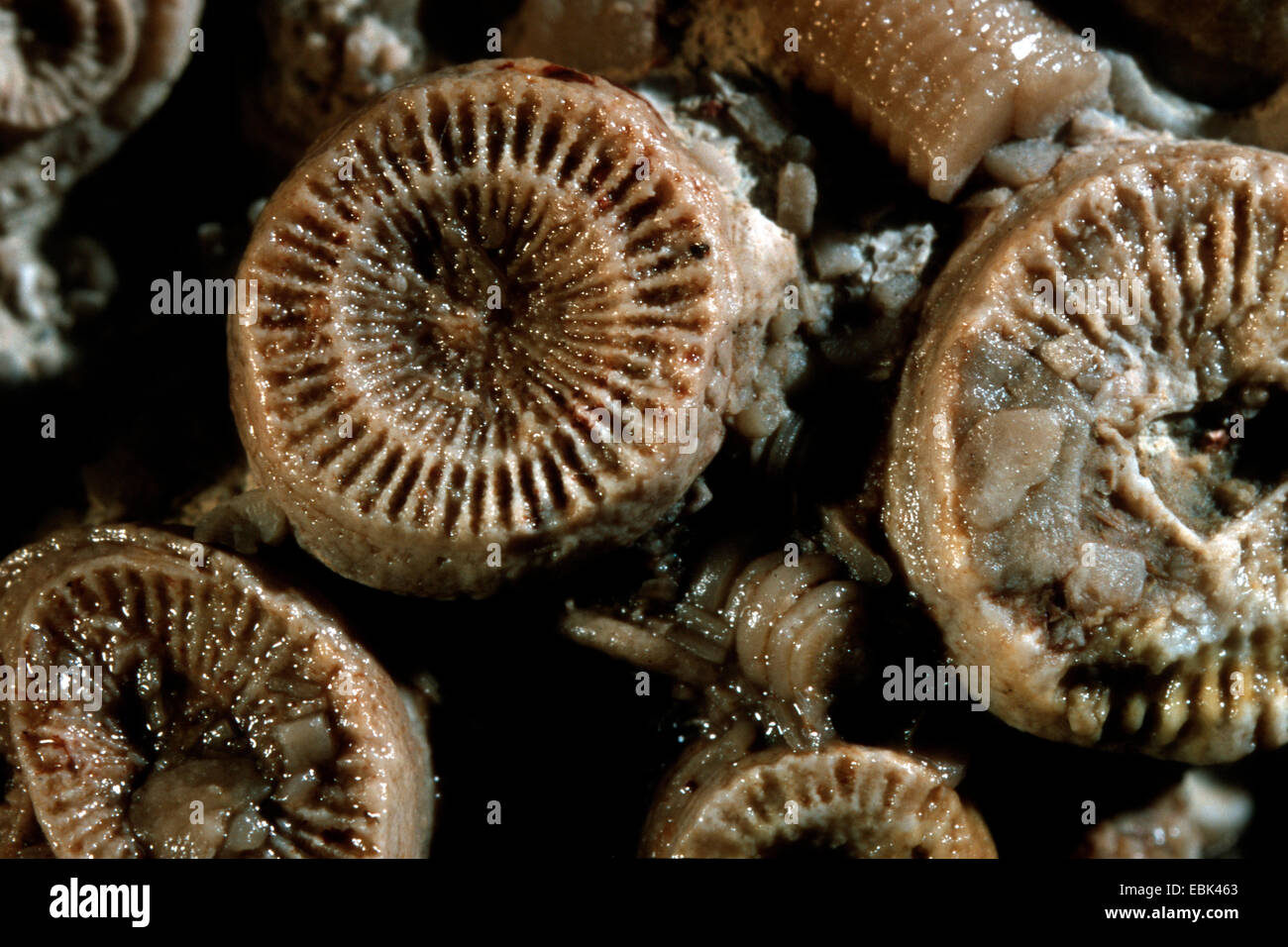 coral (Cyathophyllum spec.), fossilized coral, Eifel, Germany Stock Photohttps://www.alamy.com/image-license-details/?v=1https://www.alamy.com/stock-photo-coral-cyathophyllum-spec-fossilized-coral-eifel-germany-76023083.html
coral (Cyathophyllum spec.), fossilized coral, Eifel, Germany Stock Photohttps://www.alamy.com/image-license-details/?v=1https://www.alamy.com/stock-photo-coral-cyathophyllum-spec-fossilized-coral-eifel-germany-76023083.htmlRMEBK463–coral (Cyathophyllum spec.), fossilized coral, Eifel, Germany
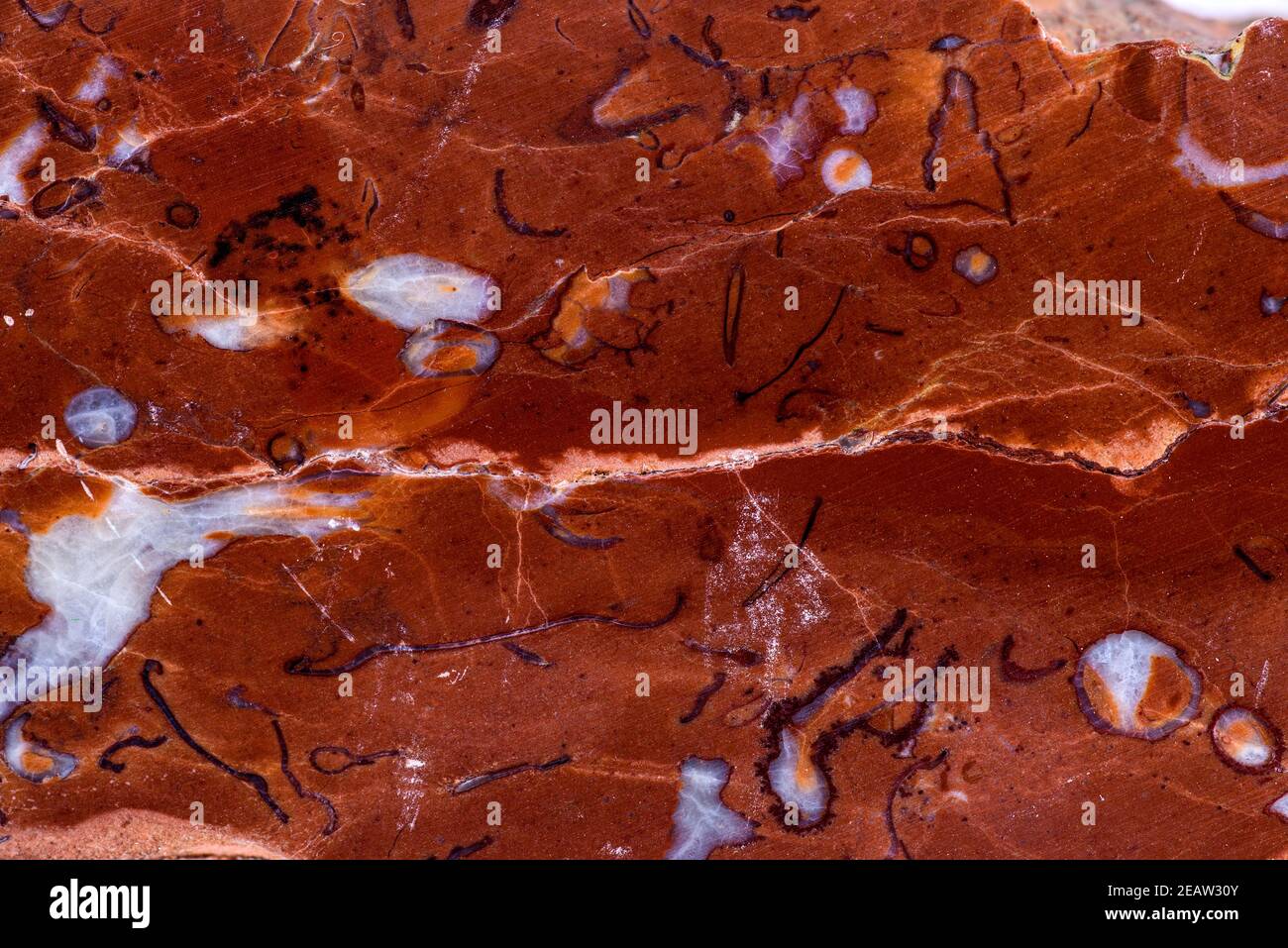 limestone of Greifenstein, Germany with fossils Stock Photohttps://www.alamy.com/image-license-details/?v=1https://www.alamy.com/limestone-of-greifenstein-germany-with-fossils-image402536203.html
limestone of Greifenstein, Germany with fossils Stock Photohttps://www.alamy.com/image-license-details/?v=1https://www.alamy.com/limestone-of-greifenstein-germany-with-fossils-image402536203.htmlRF2EAW30Y–limestone of Greifenstein, Germany with fossils
 Reconstruction of a Dinichthys catching a wave. Extinct monospecific genus of giant, marine arthrodire placoderm from the Late Devonian (Famennian stage). Dinichthys herzeri. Colour printed illustration by F. John from Wilhelm Bolsches Tiere der Urwelt (Animals of the Prehistoric World), Reichardt Cocoa company, Hamburg, 1908. Stock Photohttps://www.alamy.com/image-license-details/?v=1https://www.alamy.com/reconstruction-of-a-dinichthys-catching-a-wave-extinct-monospecific-genus-of-giant-marine-arthrodire-placoderm-from-the-late-devonian-famennian-stage-dinichthys-herzeri-colour-printed-illustration-by-f-john-from-wilhelm-bolsches-tiere-der-urwelt-animals-of-the-prehistoric-world-reichardt-cocoa-company-hamburg-1908-image571917730.html
Reconstruction of a Dinichthys catching a wave. Extinct monospecific genus of giant, marine arthrodire placoderm from the Late Devonian (Famennian stage). Dinichthys herzeri. Colour printed illustration by F. John from Wilhelm Bolsches Tiere der Urwelt (Animals of the Prehistoric World), Reichardt Cocoa company, Hamburg, 1908. Stock Photohttps://www.alamy.com/image-license-details/?v=1https://www.alamy.com/reconstruction-of-a-dinichthys-catching-a-wave-extinct-monospecific-genus-of-giant-marine-arthrodire-placoderm-from-the-late-devonian-famennian-stage-dinichthys-herzeri-colour-printed-illustration-by-f-john-from-wilhelm-bolsches-tiere-der-urwelt-animals-of-the-prehistoric-world-reichardt-cocoa-company-hamburg-1908-image571917730.htmlRM2T6D2W6–Reconstruction of a Dinichthys catching a wave. Extinct monospecific genus of giant, marine arthrodire placoderm from the Late Devonian (Famennian stage). Dinichthys herzeri. Colour printed illustration by F. John from Wilhelm Bolsches Tiere der Urwelt (Animals of the Prehistoric World), Reichardt Cocoa company, Hamburg, 1908.
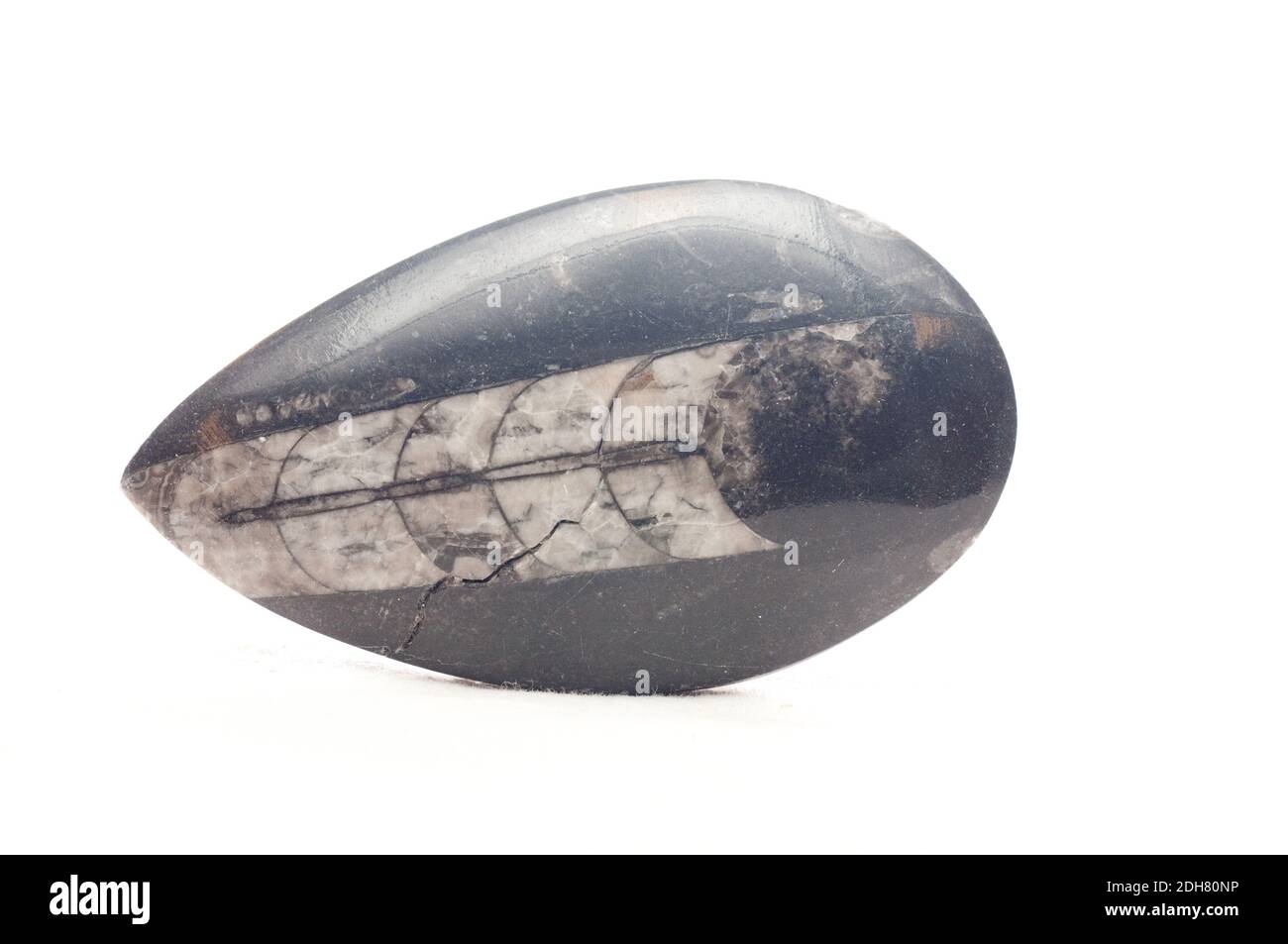 fossil sedimentary rock sample, rare earth specimen Stock Photohttps://www.alamy.com/image-license-details/?v=1https://www.alamy.com/fossil-sedimentary-rock-sample-rare-earth-specimen-image389253474.html
fossil sedimentary rock sample, rare earth specimen Stock Photohttps://www.alamy.com/image-license-details/?v=1https://www.alamy.com/fossil-sedimentary-rock-sample-rare-earth-specimen-image389253474.htmlRF2DH80NP–fossil sedimentary rock sample, rare earth specimen
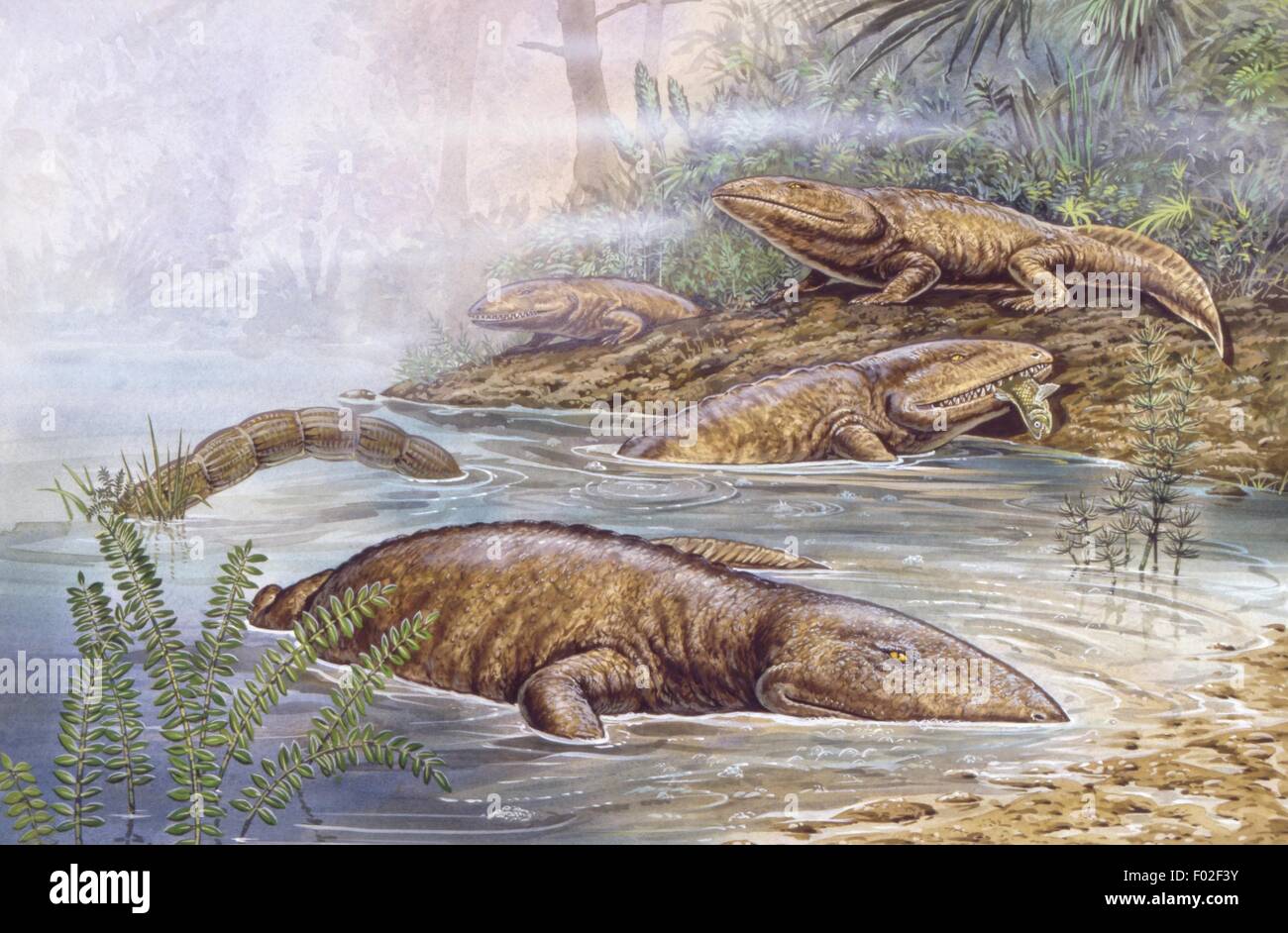 Palaeozoology - Devonian period - Fossil amphibians - Ichthyostega - Art work by Tim Hayward Stock Photohttps://www.alamy.com/image-license-details/?v=1https://www.alamy.com/stock-photo-palaeozoology-devonian-period-fossil-amphibians-ichthyostega-art-work-86107615.html
Palaeozoology - Devonian period - Fossil amphibians - Ichthyostega - Art work by Tim Hayward Stock Photohttps://www.alamy.com/image-license-details/?v=1https://www.alamy.com/stock-photo-palaeozoology-devonian-period-fossil-amphibians-ichthyostega-art-work-86107615.htmlRMF02F3Y–Palaeozoology - Devonian period - Fossil amphibians - Ichthyostega - Art work by Tim Hayward
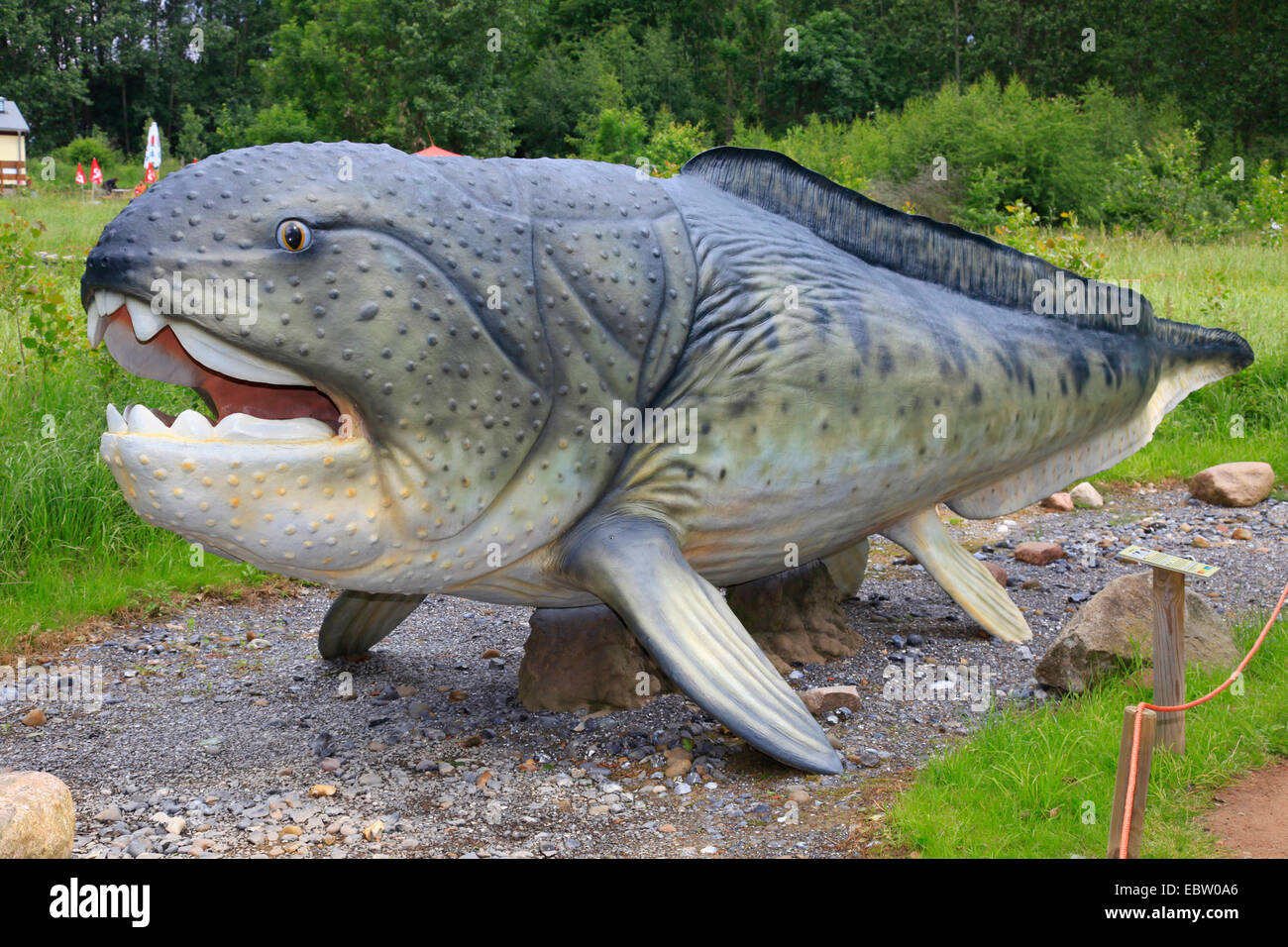 Dunkleosteus (Dunkleosteus, Dinichthys), largest know member of extict Placodermi Stock Photohttps://www.alamy.com/image-license-details/?v=1https://www.alamy.com/stock-photo-dunkleosteus-dunkleosteus-dinichthys-largest-know-member-of-extict-76151774.html
Dunkleosteus (Dunkleosteus, Dinichthys), largest know member of extict Placodermi Stock Photohttps://www.alamy.com/image-license-details/?v=1https://www.alamy.com/stock-photo-dunkleosteus-dunkleosteus-dinichthys-largest-know-member-of-extict-76151774.htmlRMEBW0A6–Dunkleosteus (Dunkleosteus, Dinichthys), largest know member of extict Placodermi
 Trilobite Calymene blumbeybachi Silurian Devonian Wenlock series Stock Photohttps://www.alamy.com/image-license-details/?v=1https://www.alamy.com/stock-photo-trilobite-calymene-blumbeybachi-silurian-devonian-wenlock-series-19249707.html
Trilobite Calymene blumbeybachi Silurian Devonian Wenlock series Stock Photohttps://www.alamy.com/image-license-details/?v=1https://www.alamy.com/stock-photo-trilobite-calymene-blumbeybachi-silurian-devonian-wenlock-series-19249707.htmlRMB38W5F–Trilobite Calymene blumbeybachi Silurian Devonian Wenlock series
 An armored Bothriolepis glides along the bottom of a flooded plain. Stock Photohttps://www.alamy.com/image-license-details/?v=1https://www.alamy.com/stock-photo-an-armored-bothriolepis-glides-along-the-bottom-of-a-flooded-plain-37542221.html
An armored Bothriolepis glides along the bottom of a flooded plain. Stock Photohttps://www.alamy.com/image-license-details/?v=1https://www.alamy.com/stock-photo-an-armored-bothriolepis-glides-along-the-bottom-of-a-flooded-plain-37542221.htmlRMC525DH–An armored Bothriolepis glides along the bottom of a flooded plain.
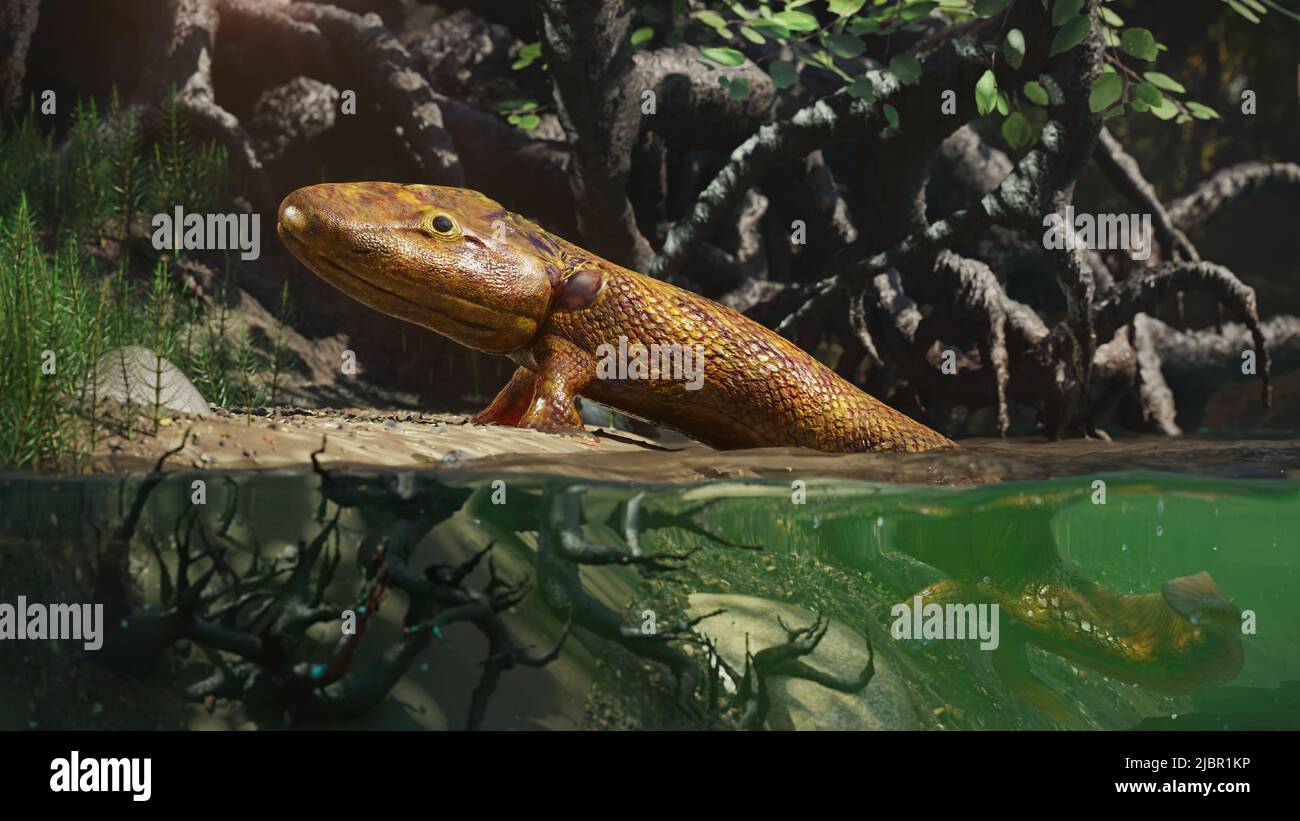 Tiktaalik, extinct walking fish, the evolution of four-legged animals Stock Photohttps://www.alamy.com/image-license-details/?v=1https://www.alamy.com/tiktaalik-extinct-walking-fish-the-evolution-of-four-legged-animals-image471947386.html
Tiktaalik, extinct walking fish, the evolution of four-legged animals Stock Photohttps://www.alamy.com/image-license-details/?v=1https://www.alamy.com/tiktaalik-extinct-walking-fish-the-evolution-of-four-legged-animals-image471947386.htmlRF2JBR1KP–Tiktaalik, extinct walking fish, the evolution of four-legged animals
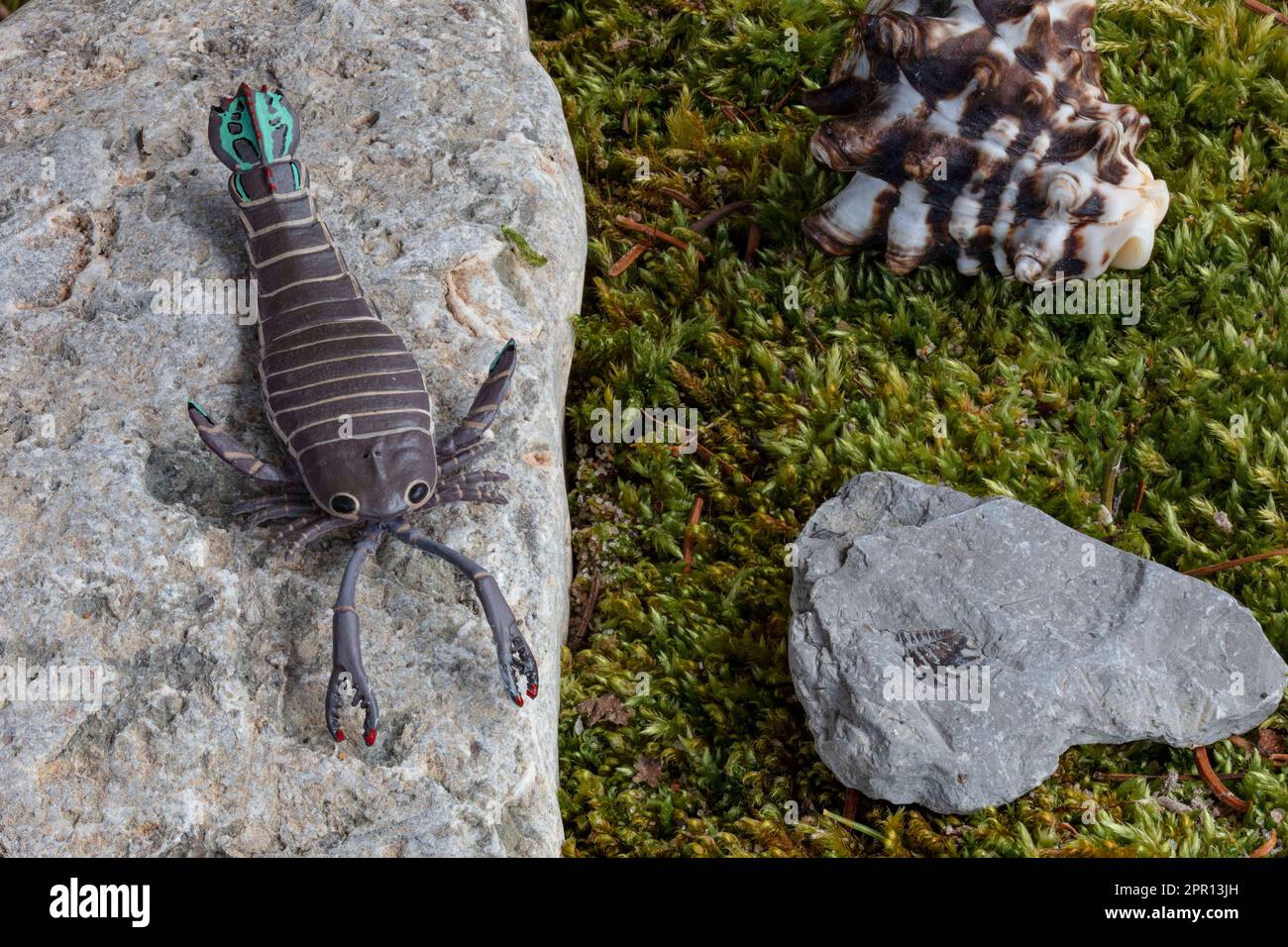 Pterygotus (by Kaiyodo) was a fearsome 'sea scorpion' of the Late Silurian and Early Devonian Periods, 428 to 391 m.y.a. Stock Photohttps://www.alamy.com/image-license-details/?v=1https://www.alamy.com/pterygotus-by-kaiyodo-was-a-fearsome-sea-scorpion-of-the-late-silurian-and-early-devonian-periods-428-to-391-mya-image547683321.html
Pterygotus (by Kaiyodo) was a fearsome 'sea scorpion' of the Late Silurian and Early Devonian Periods, 428 to 391 m.y.a. Stock Photohttps://www.alamy.com/image-license-details/?v=1https://www.alamy.com/pterygotus-by-kaiyodo-was-a-fearsome-sea-scorpion-of-the-late-silurian-and-early-devonian-periods-428-to-391-mya-image547683321.htmlRF2PR13JH–Pterygotus (by Kaiyodo) was a fearsome 'sea scorpion' of the Late Silurian and Early Devonian Periods, 428 to 391 m.y.a.
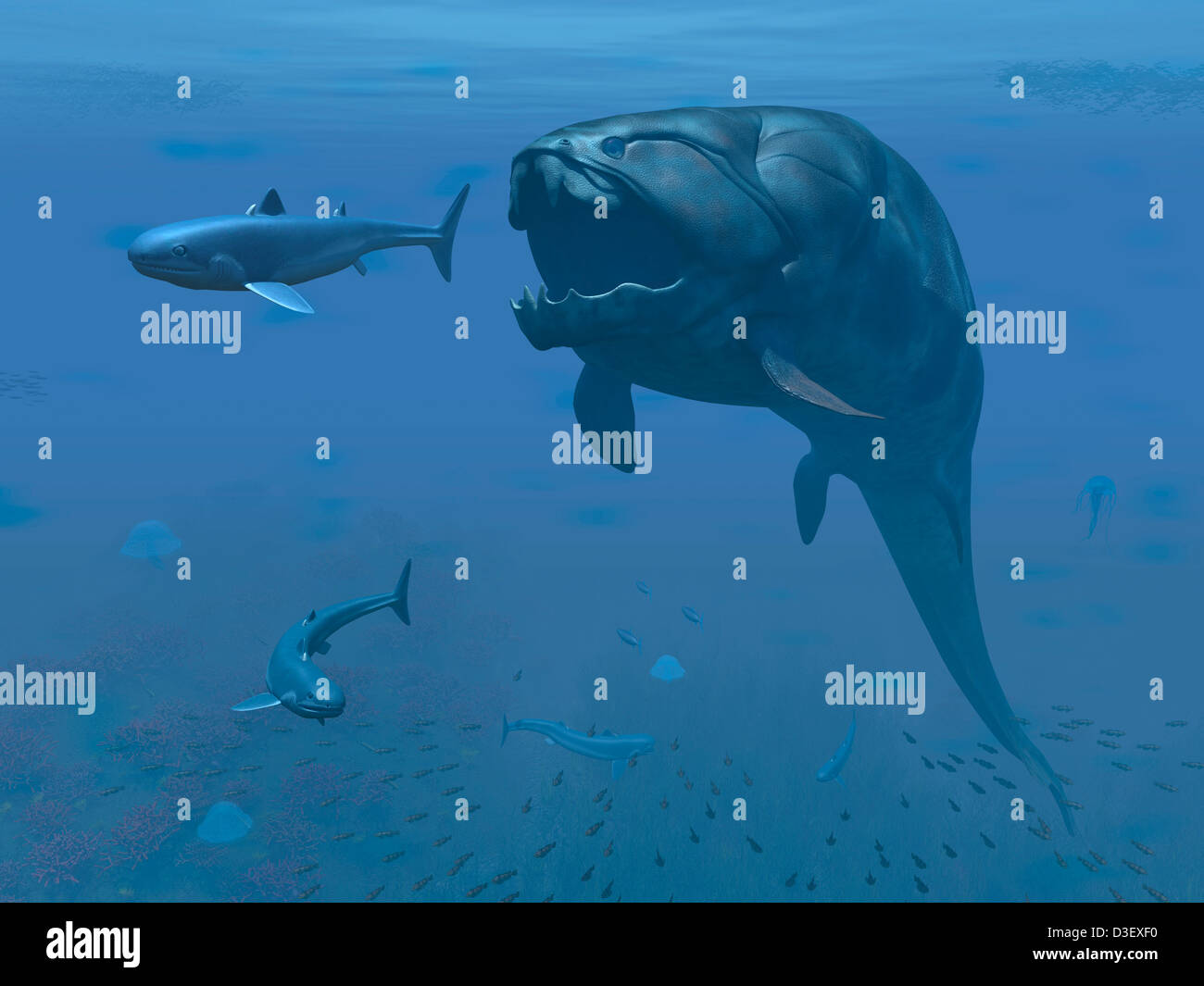 A prehistoric Dunkleosteus fish prepares to eat a primitive shark. Stock Photohttps://www.alamy.com/image-license-details/?v=1https://www.alamy.com/stock-photo-a-prehistoric-dunkleosteus-fish-prepares-to-eat-a-primitive-shark-53803204.html
A prehistoric Dunkleosteus fish prepares to eat a primitive shark. Stock Photohttps://www.alamy.com/image-license-details/?v=1https://www.alamy.com/stock-photo-a-prehistoric-dunkleosteus-fish-prepares-to-eat-a-primitive-shark-53803204.htmlRMD3EXF0–A prehistoric Dunkleosteus fish prepares to eat a primitive shark.
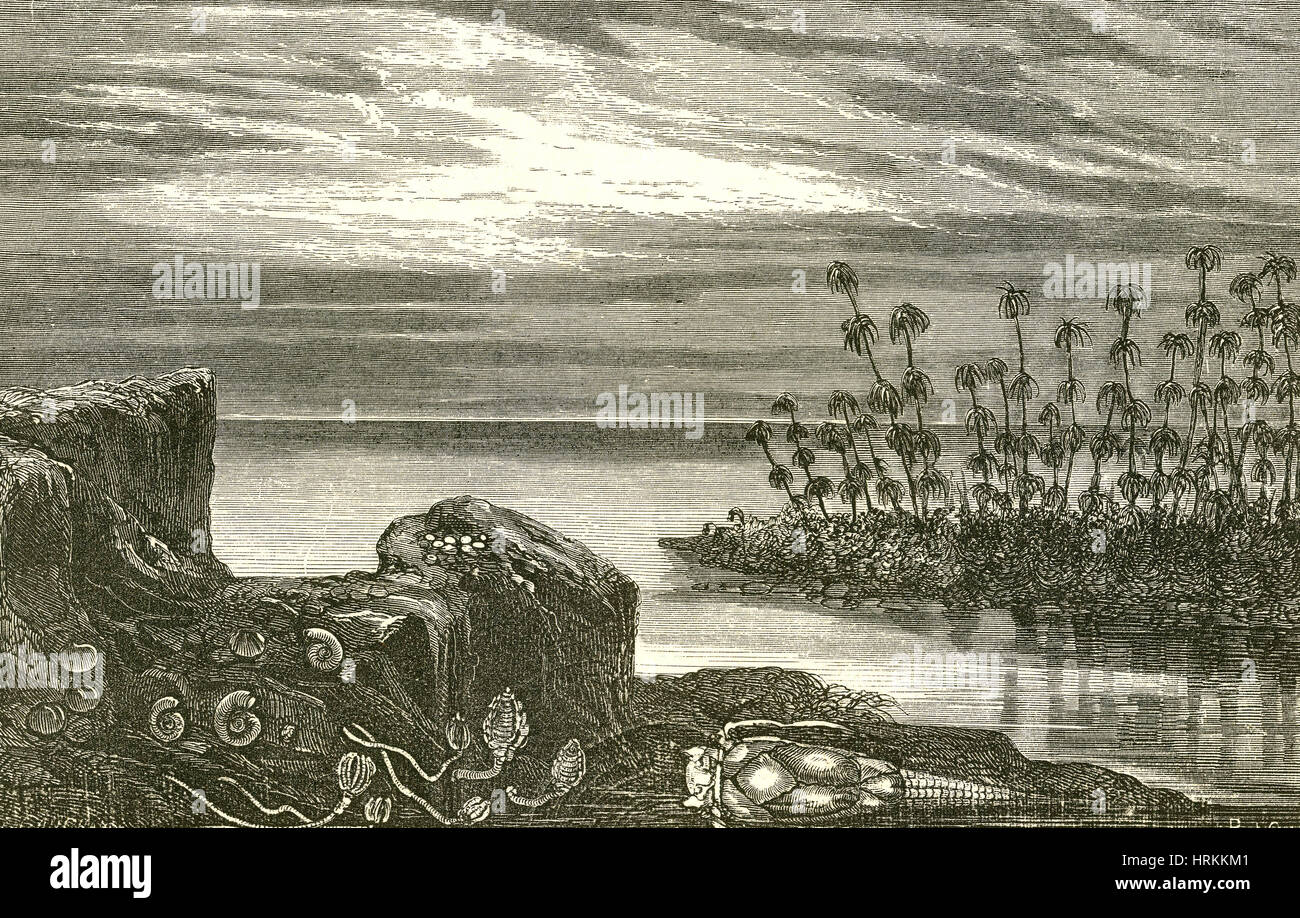 Devonian Period Stock Photohttps://www.alamy.com/image-license-details/?v=1https://www.alamy.com/stock-photo-devonian-period-135042209.html
Devonian Period Stock Photohttps://www.alamy.com/image-license-details/?v=1https://www.alamy.com/stock-photo-devonian-period-135042209.htmlRMHRKKM1–Devonian Period
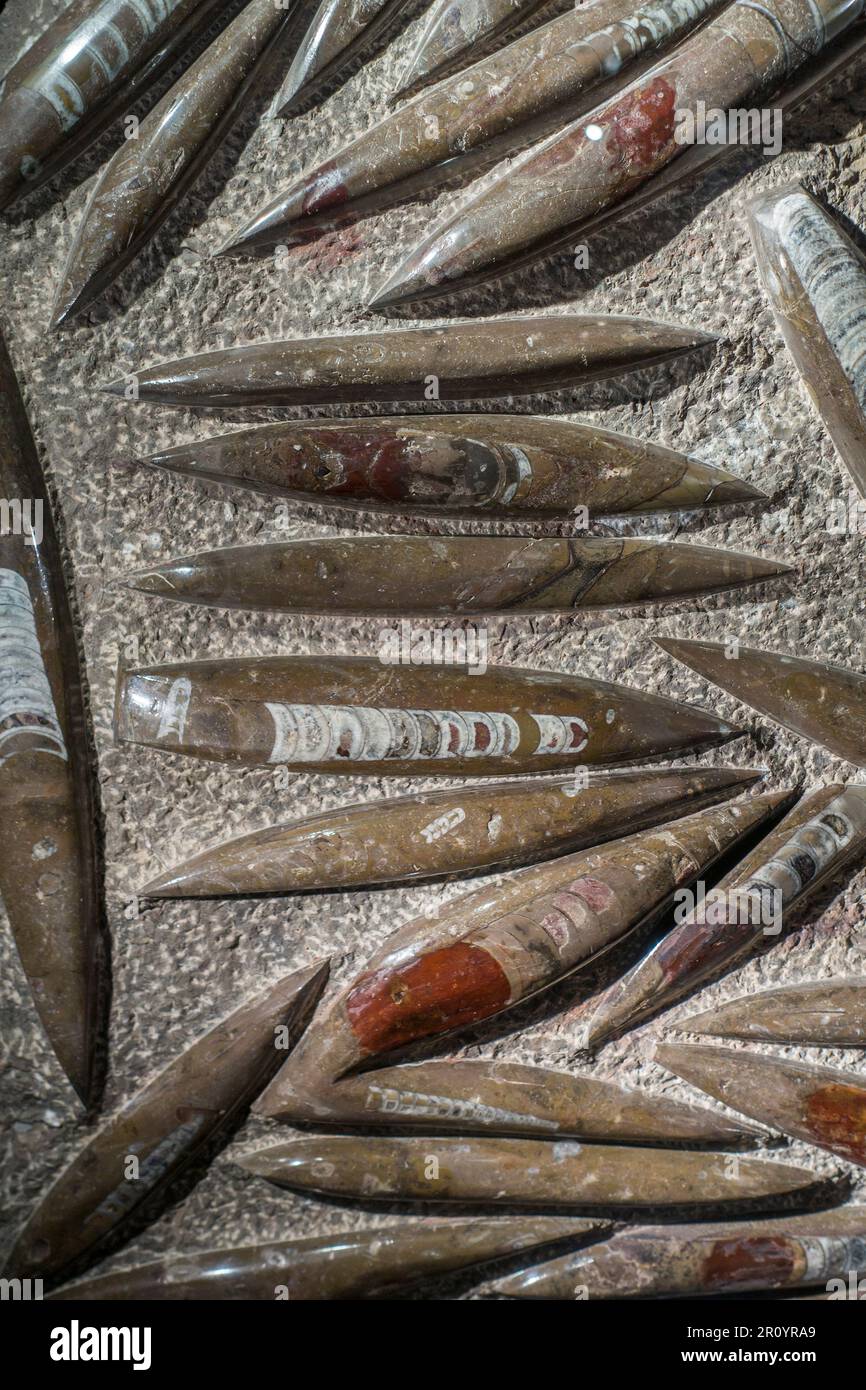 Orthoceras / Orthoceratites fossils in rock, genus of extinct nautiloid cephalopods Stock Photohttps://www.alamy.com/image-license-details/?v=1https://www.alamy.com/orthoceras-orthoceratites-fossils-in-rock-genus-of-extinct-nautiloid-cephalopods-image551342801.html
Orthoceras / Orthoceratites fossils in rock, genus of extinct nautiloid cephalopods Stock Photohttps://www.alamy.com/image-license-details/?v=1https://www.alamy.com/orthoceras-orthoceratites-fossils-in-rock-genus-of-extinct-nautiloid-cephalopods-image551342801.htmlRM2R0YRA9–Orthoceras / Orthoceratites fossils in rock, genus of extinct nautiloid cephalopods
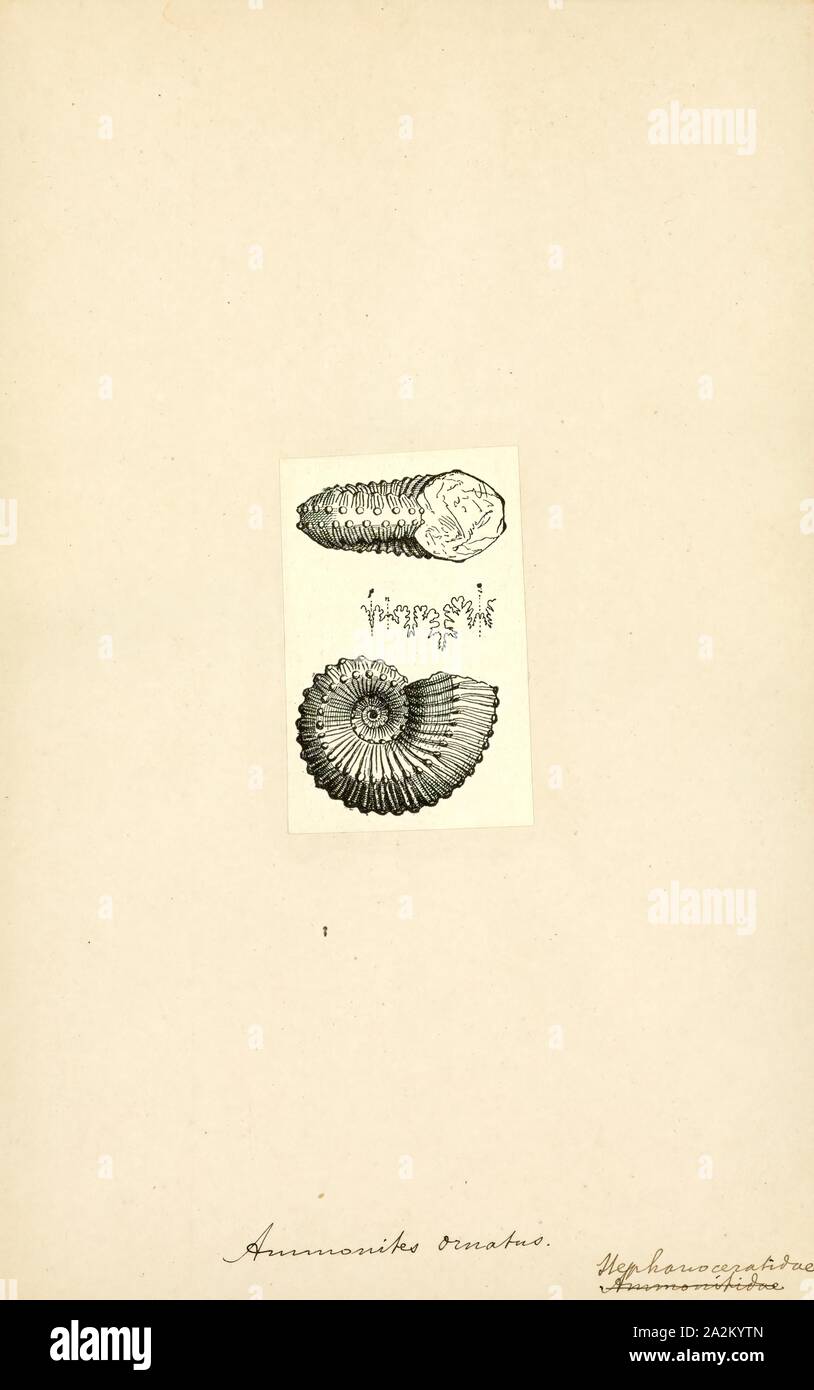 Ammonites ornatus, Print, Ammonoidea, Ammonoids are a group of extinct marine mollusc animals in the subclass Ammonoidea of the class Cephalopoda. These molluscs, commonly referred to as ammonites, are more closely related to living coleoids (i.e., octopuses, squid, and cuttlefish) than they are to shelled nautiloids such as the living Nautilus species. The earliest ammonites appear during the Devonian, and the last species died out in the Cretaceous–Paleogene extinction event Stock Photohttps://www.alamy.com/image-license-details/?v=1https://www.alamy.com/ammonites-ornatus-print-ammonoidea-ammonoids-are-a-group-of-extinct-marine-mollusc-animals-in-the-subclass-ammonoidea-of-the-class-cephalopoda-these-molluscs-commonly-referred-to-as-ammonites-are-more-closely-related-to-living-coleoids-ie-octopuses-squid-and-cuttlefish-than-they-are-to-shelled-nautiloids-such-as-the-living-nautilus-species-the-earliest-ammonites-appear-during-the-devonian-and-the-last-species-died-out-in-the-cretaceouspaleogene-extinction-event-image328665253.html
Ammonites ornatus, Print, Ammonoidea, Ammonoids are a group of extinct marine mollusc animals in the subclass Ammonoidea of the class Cephalopoda. These molluscs, commonly referred to as ammonites, are more closely related to living coleoids (i.e., octopuses, squid, and cuttlefish) than they are to shelled nautiloids such as the living Nautilus species. The earliest ammonites appear during the Devonian, and the last species died out in the Cretaceous–Paleogene extinction event Stock Photohttps://www.alamy.com/image-license-details/?v=1https://www.alamy.com/ammonites-ornatus-print-ammonoidea-ammonoids-are-a-group-of-extinct-marine-mollusc-animals-in-the-subclass-ammonoidea-of-the-class-cephalopoda-these-molluscs-commonly-referred-to-as-ammonites-are-more-closely-related-to-living-coleoids-ie-octopuses-squid-and-cuttlefish-than-they-are-to-shelled-nautiloids-such-as-the-living-nautilus-species-the-earliest-ammonites-appear-during-the-devonian-and-the-last-species-died-out-in-the-cretaceouspaleogene-extinction-event-image328665253.htmlRM2A2KYTN–Ammonites ornatus, Print, Ammonoidea, Ammonoids are a group of extinct marine mollusc animals in the subclass Ammonoidea of the class Cephalopoda. These molluscs, commonly referred to as ammonites, are more closely related to living coleoids (i.e., octopuses, squid, and cuttlefish) than they are to shelled nautiloids such as the living Nautilus species. The earliest ammonites appear during the Devonian, and the last species died out in the Cretaceous–Paleogene extinction event
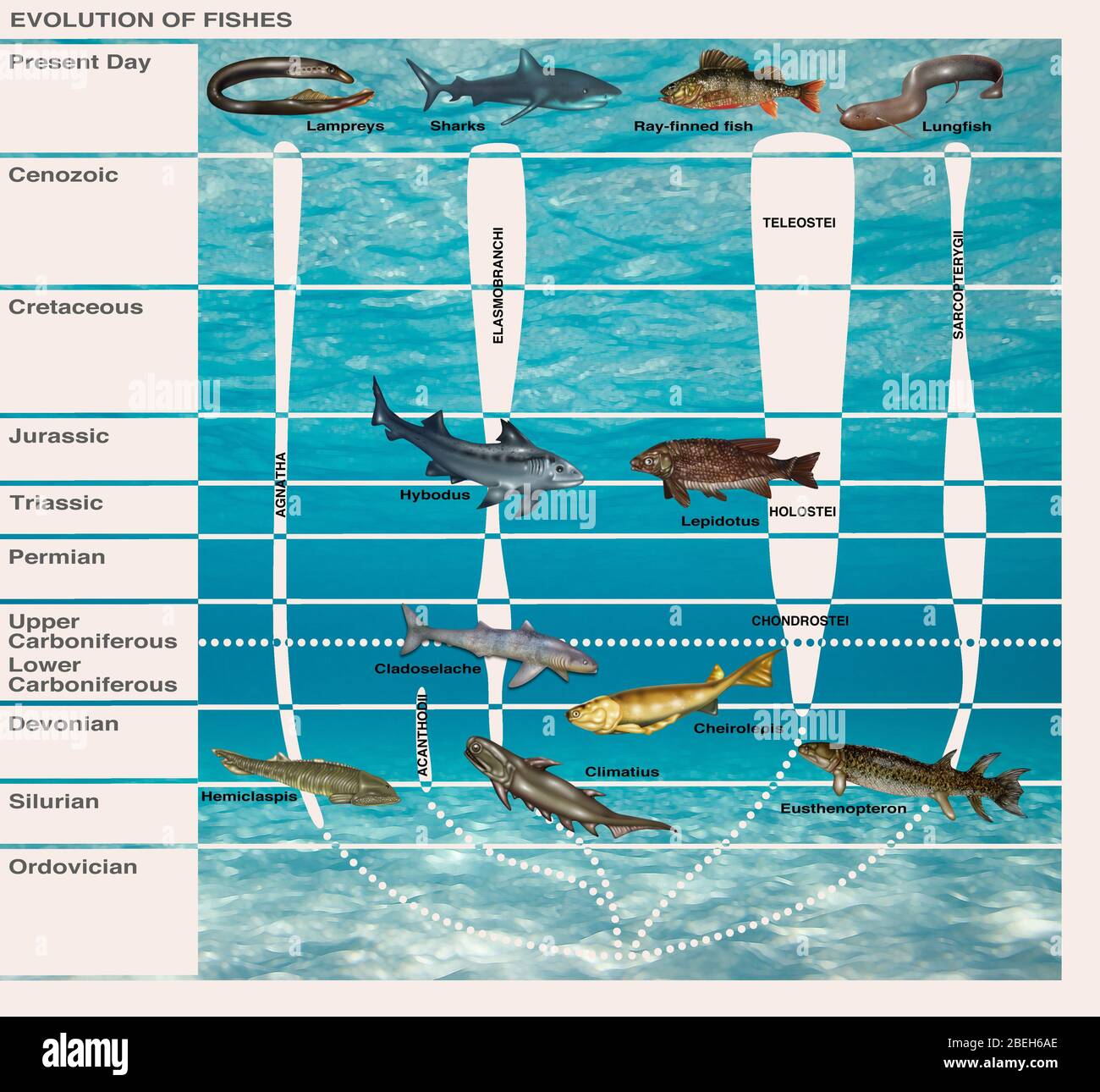 Evolution of Fishes, Illustration Stock Photohttps://www.alamy.com/image-license-details/?v=1https://www.alamy.com/evolution-of-fishes-illustration-image353190726.html
Evolution of Fishes, Illustration Stock Photohttps://www.alamy.com/image-license-details/?v=1https://www.alamy.com/evolution-of-fishes-illustration-image353190726.htmlRF2BEH6AE–Evolution of Fishes, Illustration
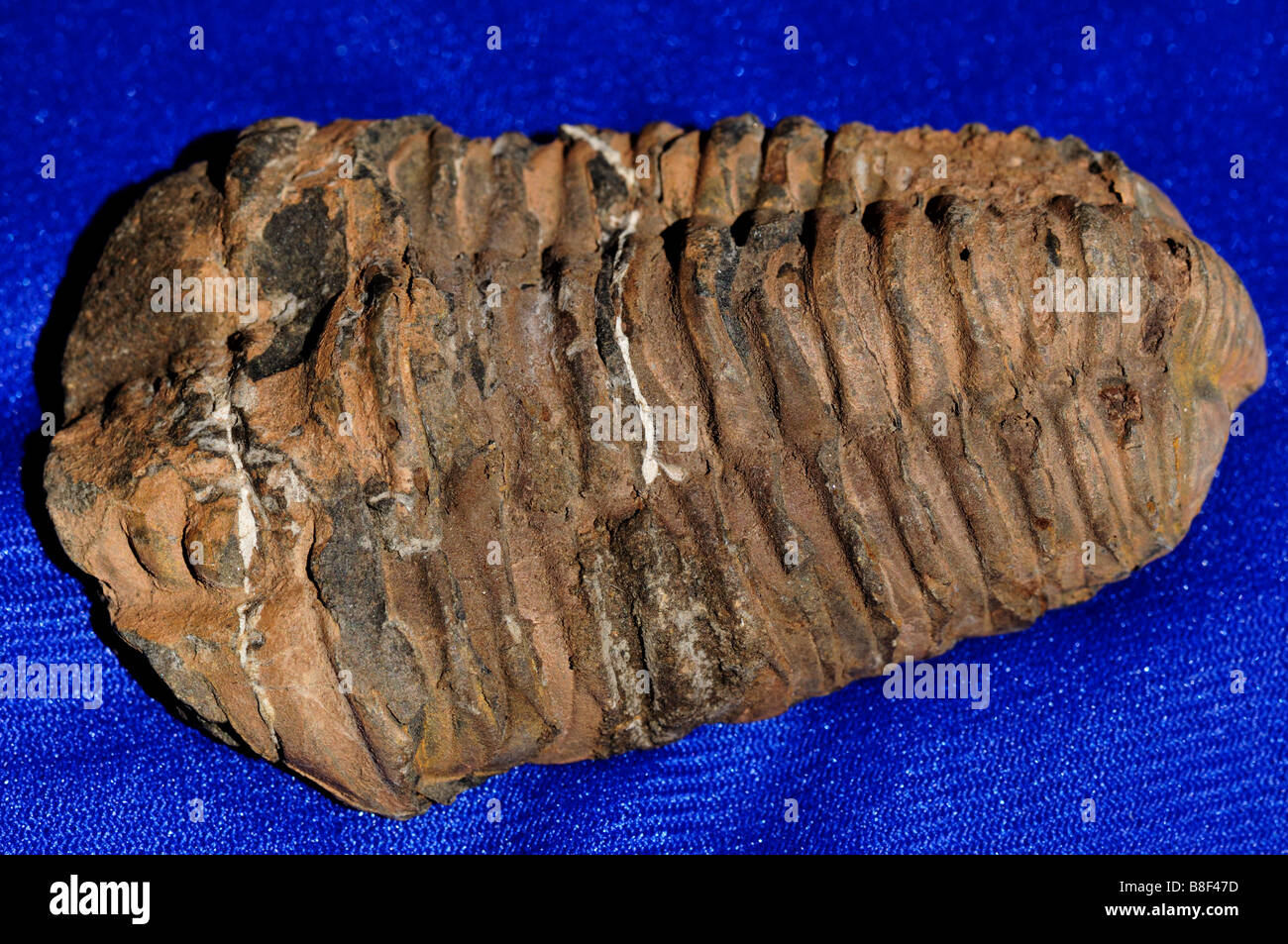 Trilobite fossil. Stock Photohttps://www.alamy.com/image-license-details/?v=1https://www.alamy.com/stock-photo-trilobite-fossil-22460241.html
Trilobite fossil. Stock Photohttps://www.alamy.com/image-license-details/?v=1https://www.alamy.com/stock-photo-trilobite-fossil-22460241.htmlRMB8F47D–Trilobite fossil.
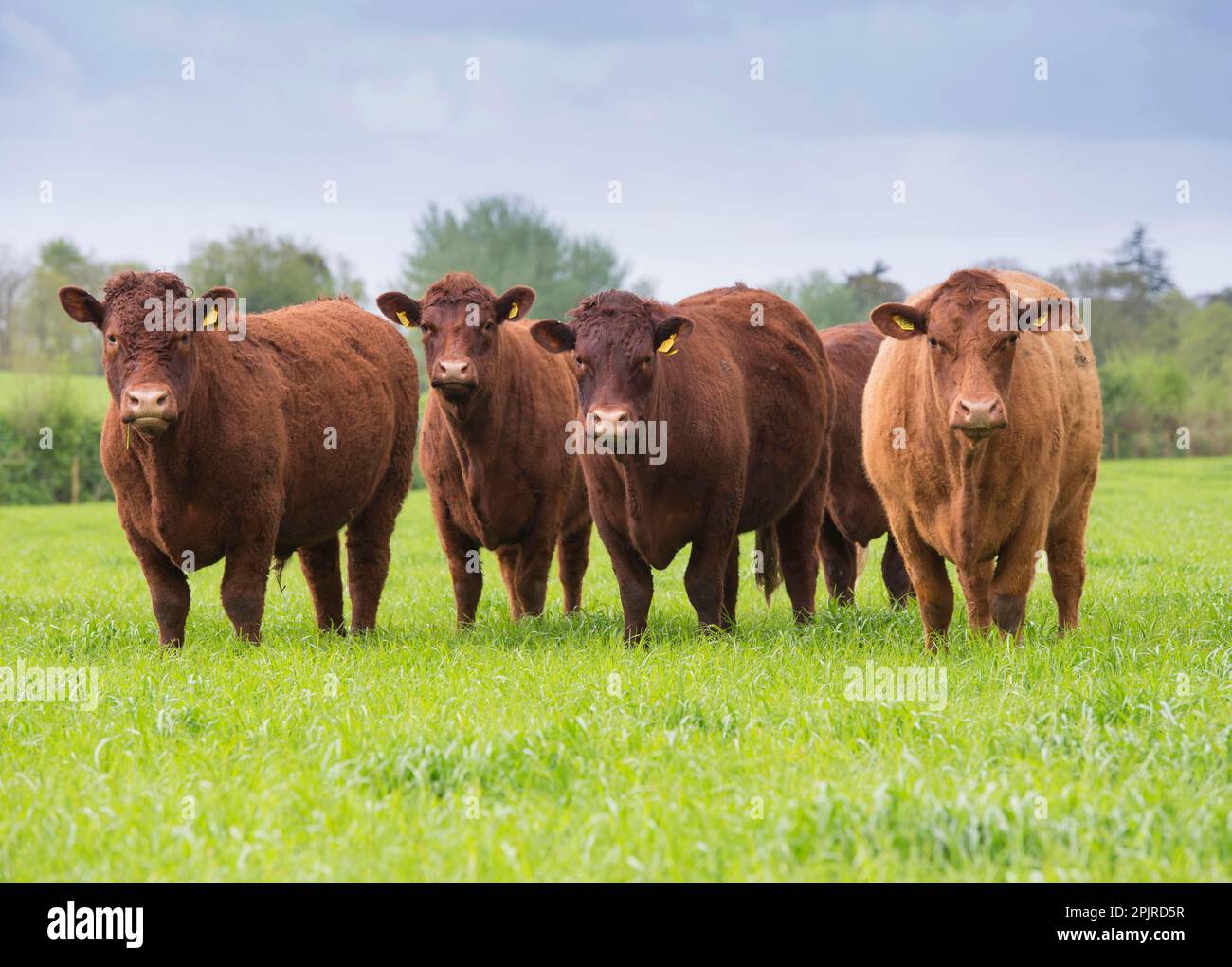 Domestic cattle, Red Ruby Devon herd, standing on pasture, Exeter, Devon, England, United Kingdom Stock Photohttps://www.alamy.com/image-license-details/?v=1https://www.alamy.com/domestic-cattle-red-ruby-devon-herd-standing-on-pasture-exeter-devon-england-united-kingdom-image545100467.html
Domestic cattle, Red Ruby Devon herd, standing on pasture, Exeter, Devon, England, United Kingdom Stock Photohttps://www.alamy.com/image-license-details/?v=1https://www.alamy.com/domestic-cattle-red-ruby-devon-herd-standing-on-pasture-exeter-devon-england-united-kingdom-image545100467.htmlRM2PJRD5R–Domestic cattle, Red Ruby Devon herd, standing on pasture, Exeter, Devon, England, United Kingdom
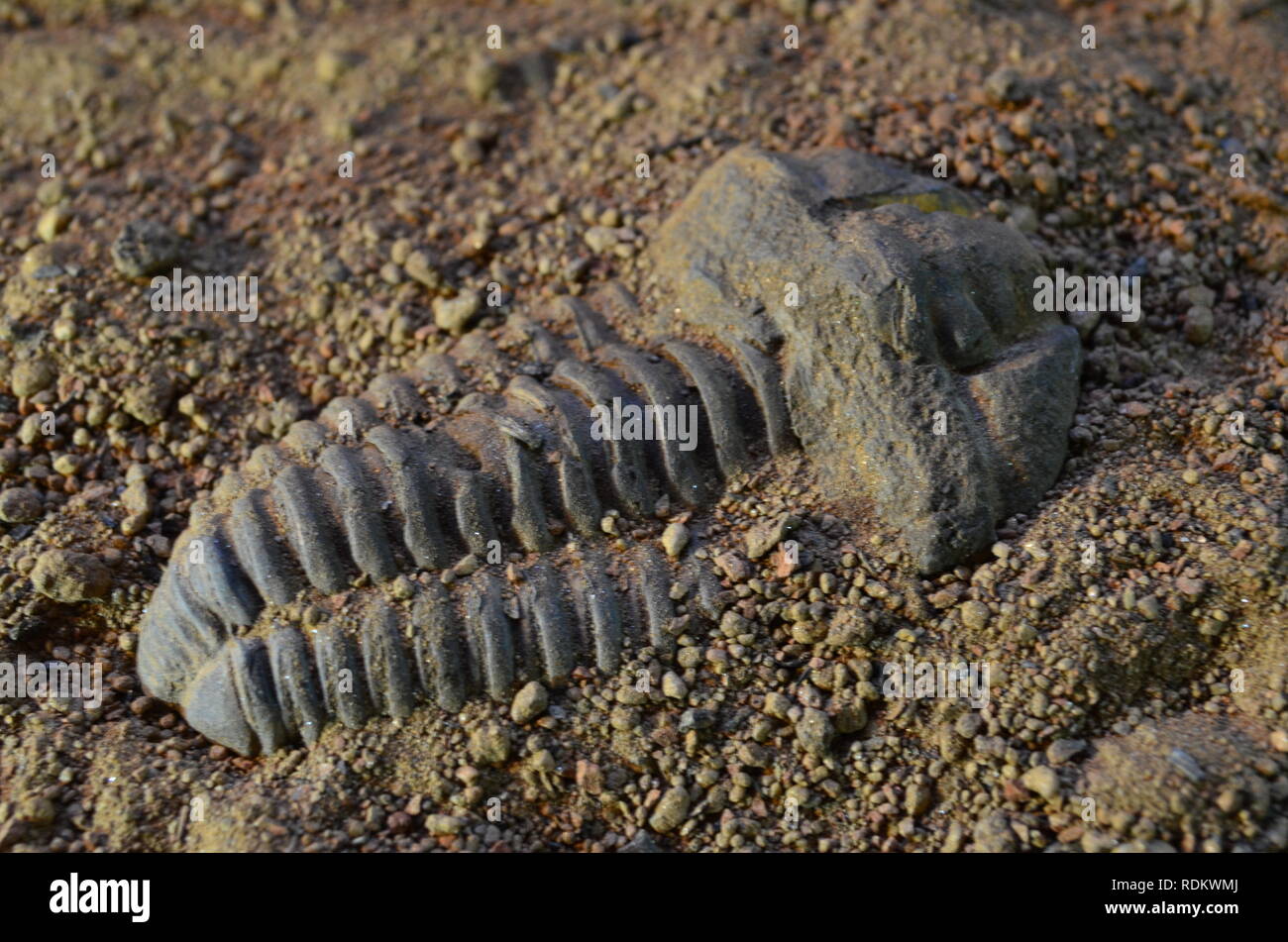 Trilobite fossil 5 Stock Photohttps://www.alamy.com/image-license-details/?v=1https://www.alamy.com/trilobite-fossil-5-image232162578.html
Trilobite fossil 5 Stock Photohttps://www.alamy.com/image-license-details/?v=1https://www.alamy.com/trilobite-fossil-5-image232162578.htmlRFRDKWMJ–Trilobite fossil 5
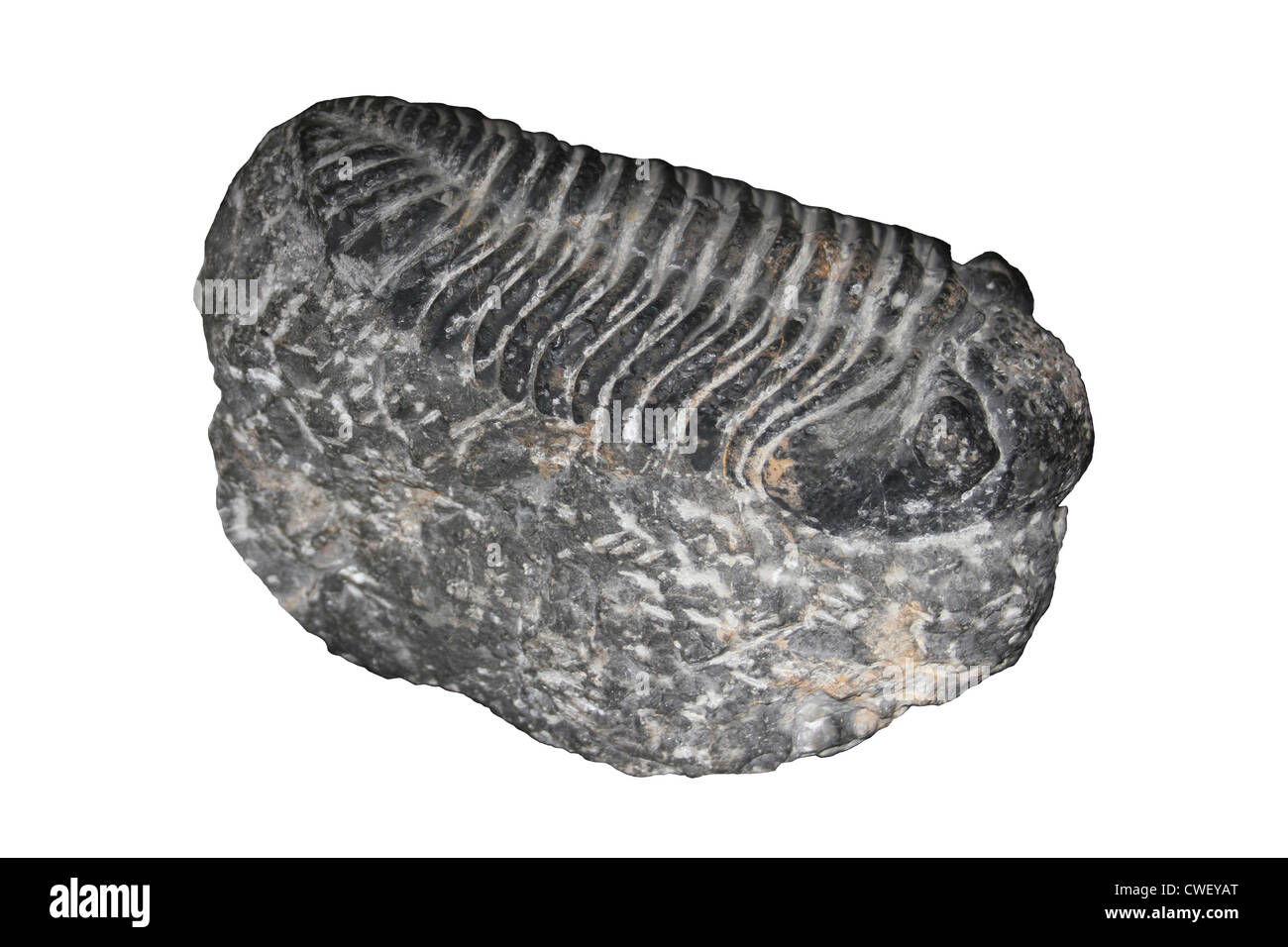 Trilobite Phacops africanus, Devonian, Morocco Stock Photohttps://www.alamy.com/image-license-details/?v=1https://www.alamy.com/stock-photo-trilobite-phacops-africanus-devonian-morocco-50115936.html
Trilobite Phacops africanus, Devonian, Morocco Stock Photohttps://www.alamy.com/image-license-details/?v=1https://www.alamy.com/stock-photo-trilobite-phacops-africanus-devonian-morocco-50115936.htmlRMCWEYAT–Trilobite Phacops africanus, Devonian, Morocco
 Freshwater crocodiles resting on the banks of Lennart River in the Windjana Gorge National Park, Kimberley, Western Australia Stock Photohttps://www.alamy.com/image-license-details/?v=1https://www.alamy.com/stock-photo-freshwater-crocodiles-resting-on-the-banks-of-lennart-river-in-the-58255663.html
Freshwater crocodiles resting on the banks of Lennart River in the Windjana Gorge National Park, Kimberley, Western Australia Stock Photohttps://www.alamy.com/image-license-details/?v=1https://www.alamy.com/stock-photo-freshwater-crocodiles-resting-on-the-banks-of-lennart-river-in-the-58255663.htmlRMDANNKB–Freshwater crocodiles resting on the banks of Lennart River in the Windjana Gorge National Park, Kimberley, Western Australia
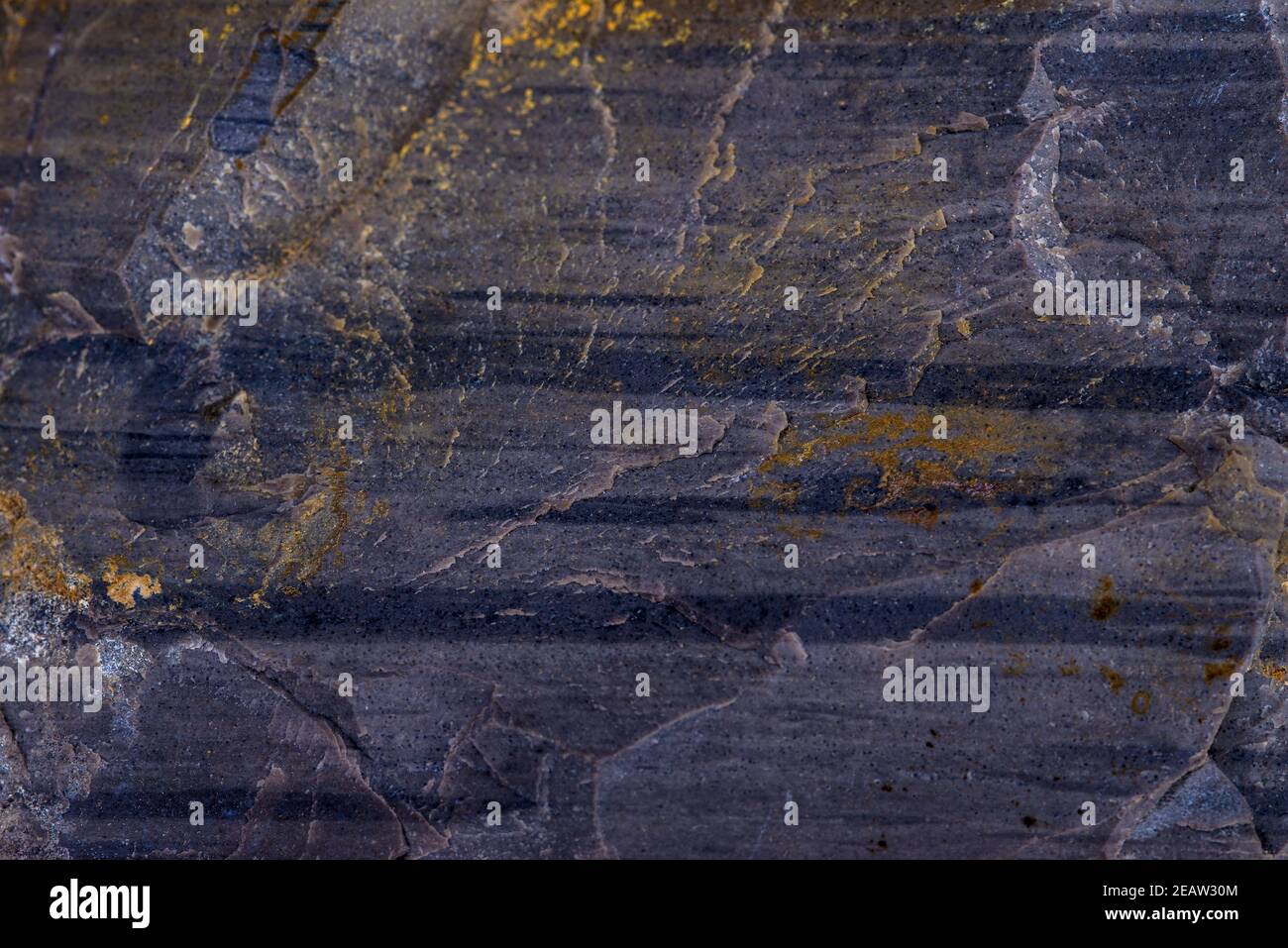 Radiolarite of Duensberg, Biebertal, Germany in a closeup Stock Photohttps://www.alamy.com/image-license-details/?v=1https://www.alamy.com/radiolarite-of-duensberg-biebertal-germany-in-a-closeup-image402536196.html
Radiolarite of Duensberg, Biebertal, Germany in a closeup Stock Photohttps://www.alamy.com/image-license-details/?v=1https://www.alamy.com/radiolarite-of-duensberg-biebertal-germany-in-a-closeup-image402536196.htmlRF2EAW30M–Radiolarite of Duensberg, Biebertal, Germany in a closeup
 Helicoprion bessonowi, shark-like eugeneodontid holocephalid fish with tooth whorl from the Permian, and prehistoric prickly shark species Xenacanthus decheni of the Devonian and Triassic. Spiralhai, Helicoprion, und Stachelhai, Xenacanthus. Colour printed illustration by F. John from Wilhelm Bolsches Tiere der Urwelt (Animals of the Prehistoric World), Reichardt Cocoa company, Hamburg, 1908. Stock Photohttps://www.alamy.com/image-license-details/?v=1https://www.alamy.com/helicoprion-bessonowi-shark-like-eugeneodontid-holocephalid-fish-with-tooth-whorl-from-the-permian-and-prehistoric-prickly-shark-species-xenacanthus-decheni-of-the-devonian-and-triassic-spiralhai-helicoprion-und-stachelhai-xenacanthus-colour-printed-illustration-by-f-john-from-wilhelm-bolsches-tiere-der-urwelt-animals-of-the-prehistoric-world-reichardt-cocoa-company-hamburg-1908-image571834641.html
Helicoprion bessonowi, shark-like eugeneodontid holocephalid fish with tooth whorl from the Permian, and prehistoric prickly shark species Xenacanthus decheni of the Devonian and Triassic. Spiralhai, Helicoprion, und Stachelhai, Xenacanthus. Colour printed illustration by F. John from Wilhelm Bolsches Tiere der Urwelt (Animals of the Prehistoric World), Reichardt Cocoa company, Hamburg, 1908. Stock Photohttps://www.alamy.com/image-license-details/?v=1https://www.alamy.com/helicoprion-bessonowi-shark-like-eugeneodontid-holocephalid-fish-with-tooth-whorl-from-the-permian-and-prehistoric-prickly-shark-species-xenacanthus-decheni-of-the-devonian-and-triassic-spiralhai-helicoprion-und-stachelhai-xenacanthus-colour-printed-illustration-by-f-john-from-wilhelm-bolsches-tiere-der-urwelt-animals-of-the-prehistoric-world-reichardt-cocoa-company-hamburg-1908-image571834641.htmlRM2T698WN–Helicoprion bessonowi, shark-like eugeneodontid holocephalid fish with tooth whorl from the Permian, and prehistoric prickly shark species Xenacanthus decheni of the Devonian and Triassic. Spiralhai, Helicoprion, und Stachelhai, Xenacanthus. Colour printed illustration by F. John from Wilhelm Bolsches Tiere der Urwelt (Animals of the Prehistoric World), Reichardt Cocoa company, Hamburg, 1908.
 trilobite stone fossil sample with ridges and detail Stock Photohttps://www.alamy.com/image-license-details/?v=1https://www.alamy.com/trilobite-stone-fossil-sample-with-ridges-and-detail-image389253077.html
trilobite stone fossil sample with ridges and detail Stock Photohttps://www.alamy.com/image-license-details/?v=1https://www.alamy.com/trilobite-stone-fossil-sample-with-ridges-and-detail-image389253077.htmlRF2DH807H–trilobite stone fossil sample with ridges and detail
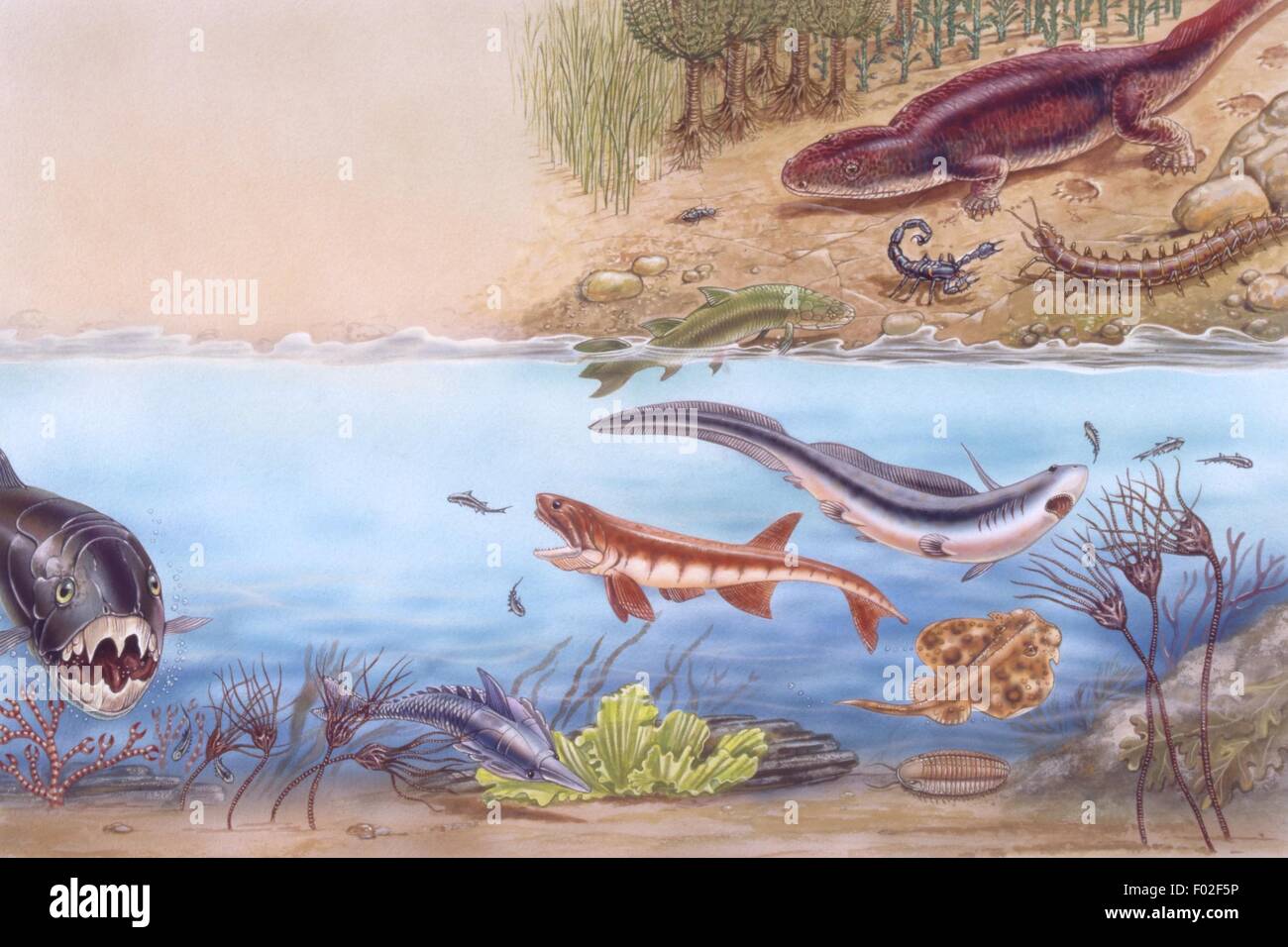 Palaeozoology - Devonian period - Marine environment - Art work by Robin Carter Stock Photohttps://www.alamy.com/image-license-details/?v=1https://www.alamy.com/stock-photo-palaeozoology-devonian-period-marine-environment-art-work-by-robin-86107666.html
Palaeozoology - Devonian period - Marine environment - Art work by Robin Carter Stock Photohttps://www.alamy.com/image-license-details/?v=1https://www.alamy.com/stock-photo-palaeozoology-devonian-period-marine-environment-art-work-by-robin-86107666.htmlRMF02F5P–Palaeozoology - Devonian period - Marine environment - Art work by Robin Carter
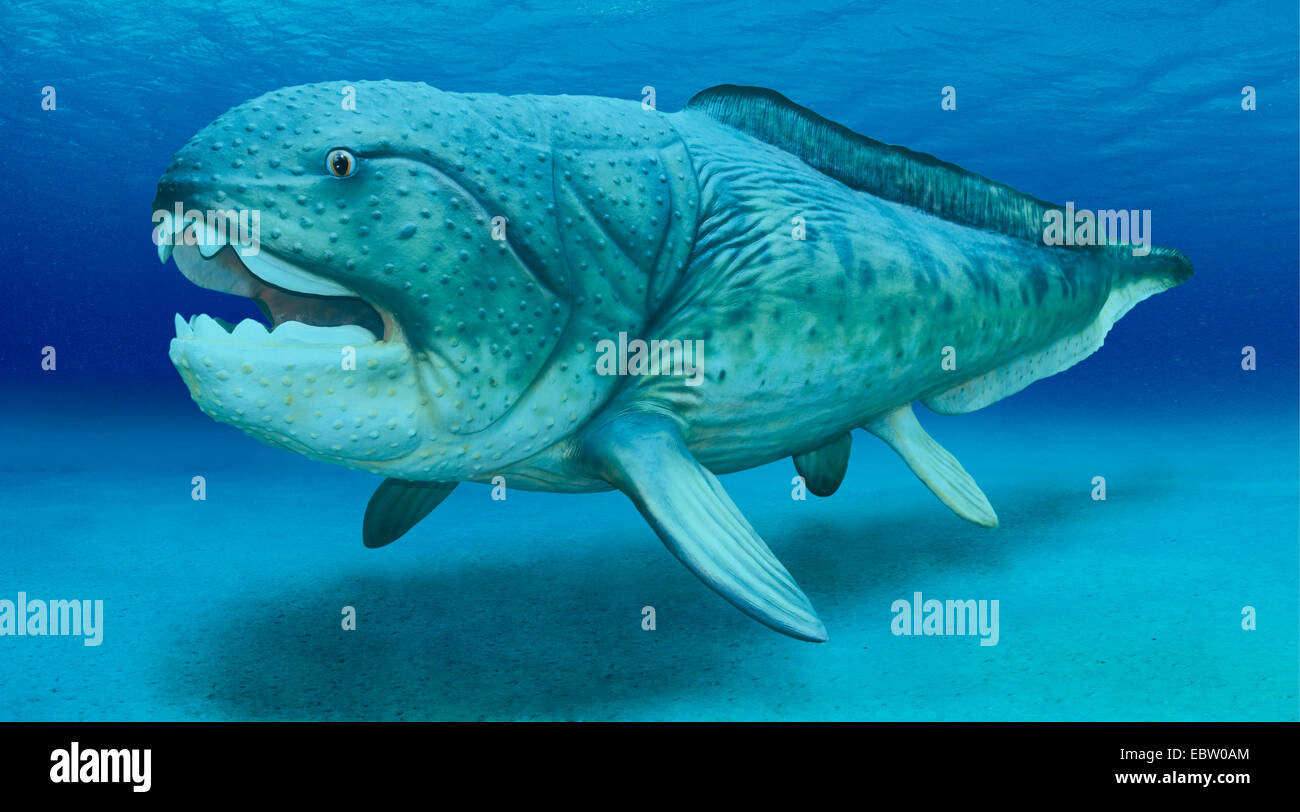 Dunkleosteus (Dunkleosteus, Dinichthys), largest know member of extict Placodermi Stock Photohttps://www.alamy.com/image-license-details/?v=1https://www.alamy.com/stock-photo-dunkleosteus-dunkleosteus-dinichthys-largest-know-member-of-extict-76151788.html
Dunkleosteus (Dunkleosteus, Dinichthys), largest know member of extict Placodermi Stock Photohttps://www.alamy.com/image-license-details/?v=1https://www.alamy.com/stock-photo-dunkleosteus-dunkleosteus-dinichthys-largest-know-member-of-extict-76151788.htmlRMEBW0AM–Dunkleosteus (Dunkleosteus, Dinichthys), largest know member of extict Placodermi
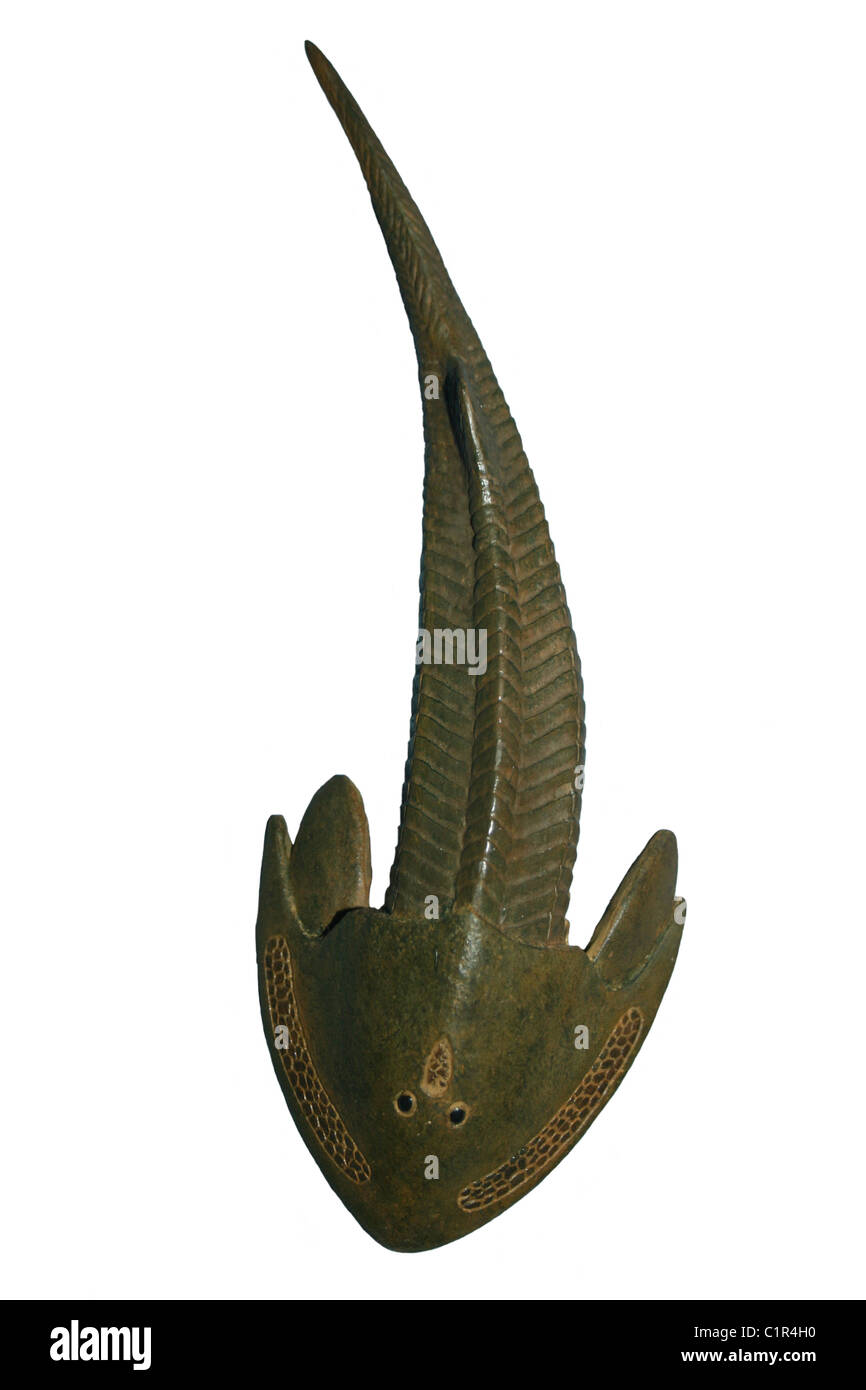 Model Of A Cephalaspis, an Early Devonian European Fish Stock Photohttps://www.alamy.com/image-license-details/?v=1https://www.alamy.com/stock-photo-model-of-a-cephalaspis-an-early-devonian-european-fish-35543900.html
Model Of A Cephalaspis, an Early Devonian European Fish Stock Photohttps://www.alamy.com/image-license-details/?v=1https://www.alamy.com/stock-photo-model-of-a-cephalaspis-an-early-devonian-european-fish-35543900.htmlRMC1R4H0–Model Of A Cephalaspis, an Early Devonian European Fish
 TRILOBITE FOSSILS Phacops rana Mid-Devonian Era Ontario, northern USA Stock Photohttps://www.alamy.com/image-license-details/?v=1https://www.alamy.com/trilobite-fossils-phacops-rana-mid-devonian-era-ontario-northern-usa-image181594728.html
TRILOBITE FOSSILS Phacops rana Mid-Devonian Era Ontario, northern USA Stock Photohttps://www.alamy.com/image-license-details/?v=1https://www.alamy.com/trilobite-fossils-phacops-rana-mid-devonian-era-ontario-northern-usa-image181594728.htmlRMMFC9X0–TRILOBITE FOSSILS Phacops rana Mid-Devonian Era Ontario, northern USA
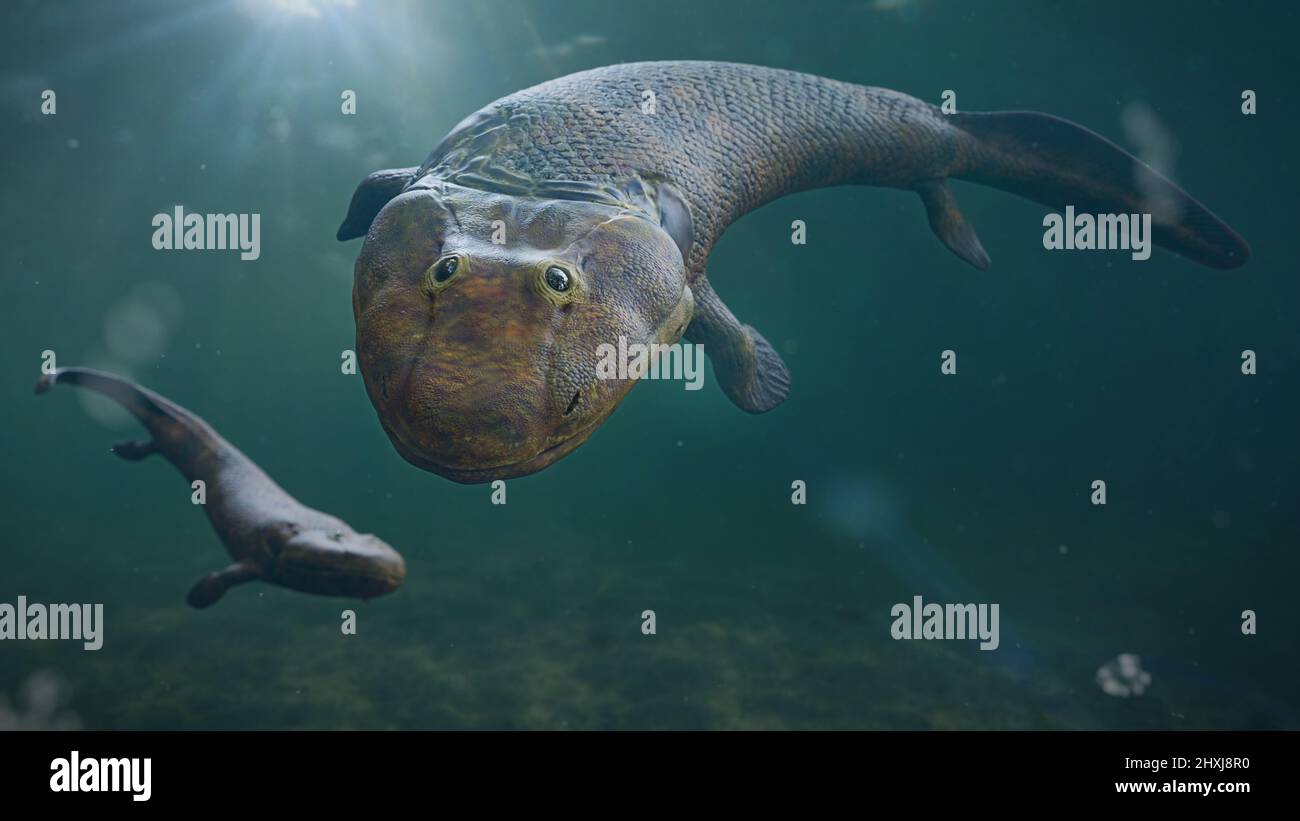 Tiktaalik, extinct legged fish, the evolution of four-legged animals Stock Photohttps://www.alamy.com/image-license-details/?v=1https://www.alamy.com/tiktaalik-extinct-legged-fish-the-evolution-of-four-legged-animals-image463852676.html
Tiktaalik, extinct legged fish, the evolution of four-legged animals Stock Photohttps://www.alamy.com/image-license-details/?v=1https://www.alamy.com/tiktaalik-extinct-legged-fish-the-evolution-of-four-legged-animals-image463852676.htmlRF2HXJ8R0–Tiktaalik, extinct legged fish, the evolution of four-legged animals
 Casts (most likely) of three trilobite species from the Devonian. Stock Photohttps://www.alamy.com/image-license-details/?v=1https://www.alamy.com/stock-photo-casts-most-likely-of-three-trilobite-species-from-the-devonian-27278302.html
Casts (most likely) of three trilobite species from the Devonian. Stock Photohttps://www.alamy.com/image-license-details/?v=1https://www.alamy.com/stock-photo-casts-most-likely-of-three-trilobite-species-from-the-devonian-27278302.htmlRMBGAHN2–Casts (most likely) of three trilobite species from the Devonian.
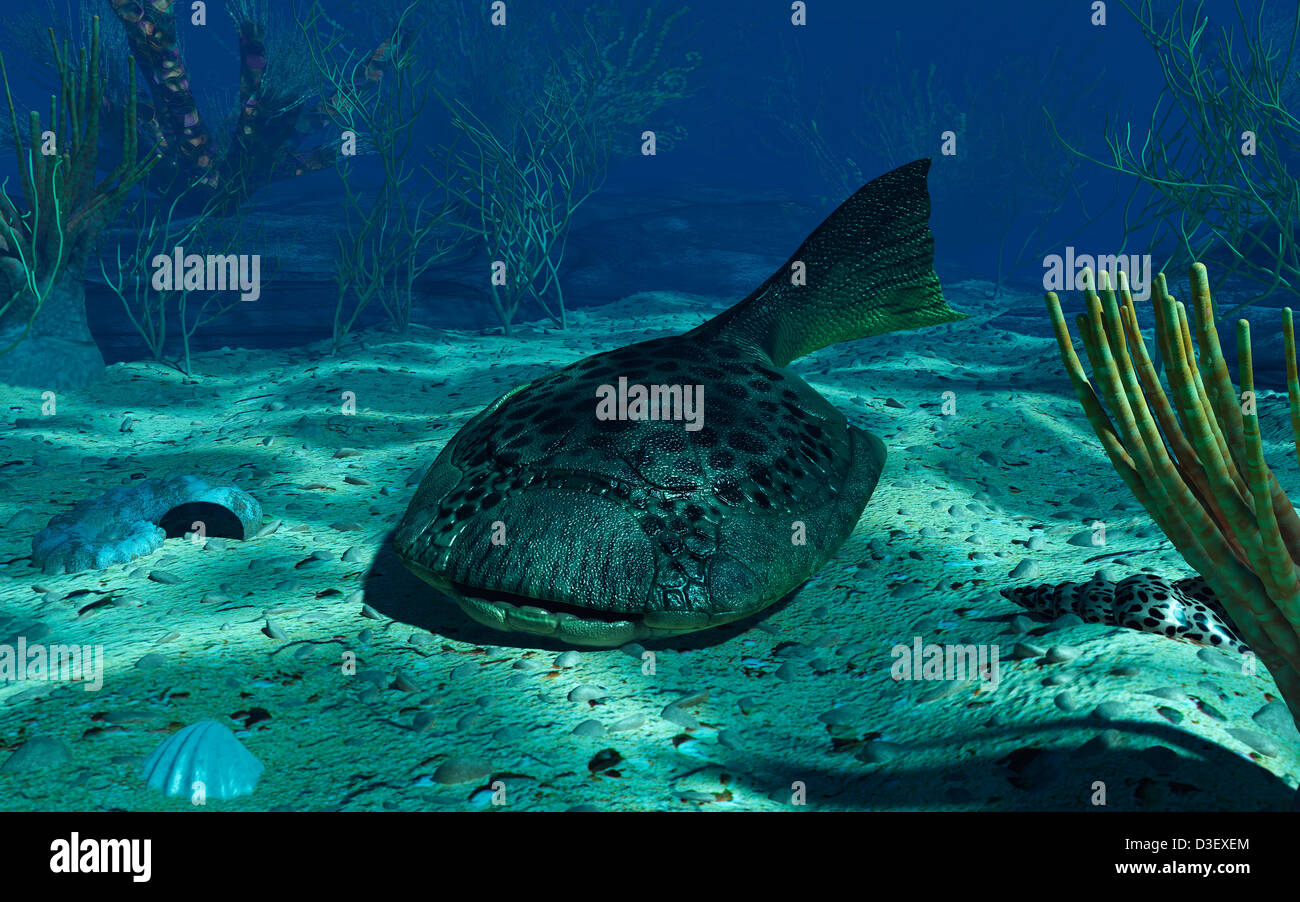 A Drepanaspis on the bottom of a shallow Devonian sea. Stock Photohttps://www.alamy.com/image-license-details/?v=1https://www.alamy.com/stock-photo-a-drepanaspis-on-the-bottom-of-a-shallow-devonian-sea-53803196.html
A Drepanaspis on the bottom of a shallow Devonian sea. Stock Photohttps://www.alamy.com/image-license-details/?v=1https://www.alamy.com/stock-photo-a-drepanaspis-on-the-bottom-of-a-shallow-devonian-sea-53803196.htmlRMD3EXEM–A Drepanaspis on the bottom of a shallow Devonian sea.
 Odontocile sp. (Trilobite) 350 million years old (Middle Devonian) Collected from the Atlas Mountains, Morocco, North Africa Stock Photohttps://www.alamy.com/image-license-details/?v=1https://www.alamy.com/stock-photo-odontocile-sp-trilobite-350-million-years-old-middle-devonian-collected-31800108.html
Odontocile sp. (Trilobite) 350 million years old (Middle Devonian) Collected from the Atlas Mountains, Morocco, North Africa Stock Photohttps://www.alamy.com/image-license-details/?v=1https://www.alamy.com/stock-photo-odontocile-sp-trilobite-350-million-years-old-middle-devonian-collected-31800108.htmlRFBRMHA4–Odontocile sp. (Trilobite) 350 million years old (Middle Devonian) Collected from the Atlas Mountains, Morocco, North Africa
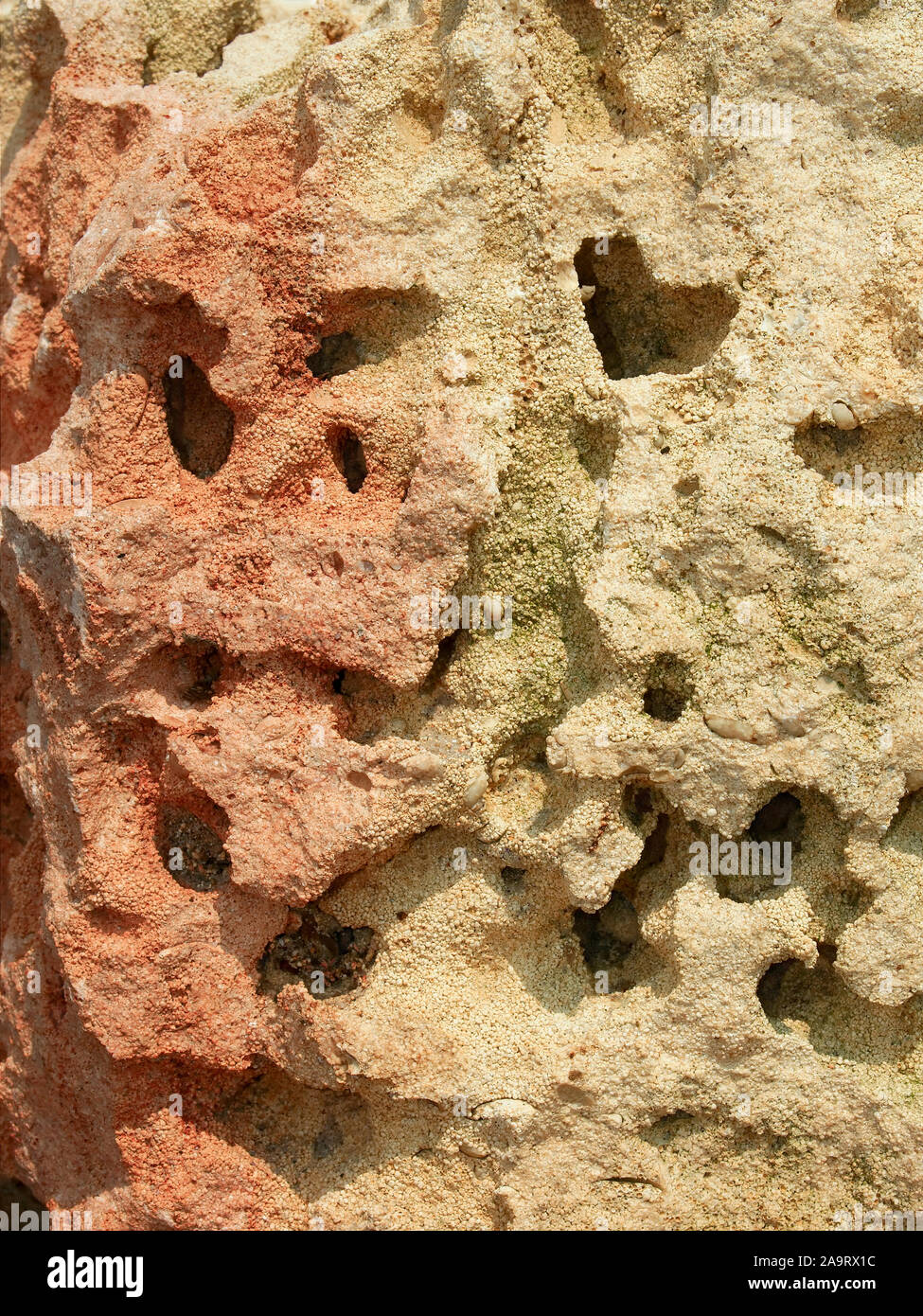 Limestone relief consists of two multicolored geologic layers Stock Photohttps://www.alamy.com/image-license-details/?v=1https://www.alamy.com/limestone-relief-consists-of-two-multicolored-geologic-layers-image333054216.html
Limestone relief consists of two multicolored geologic layers Stock Photohttps://www.alamy.com/image-license-details/?v=1https://www.alamy.com/limestone-relief-consists-of-two-multicolored-geologic-layers-image333054216.htmlRF2A9RX1C–Limestone relief consists of two multicolored geologic layers
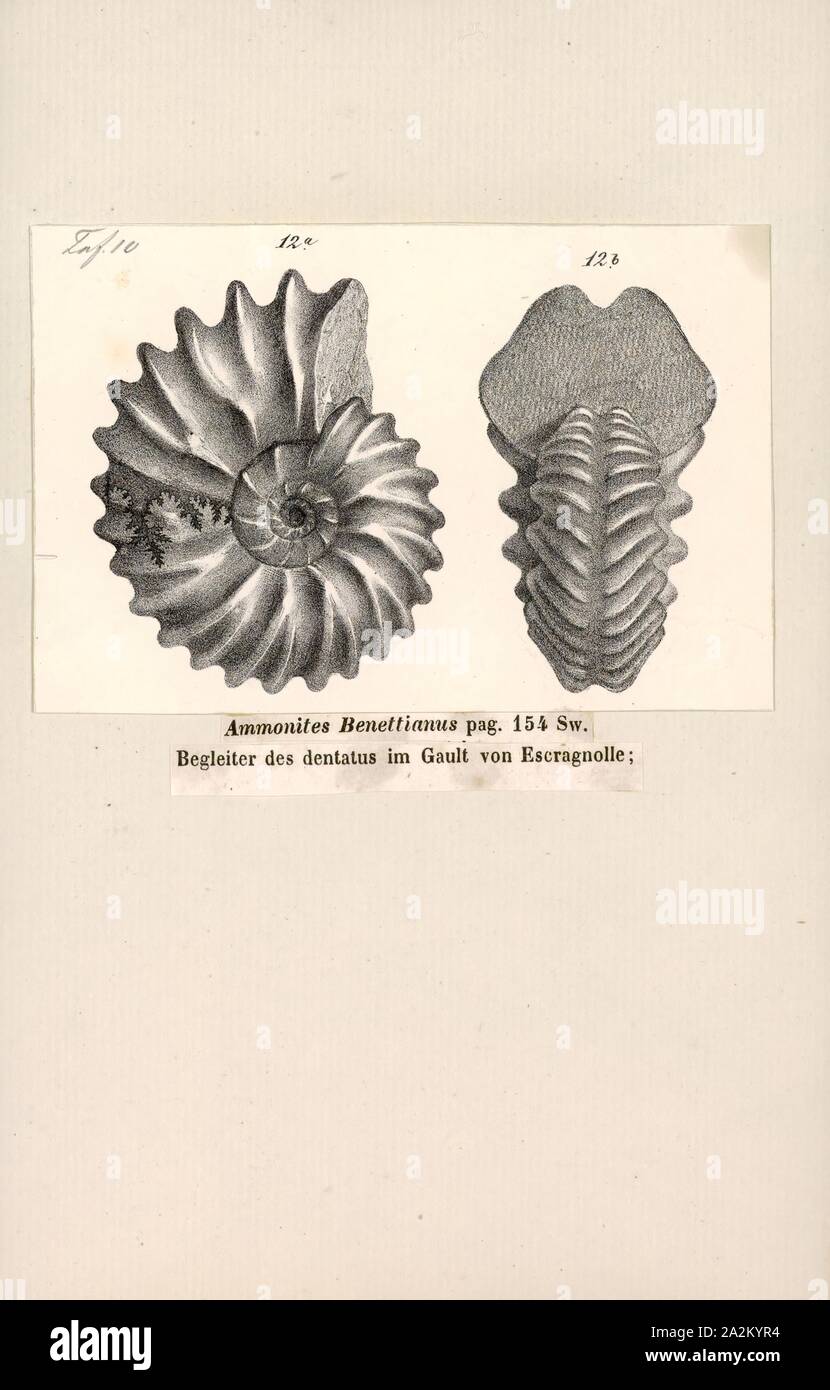 Ammonites benettianus, Print, Ammonoidea, Ammonoids are a group of extinct marine mollusc animals in the subclass Ammonoidea of the class Cephalopoda. These molluscs, commonly referred to as ammonites, are more closely related to living coleoids (i.e., octopuses, squid, and cuttlefish) than they are to shelled nautiloids such as the living Nautilus species. The earliest ammonites appear during the Devonian, and the last species died out in the Cretaceous–Paleogene extinction event Stock Photohttps://www.alamy.com/image-license-details/?v=1https://www.alamy.com/ammonites-benettianus-print-ammonoidea-ammonoids-are-a-group-of-extinct-marine-mollusc-animals-in-the-subclass-ammonoidea-of-the-class-cephalopoda-these-molluscs-commonly-referred-to-as-ammonites-are-more-closely-related-to-living-coleoids-ie-octopuses-squid-and-cuttlefish-than-they-are-to-shelled-nautiloids-such-as-the-living-nautilus-species-the-earliest-ammonites-appear-during-the-devonian-and-the-last-species-died-out-in-the-cretaceouspaleogene-extinction-event-image328665208.html
Ammonites benettianus, Print, Ammonoidea, Ammonoids are a group of extinct marine mollusc animals in the subclass Ammonoidea of the class Cephalopoda. These molluscs, commonly referred to as ammonites, are more closely related to living coleoids (i.e., octopuses, squid, and cuttlefish) than they are to shelled nautiloids such as the living Nautilus species. The earliest ammonites appear during the Devonian, and the last species died out in the Cretaceous–Paleogene extinction event Stock Photohttps://www.alamy.com/image-license-details/?v=1https://www.alamy.com/ammonites-benettianus-print-ammonoidea-ammonoids-are-a-group-of-extinct-marine-mollusc-animals-in-the-subclass-ammonoidea-of-the-class-cephalopoda-these-molluscs-commonly-referred-to-as-ammonites-are-more-closely-related-to-living-coleoids-ie-octopuses-squid-and-cuttlefish-than-they-are-to-shelled-nautiloids-such-as-the-living-nautilus-species-the-earliest-ammonites-appear-during-the-devonian-and-the-last-species-died-out-in-the-cretaceouspaleogene-extinction-event-image328665208.htmlRM2A2KYR4–Ammonites benettianus, Print, Ammonoidea, Ammonoids are a group of extinct marine mollusc animals in the subclass Ammonoidea of the class Cephalopoda. These molluscs, commonly referred to as ammonites, are more closely related to living coleoids (i.e., octopuses, squid, and cuttlefish) than they are to shelled nautiloids such as the living Nautilus species. The earliest ammonites appear during the Devonian, and the last species died out in the Cretaceous–Paleogene extinction event
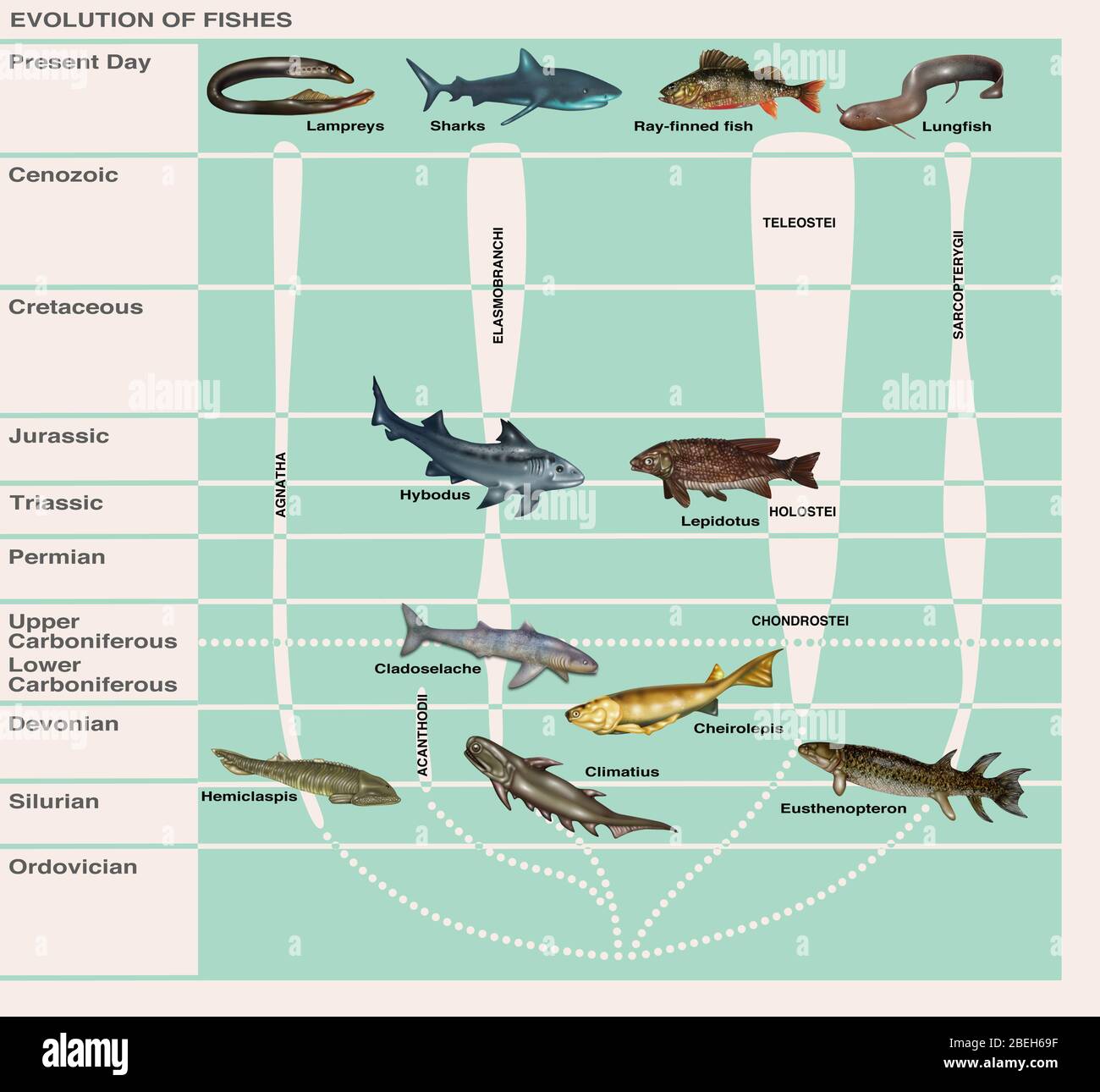 Evolution of Fishes, Illustration Stock Photohttps://www.alamy.com/image-license-details/?v=1https://www.alamy.com/evolution-of-fishes-illustration-image353190699.html
Evolution of Fishes, Illustration Stock Photohttps://www.alamy.com/image-license-details/?v=1https://www.alamy.com/evolution-of-fishes-illustration-image353190699.htmlRF2BEH69F–Evolution of Fishes, Illustration
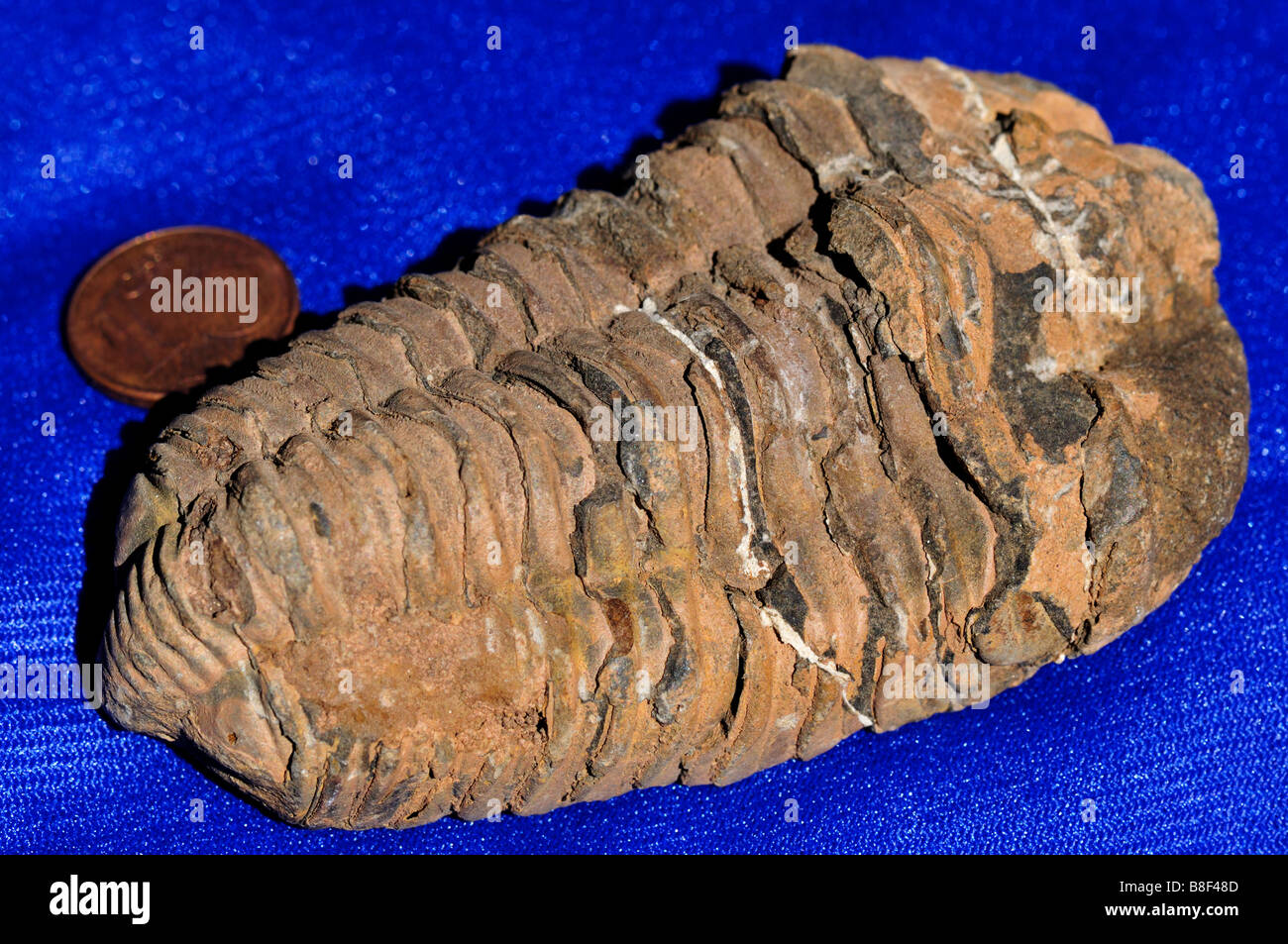 Trilobite fossil. Stock Photohttps://www.alamy.com/image-license-details/?v=1https://www.alamy.com/stock-photo-trilobite-fossil-22460269.html
Trilobite fossil. Stock Photohttps://www.alamy.com/image-license-details/?v=1https://www.alamy.com/stock-photo-trilobite-fossil-22460269.htmlRMB8F48D–Trilobite fossil.
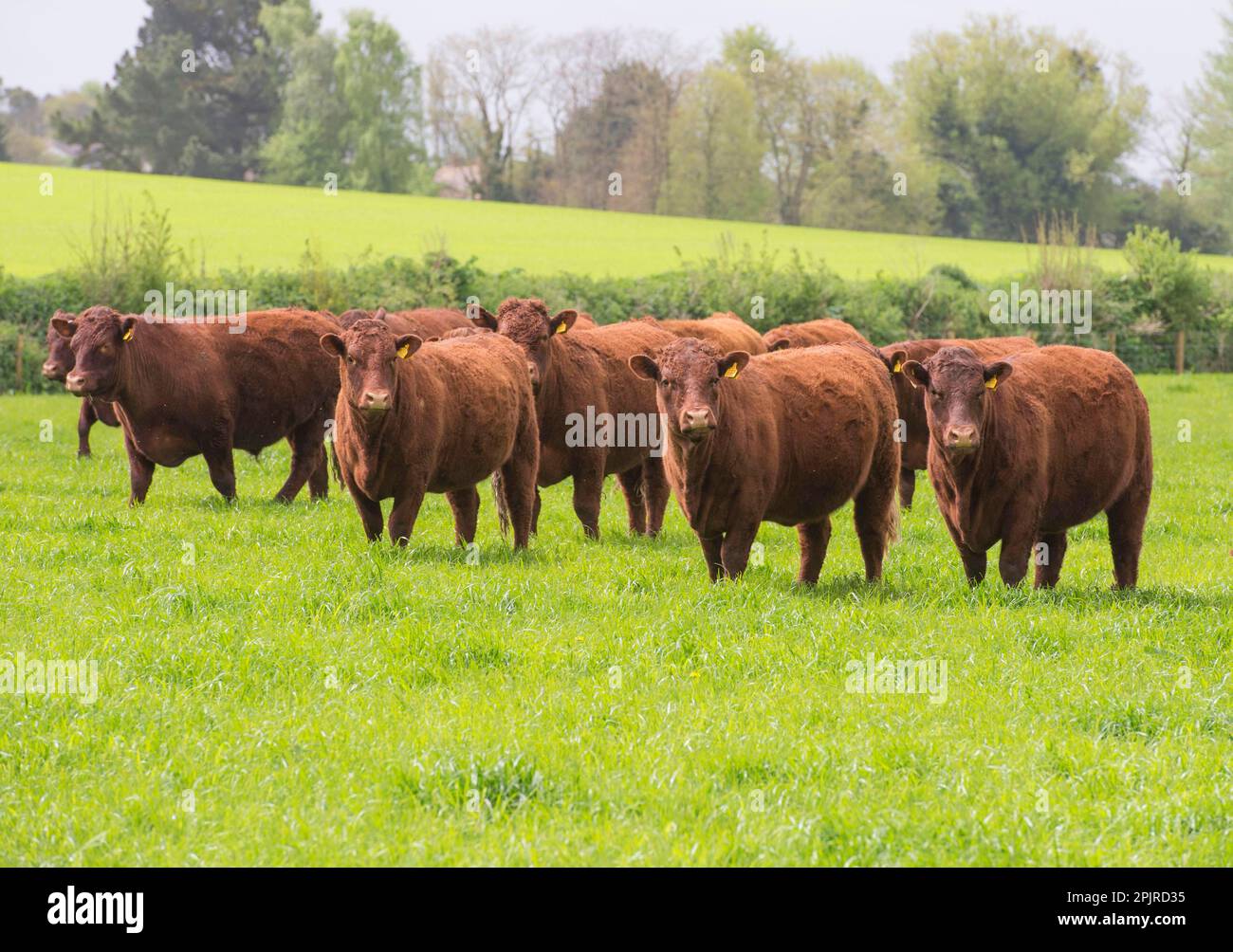 Domestic cattle, Red Ruby Devon herd, standing on pasture, Exeter, Devon, England, United Kingdom Stock Photohttps://www.alamy.com/image-license-details/?v=1https://www.alamy.com/domestic-cattle-red-ruby-devon-herd-standing-on-pasture-exeter-devon-england-united-kingdom-image545100393.html
Domestic cattle, Red Ruby Devon herd, standing on pasture, Exeter, Devon, England, United Kingdom Stock Photohttps://www.alamy.com/image-license-details/?v=1https://www.alamy.com/domestic-cattle-red-ruby-devon-herd-standing-on-pasture-exeter-devon-england-united-kingdom-image545100393.htmlRM2PJRD35–Domestic cattle, Red Ruby Devon herd, standing on pasture, Exeter, Devon, England, United Kingdom
 Tiktaalik. The Tikaalik was a 375 million-year-old large aquatic predator with flattened head and body, represents an important intermediate step in the evolutionary transition from fish to animals that walked on land. Stock Photohttps://www.alamy.com/image-license-details/?v=1https://www.alamy.com/stock-photo-tiktaalik-the-tikaalik-was-a-375-million-year-old-large-aquatic-predator-104018252.html
Tiktaalik. The Tikaalik was a 375 million-year-old large aquatic predator with flattened head and body, represents an important intermediate step in the evolutionary transition from fish to animals that walked on land. Stock Photohttps://www.alamy.com/image-license-details/?v=1https://www.alamy.com/stock-photo-tiktaalik-the-tikaalik-was-a-375-million-year-old-large-aquatic-predator-104018252.htmlRMG16C9G–Tiktaalik. The Tikaalik was a 375 million-year-old large aquatic predator with flattened head and body, represents an important intermediate step in the evolutionary transition from fish to animals that walked on land.
 Dire Wolf Skull Digital Art By Winters860 Isolated, Background Stock Photohttps://www.alamy.com/image-license-details/?v=1https://www.alamy.com/dire-wolf-skull-digital-art-by-winters860-isolated-background-image500048441.html
Dire Wolf Skull Digital Art By Winters860 Isolated, Background Stock Photohttps://www.alamy.com/image-license-details/?v=1https://www.alamy.com/dire-wolf-skull-digital-art-by-winters860-isolated-background-image500048441.htmlRF2M1F4TW–Dire Wolf Skull Digital Art By Winters860 Isolated, Background
 Trilobite fossil 2 Stock Photohttps://www.alamy.com/image-license-details/?v=1https://www.alamy.com/trilobite-fossil-2-image232162589.html
Trilobite fossil 2 Stock Photohttps://www.alamy.com/image-license-details/?v=1https://www.alamy.com/trilobite-fossil-2-image232162589.htmlRFRDKWN1–Trilobite fossil 2
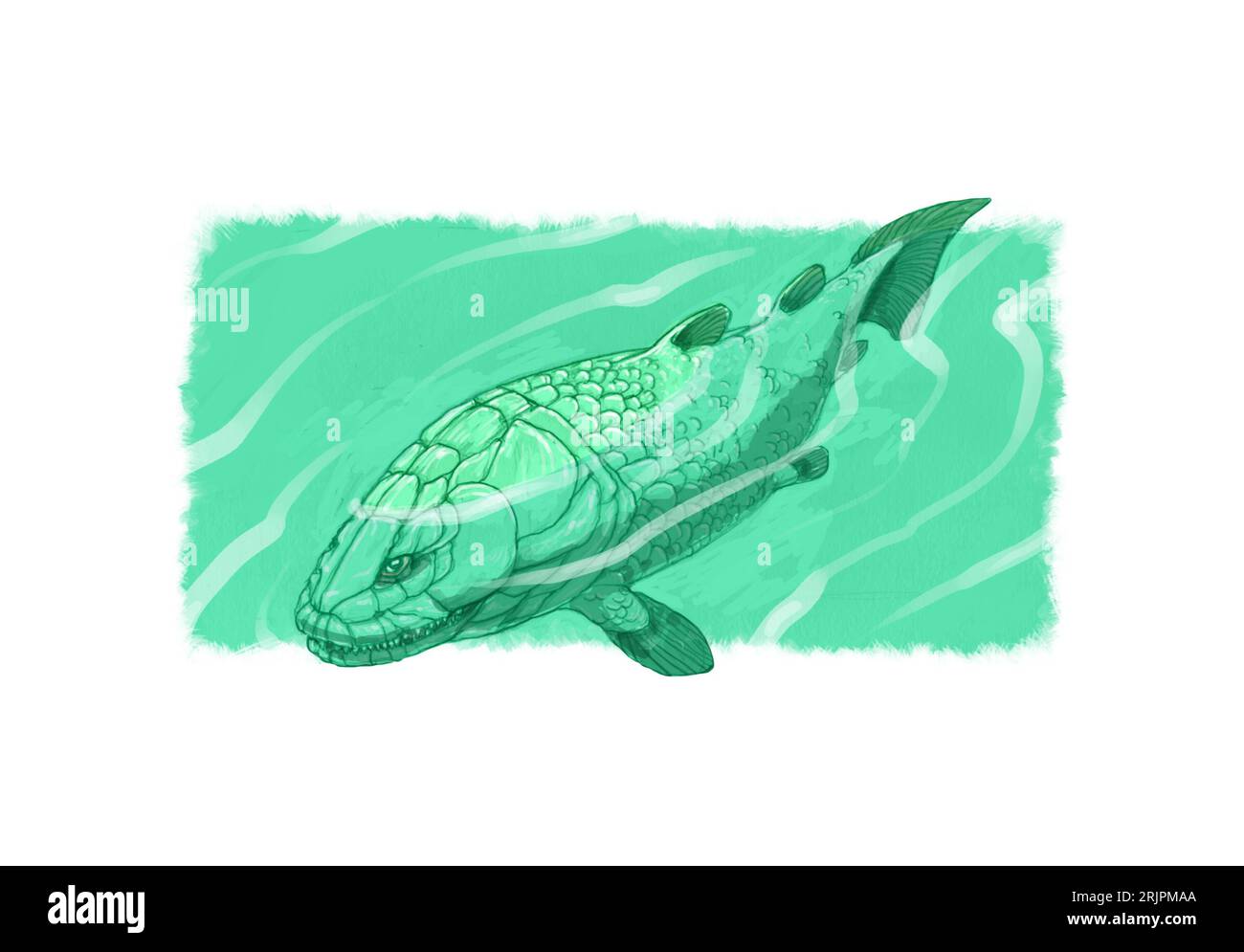 Paleo-art, Osteolepis, extinct Scottish lobe-finned fish from theDevonian period, covered in scales, this rhipidistian shared features with tetrapods. Stock Photohttps://www.alamy.com/image-license-details/?v=1https://www.alamy.com/paleo-art-osteolepis-extinct-scottish-lobe-finned-fish-from-thedevonian-period-covered-in-scales-this-rhipidistian-shared-features-with-tetrapods-image562294498.html
Paleo-art, Osteolepis, extinct Scottish lobe-finned fish from theDevonian period, covered in scales, this rhipidistian shared features with tetrapods. Stock Photohttps://www.alamy.com/image-license-details/?v=1https://www.alamy.com/paleo-art-osteolepis-extinct-scottish-lobe-finned-fish-from-thedevonian-period-covered-in-scales-this-rhipidistian-shared-features-with-tetrapods-image562294498.htmlRM2RJPMAA–Paleo-art, Osteolepis, extinct Scottish lobe-finned fish from theDevonian period, covered in scales, this rhipidistian shared features with tetrapods.
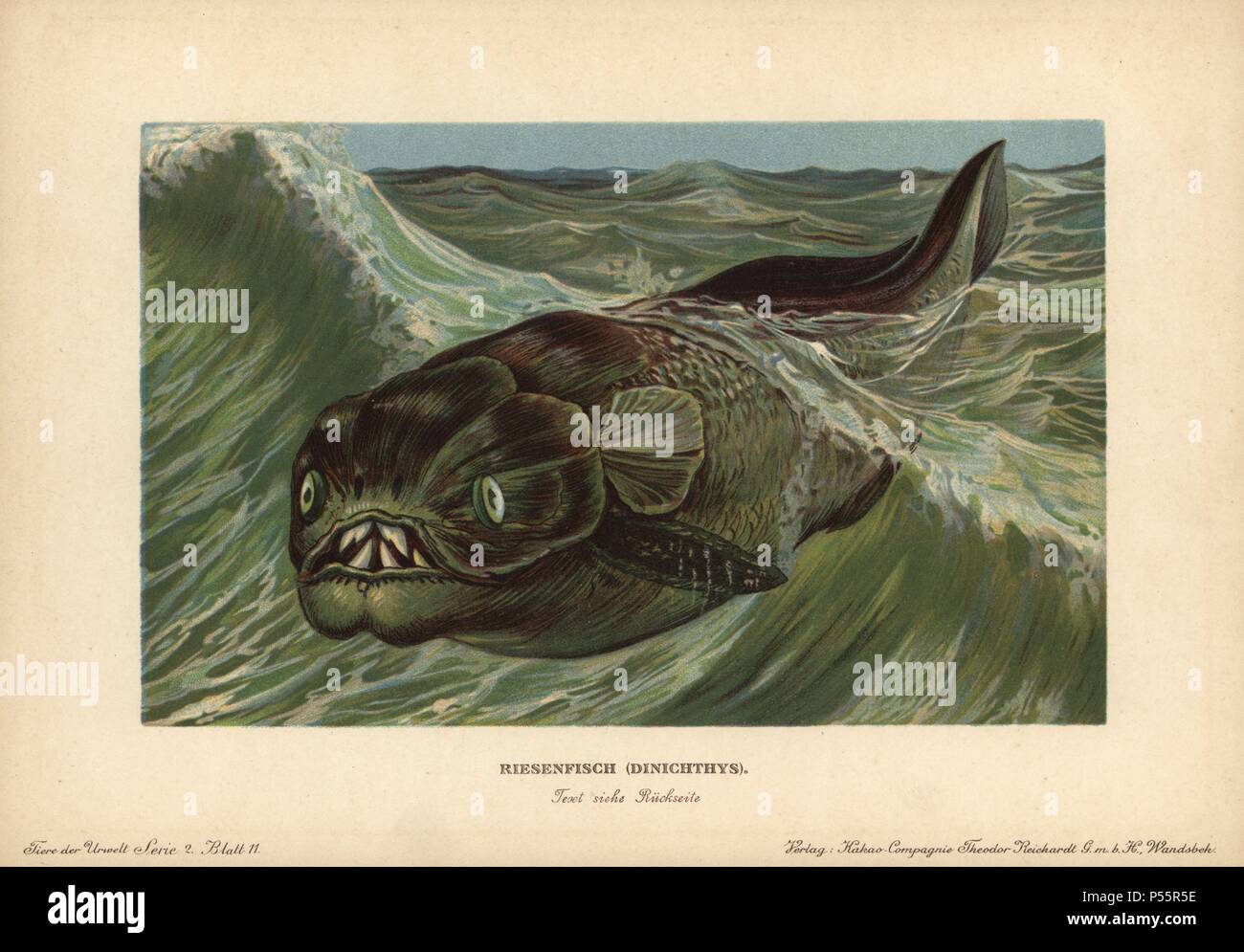 Dinichthys, extinct genus of placoderms, armored fish from the Devonian. Colour printed (chromolithograph) illustration by F. John from 'Tiere der Urwelt' Animals of the Prehistoric World, 1910, Hamburg. From a series of prehistoric creature cards published by the Reichardt Cocoa company. Stock Photohttps://www.alamy.com/image-license-details/?v=1https://www.alamy.com/dinichthys-extinct-genus-of-placoderms-armored-fish-from-the-devonian-colour-printed-chromolithograph-illustration-by-f-john-from-tiere-der-urwelt-animals-of-the-prehistoric-world-1910-hamburg-from-a-series-of-prehistoric-creature-cards-published-by-the-reichardt-cocoa-company-image209725642.html
Dinichthys, extinct genus of placoderms, armored fish from the Devonian. Colour printed (chromolithograph) illustration by F. John from 'Tiere der Urwelt' Animals of the Prehistoric World, 1910, Hamburg. From a series of prehistoric creature cards published by the Reichardt Cocoa company. Stock Photohttps://www.alamy.com/image-license-details/?v=1https://www.alamy.com/dinichthys-extinct-genus-of-placoderms-armored-fish-from-the-devonian-colour-printed-chromolithograph-illustration-by-f-john-from-tiere-der-urwelt-animals-of-the-prehistoric-world-1910-hamburg-from-a-series-of-prehistoric-creature-cards-published-by-the-reichardt-cocoa-company-image209725642.htmlRMP55R5E–Dinichthys, extinct genus of placoderms, armored fish from the Devonian. Colour printed (chromolithograph) illustration by F. John from 'Tiere der Urwelt' Animals of the Prehistoric World, 1910, Hamburg. From a series of prehistoric creature cards published by the Reichardt Cocoa company.
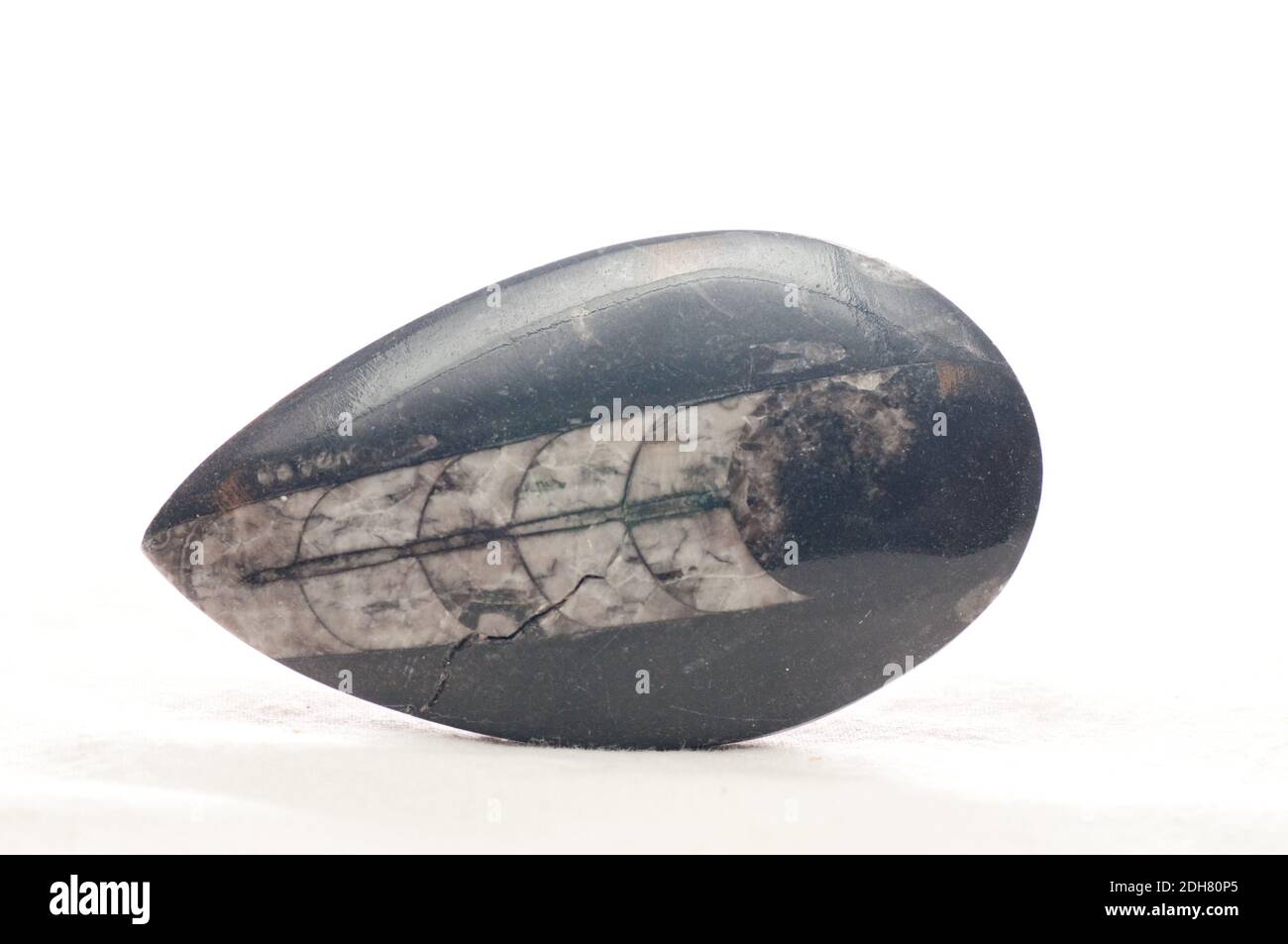 fossil sedimentary rock sample, rare earth specimen Stock Photohttps://www.alamy.com/image-license-details/?v=1https://www.alamy.com/fossil-sedimentary-rock-sample-rare-earth-specimen-image389253485.html
fossil sedimentary rock sample, rare earth specimen Stock Photohttps://www.alamy.com/image-license-details/?v=1https://www.alamy.com/fossil-sedimentary-rock-sample-rare-earth-specimen-image389253485.htmlRF2DH80P5–fossil sedimentary rock sample, rare earth specimen
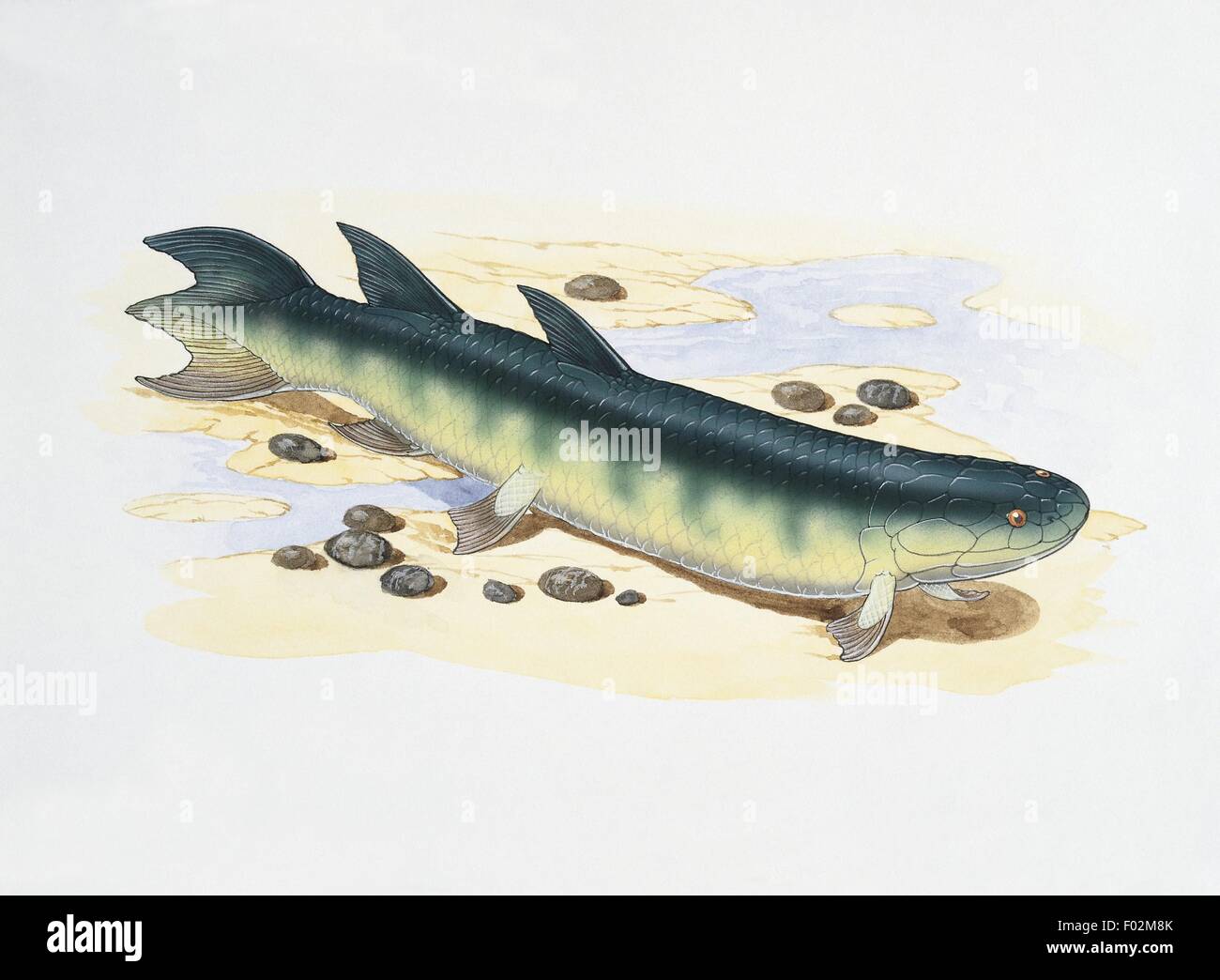 Palaeozoology - Devonian Period - Fish - Eusthenopteron (art work by Graham Rosewarne) Stock Photohttps://www.alamy.com/image-license-details/?v=1https://www.alamy.com/stock-photo-palaeozoology-devonian-period-fish-eusthenopteron-art-work-by-graham-86111667.html
Palaeozoology - Devonian Period - Fish - Eusthenopteron (art work by Graham Rosewarne) Stock Photohttps://www.alamy.com/image-license-details/?v=1https://www.alamy.com/stock-photo-palaeozoology-devonian-period-fish-eusthenopteron-art-work-by-graham-86111667.htmlRMF02M8K–Palaeozoology - Devonian Period - Fish - Eusthenopteron (art work by Graham Rosewarne)
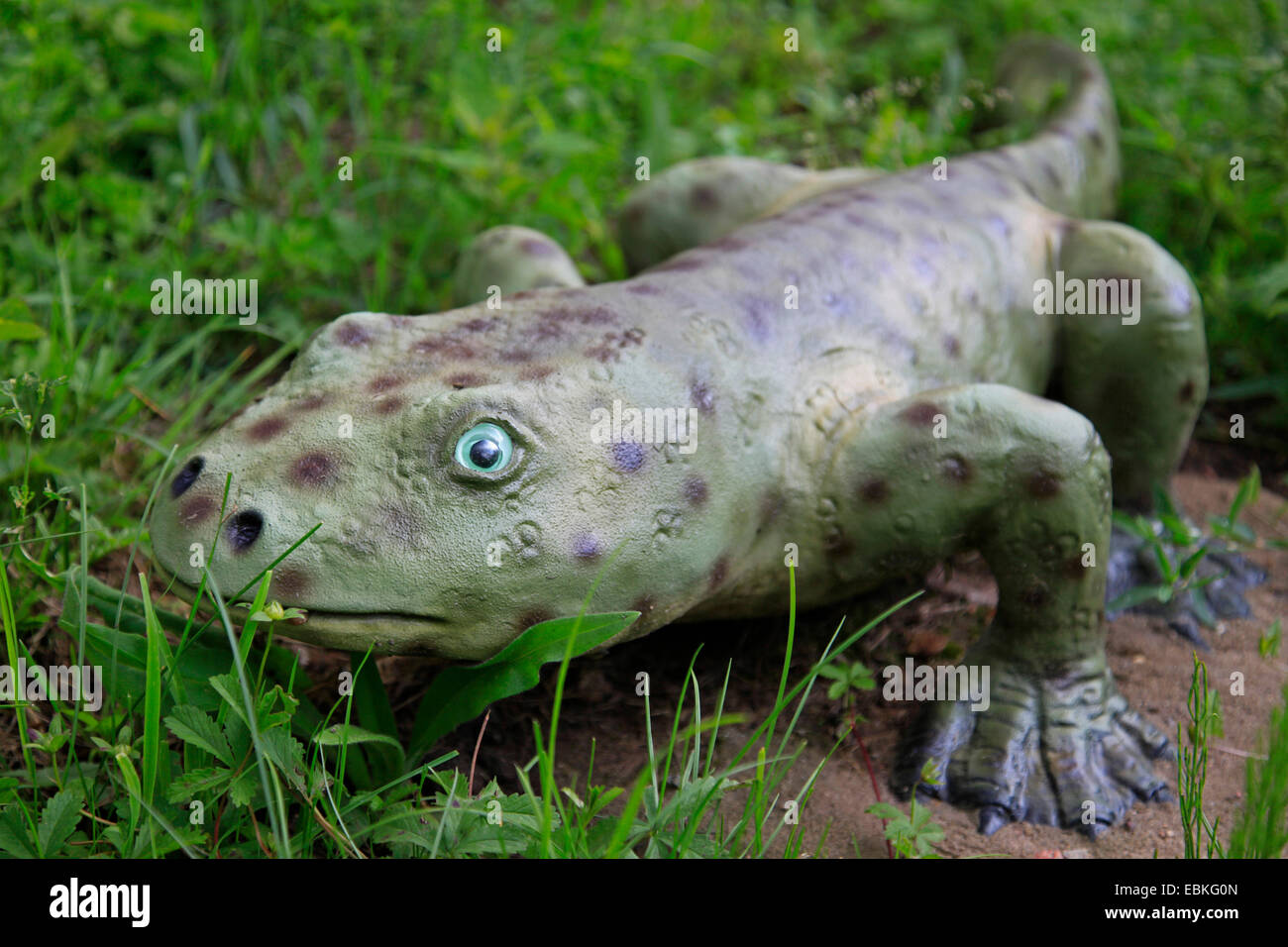 Ichthyostega (Ichthyostega), one of the first terrestrial tetrapods Stock Photohttps://www.alamy.com/image-license-details/?v=1https://www.alamy.com/stock-photo-ichthyostega-ichthyostega-one-of-the-first-terrestrial-tetrapods-76032341.html
Ichthyostega (Ichthyostega), one of the first terrestrial tetrapods Stock Photohttps://www.alamy.com/image-license-details/?v=1https://www.alamy.com/stock-photo-ichthyostega-ichthyostega-one-of-the-first-terrestrial-tetrapods-76032341.htmlRMEBKG0N–Ichthyostega (Ichthyostega), one of the first terrestrial tetrapods
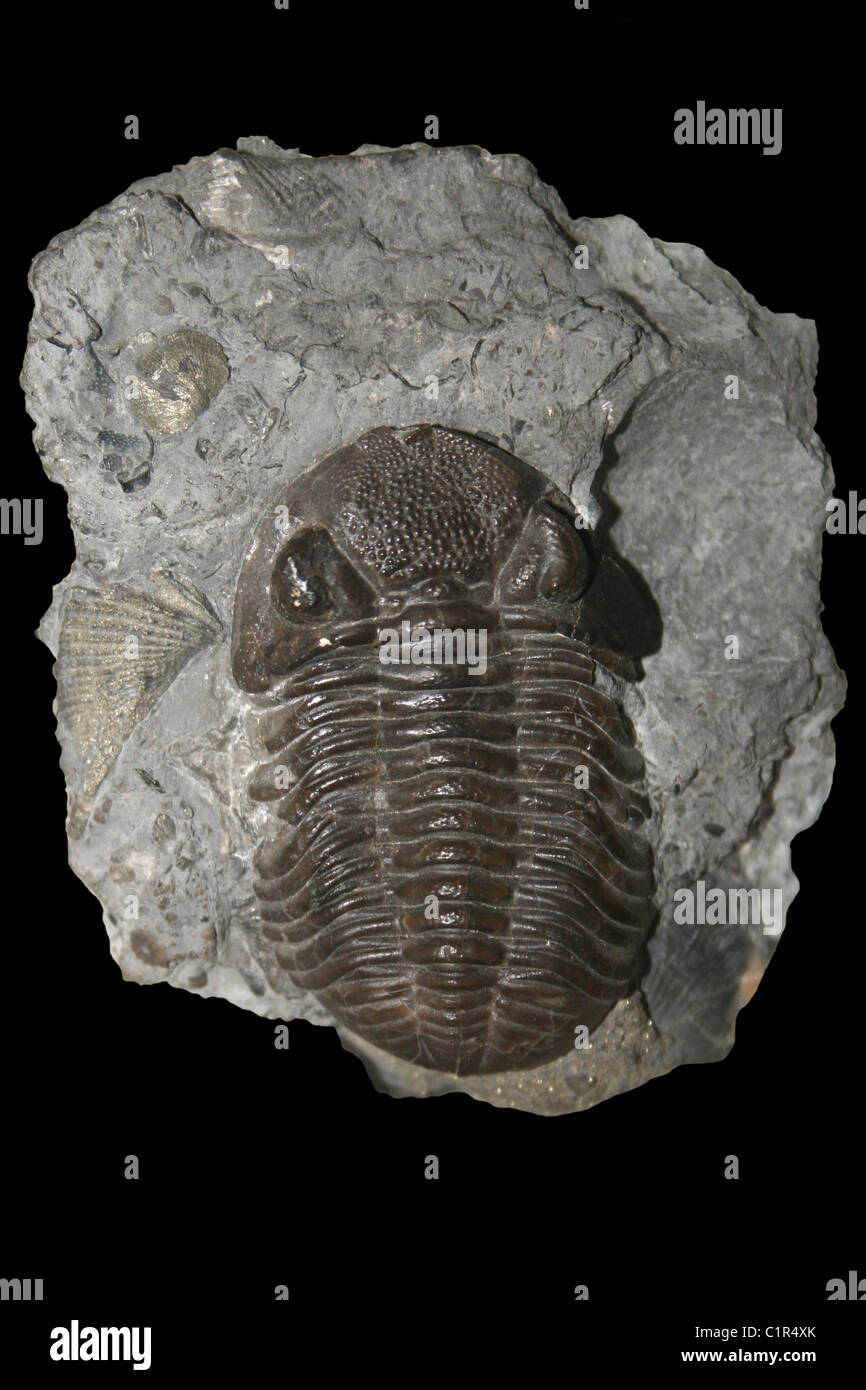 Trilobite Phacops rana (a.k.a. Eldredgeops rana) From The Middle Devonian Stock Photohttps://www.alamy.com/image-license-details/?v=1https://www.alamy.com/stock-photo-trilobite-phacops-rana-aka-eldredgeops-rana-from-the-middle-devonian-35544171.html
Trilobite Phacops rana (a.k.a. Eldredgeops rana) From The Middle Devonian Stock Photohttps://www.alamy.com/image-license-details/?v=1https://www.alamy.com/stock-photo-trilobite-phacops-rana-aka-eldredgeops-rana-from-the-middle-devonian-35544171.htmlRMC1R4XK–Trilobite Phacops rana (a.k.a. Eldredgeops rana) From The Middle Devonian
